- Deutschland

- Mongolia Tours
- Tailor My Trip
- Tour Calendar
- Travel Guide
- Mongolia MICE Tour
- Car Rental & Transfer
- Mongolia Train Ticket
- Hotel Booking

Best time to visit Mongolia
Mongolia is known to the world as country of “Blue Sky of 4 Seasons “. In Mongolia there are 257 sunny days a year, often with clear cloudless skies. Along with Southern Siberia this part of Asia has a continental climate, with long, cold, dry winters and brief, mild, and relatively wet summers. The average summer temperature is +21°C, (+65°F) and winter is –20°C, (-13°F). The average rainfall is 200-220 mm.
The best time to visit Mongolia is during the Mongolian summer, from the mid of June till last week of August. This is the safest time of the year to travel to Mongolia in terms of weather, sunny days throughout Mongolia and sufficient rainfall to make the steppes lush and green. June and September are both very pleasant times to visit Mongolia. September, autumn is enjoyable, colorful, not hot, and not cold. Nomads have plenty of dairy products and are busy processing milk and preparing for winter. Beautiful countryside of Mongolia is even more beautiful and picturesque with the autumn colors.
Best Months of the Year
- July is the best time to see the Mongolia Naadam Festival.
- The best season for Gobi Desert tour: from June to September and October is shoulder season.
- July to August is the best season to travel to Northern Mongolia and Khuvsgul Lake tour and September is shoulder season.
- First of October is chance to see Golden Eagle Festival in Altai, Western Mongolia.
- February is the best time to experience Mongolia winter season.
Best Time to Visit Mongolia
What is the average monthly temperature & weather in mongolia, best times to visit mongolia.
November to February are the winter months, temperatures are consistently well below freezing. In January and February the temperature can sink as low as -30°C and will not rise above freezing until April arrives. If a visit is planned at this time then very warm clothes will be a necessity as wind chill is a very significant factor. This season features little but strong winds and snow covered landscape but often days of fine, clear weather will break through where the sun shines down on the snow.
Springtime breaks in March and April and temperatures are generally still below freezing. The locals consider this to be the worst of the year. After a long winter with harsh weather, livestock will be thin and may be close to death. There will be much hardship throughout the region but particularly amongst the nomads.
The summer season starts in May and lasts until August with temperatures peaking in July. This is the most popular season for tourists visiting Mongolia. The month of May might still see some snowfall, but the weather is usually good. Almost all of the rain in Mongolia falls between the months of June and September; this is due to the influence of the Chinese summer monsoon. The rainfall is heaviest in November causing the rivers begin to swell and greenery to return to the landscape.
September and October see cooler weather throughout Mongolia. When the autumn sets in, changing colours in the forests of the north provide even more appeal to the already spectacular landscape. At this time of year the weather is known to be extremely variable and clothing should cater to pretty broad conditions. There may be occasional snow in the north however travel is generally unaffected.
MONGOLIA TOURS 2023/2024
Related posts, mongolia weather.
Continue reading
Mongolia Visa Waiver
Packing list for mongolia, flights to mongolia.
How it works?
Let's plan your trip
Enquire now and a Travel expert will get back to you within 24 hours.
WE ARE MEMBER OF
Tour category.
- MONGOLIA TOURS
- PRIVATE TOURS
- GROUP GROUPS
- LUXURY TOURS
- TAILOR MY TRIP
- TRIP CALENDAR
DESTINATIONS
- ULAANBAATAR
- CENTRAL MONGOLIA
- SOUTHERN MONGOLIA
- NORTHERN MONGOLIA
- EASTERN MONGOLIA
- WESTERN MONGOLIA
TRAVEL GUIDE
- TRAVEL PLANNING
- BEST TIME TO VISIT
- TRAVEL TO MONGOLIA
- MONGOLIA VISA
- MONGOLIA TRAVEL FAQ
AMICUS TRAVEL
- TRAVELERS’ REVIEWS
- PARTNERS LOGIN
- HOW TO BOOK A TRIP
- TERMS & CONDITIONS
Sitemap Link Exchange © Copyright by Amicus Mongolia
- Journey into Infinity Grassland

No products in the cart.
- Adventures Tours
- Classic Tours
- Community Tours
- Family Tours
- Festival Tours
- Special Interest Tours
- Travel Guide
Best Time To Visit Mongolia | 4 Seasons In Mongolia – Good Time to Travel
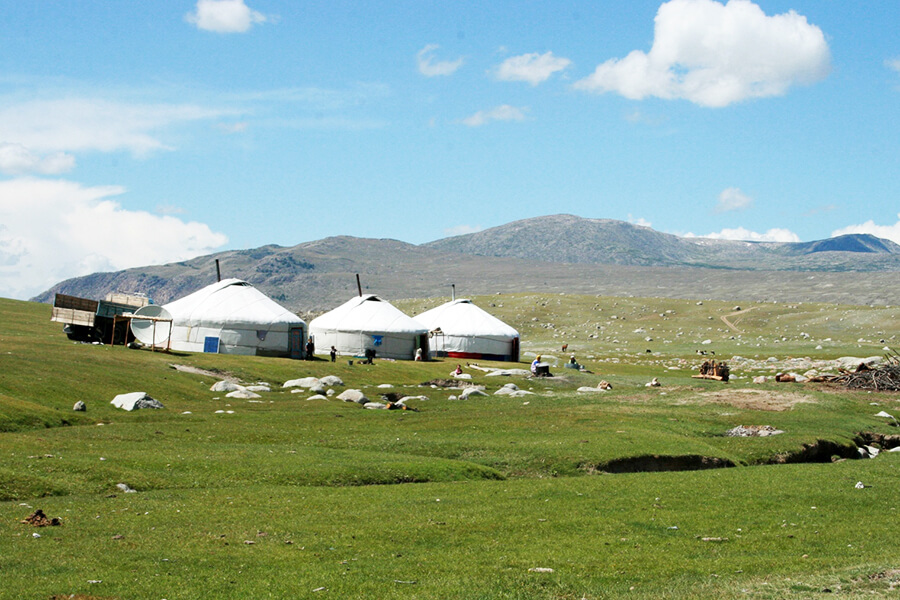
When should I visit Mongolia? And what is the best time to visit Mongolia? Go Mongolia Tours will give you the exact answer for you with this article.
Weather in Mongolia
Located in Central Asia, the country is bordered only by Russia and China. Mongolia has an extreme continental climate with long, cold winters and short summers in which most of the precipitation falls. This country’s days are sweltering and very cold at midnight, varying from 20-30 degrees. Located in a temperate climate zone, the climate of Mongolia is sharply continental. This means that it is characterized by a sharp drop in temperature and a small amount of precipitation.
Mongolia has 4 seasons, winter lasts from November to February, spring from March to mid-May, summer lasts from mid-May to late August, and autumn from September to September. the end of October. The cold period in the North can last for 1 month or more than 2 months in the Gobi desert area.
Spring in Mongolia
After winter, the snow melts, and the animals wake up from hibernation. All the animals and plants here begin a cycle of reproduction and development. In Mongolian “Khansh neekh” means some animals that hibernate, waking up from their sleep. For people and livestock, it can be a harsh season of the driest and windiest days, though temperatures quickly turn warmer in the spring. Finally, spring is a season of prosperity – Of strong beginnings and growth. Starting in March, spring usually lasts about 60 days although it can be as long as 70 days or as short as 45 days in some parts of the country.
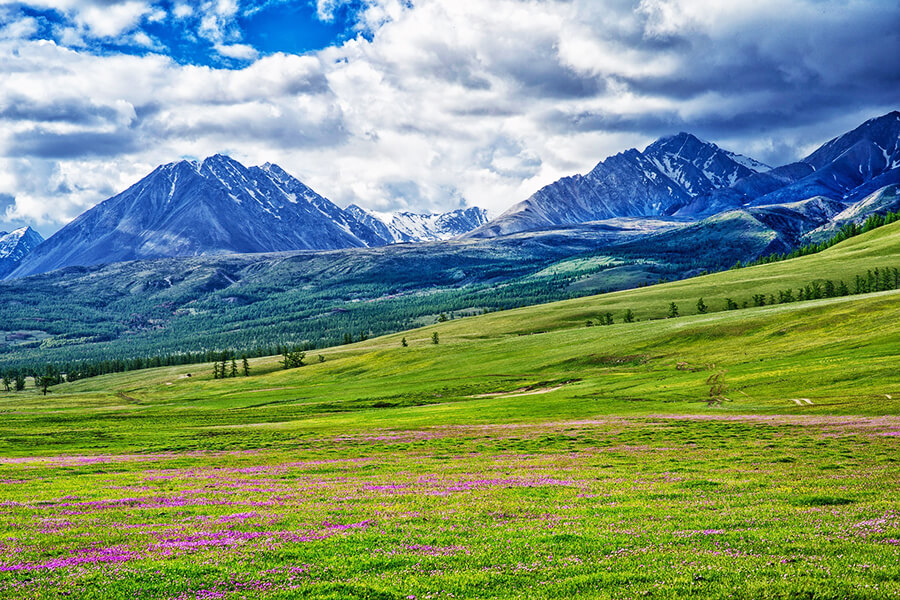
Summer in Mongolia
In the summer, the best time to setup Mongolia Tours is from mid-June to late August. Summer temperatures can be as high as 38 °C (100.4 °F) in the southern Gobi region and 33 °C (91.4 °F) in Ulaanbaatar. In addition, the country’s most famous festival: the “Naadam Festival” is also held in July every year. Visitors in Mongolia will have the opportunity to mingle with the locals and observe and experience the authentic traditional culture here.
According to those who have travel experience in Mongolia, the most suitable time in Summer to come here in July. The weather at this time is extremely cool and pleasant, the day is only hot when the sun is not covered by clouds. Therefore, this is the peak time for tourism, and the demand for accommodation is very high, leading to the phenomenon of the scarcity of accommodation as well as extremely crowded traffic.
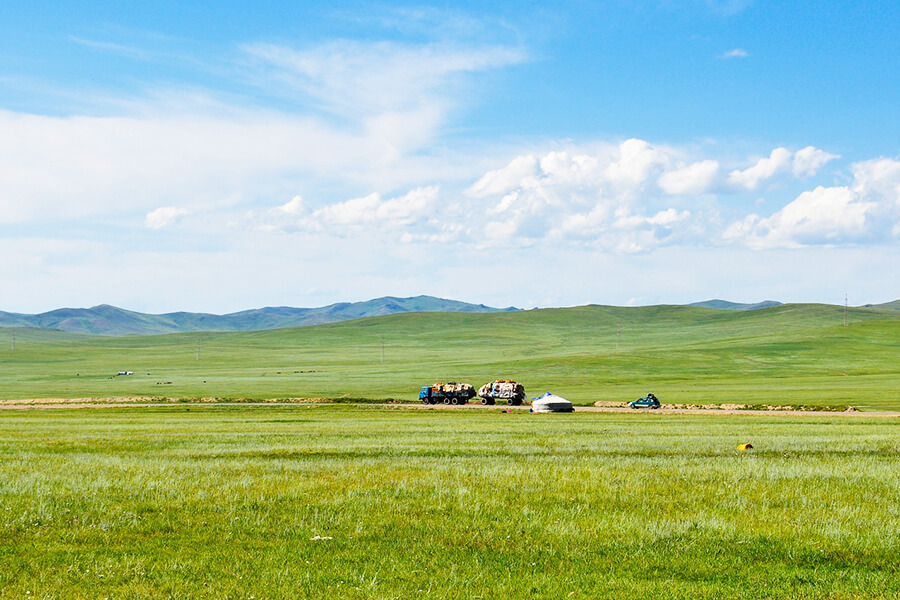
Autumn in Mongolia
In autumn, the climate of Mongolia turns cold and dry with fresh air and a high blue sky. This also is the best season of beautiful for a Mongolia trip. In September, you will see thousands of swans and other migratory birds stopping by the lakes of Mongolia on their journey south. You’ll also see species that don’t normally live in landlocked countries.
Autumn in Mongolia is quite short, only about 2 months and this is known as a time of change of seasons between the heat of summer and the cold of winter. The color of this season is the yellowing of grass, bringing a peaceful feeling to tourists who come to enjoy their trip to Mongolia.
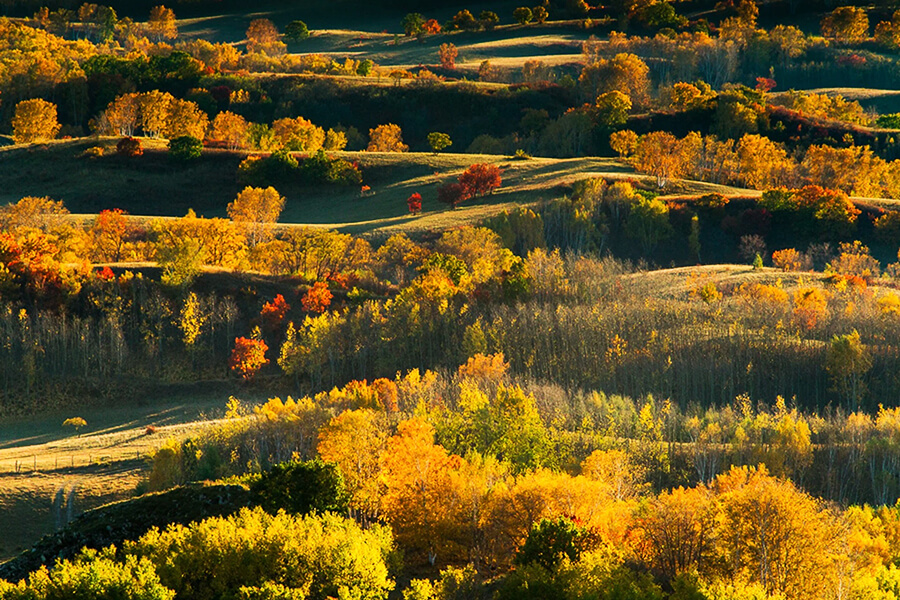
Winter in Mongolia
The weather in this country is often harsh in winter. Due to the influence of the cold Siberian wind, Mongolia’s temperature in winter often drops below minus 40 degrees Celsius. If you want to experience the harsh winter in Mongolia, you can visit the suburbs of the capital Ulaanbaatar. The people here have a semi-nomadic lifestyle, they often set up tents in the valleys or hills in the winter.
The special thing in winter in Mongolia is the festival to celebrate surviving the cold weather. In March, when the weather starts to warm up, the Mongols flock to Khovsgol Lake for a two-day ice festival. The greedy will bring a pitcher of milk, water, black or green tea, and salt, a bag of khuushuur (fried buns filled with meat), and gather together on the frozen lake to celebrate the end of the frozen time, the hardest of the year.
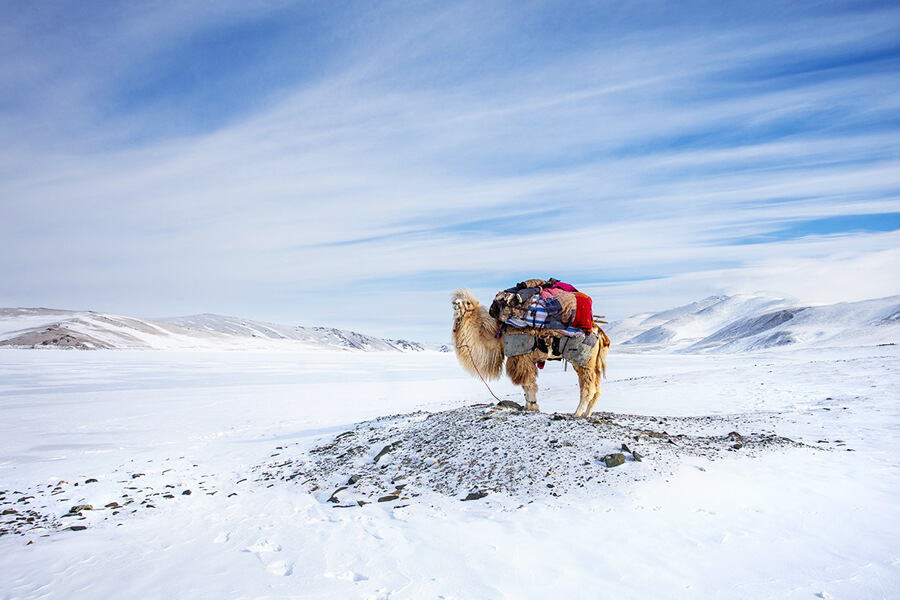
The Best Time to visit Mongolia
The best time to travel to Mongolia is usually from May to early October. July is considered an ideal time to visit Mongolia. The weather is cool, and pleasant, only hot when the sun is not obscured by clouds. However, this is the high time of the tourist season here, the accommodation is not enough and the traffic is very heavy. From late July to August is the wet and rainy season.
The best months to visit the Gobil Desert are September and October. The summer temperature in Gobil is 40 degrees Celsius but winter is windy. You can see snow in the Gobil Desert in late April and some lakes remain frozen until June. There is a short rainy season from mid-July to September. Because of the high pressure, the evenings are cold even in summer. Ulaanbaatar is possibly the coldest city in the world. Temperatures usually start to drop below 0°C (32°F) in October, drop to -30°C (-22°F) in January and February and remain until April. September is probably the most ideal, but this time can still be surprisingly cold.
Attention About Weather in Mongolia Trip
Clothes for mongolia trip.
Regardless of the season in Mongolia, Mongolia’s weather is still extremely harsh for tourists. Because of the large temperature difference between the night and day, whether visitors go in winter or summer, they need to bring warm clothes. In the summer with temperatures that can reach 40 degrees, with the immense green plateaus and clear skies, customers need to bring long-sleeved clothes, sunscreen, and hats to protect their skin from the harmful rays of the sun. Dry wind and hot sun here. With harsh winters that can drop to -40 degrees, travelers enjoying a holiday in Mongolia should wear at least 3 layers of clothing when choosing to visit Mongolia in winter.
The innermost layer should be made of wool or any synthetic material with quick-drying properties. Clothing made of cotton fabrics should be avoided as these are absorbent and can cause moisture or even coagulation. The main purpose of the innermost layer of clothing is to keep the body dry. The middle layer (insulation) also serves the purpose of drying and warming. The outermost layer protects the body from wind and snow, visitors should choose clothes with effective waterproof and windproof properties. In addition to clothes, socks, boots, gloves, hats, and scarves are all essentials for both winter and summer as the nights in Mongolia are cold all year round.
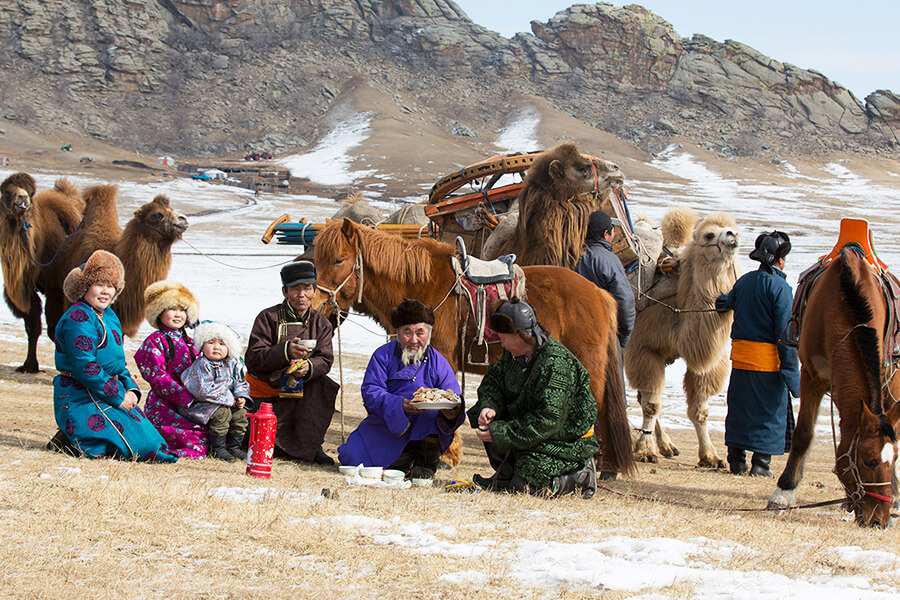
After the weather factor, visitors should also choose appropriate clothing for each activity and destination in Mongolia. Clothing that is easy to put on and take off should also be a priority as it will be easier to equip when traveling to areas such as desserts or savannas. Casual clothing like jeans or tights won’t be an issue when you’re in the capital Ulaanbataar, but it certainly makes it difficult to engage in physical activities like horseback or camel riding. If there is still space, you can choose to bring sunglasses, moisturizer, a camera, or any other items to help you enjoy your trip to the fullest, and remember to always keep your body warm.
- Search for:
Username or email address *
Password *
Remember me Log in
Lost your password?
We’re not taking new bookings for travel to Mongolia at the moment. Our specialists can advise you on all the destinations you can currently book with us.
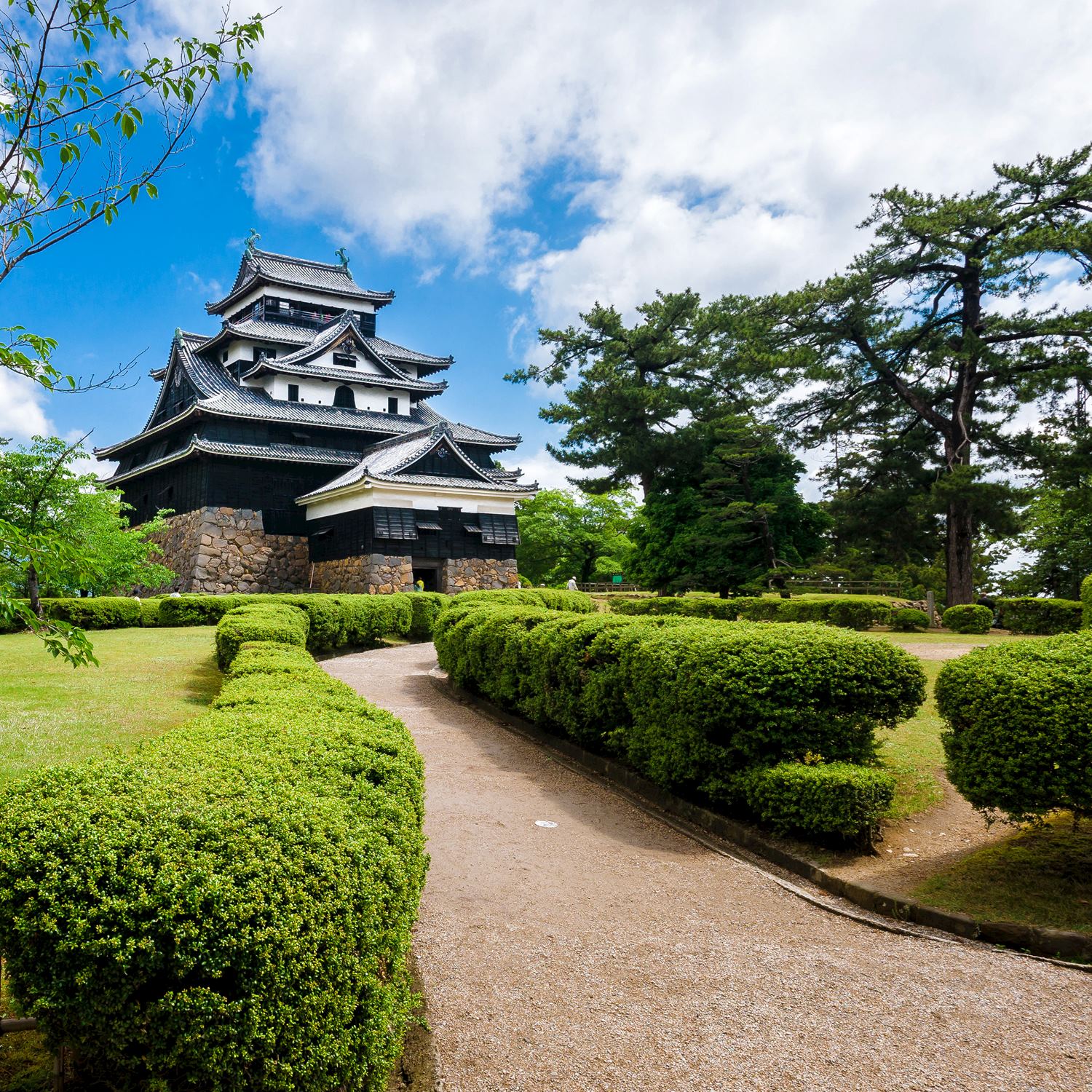
Change location
- Call us today from 10am 01993 838 925 01993 838 225 or
- REQUEST A QUOTE
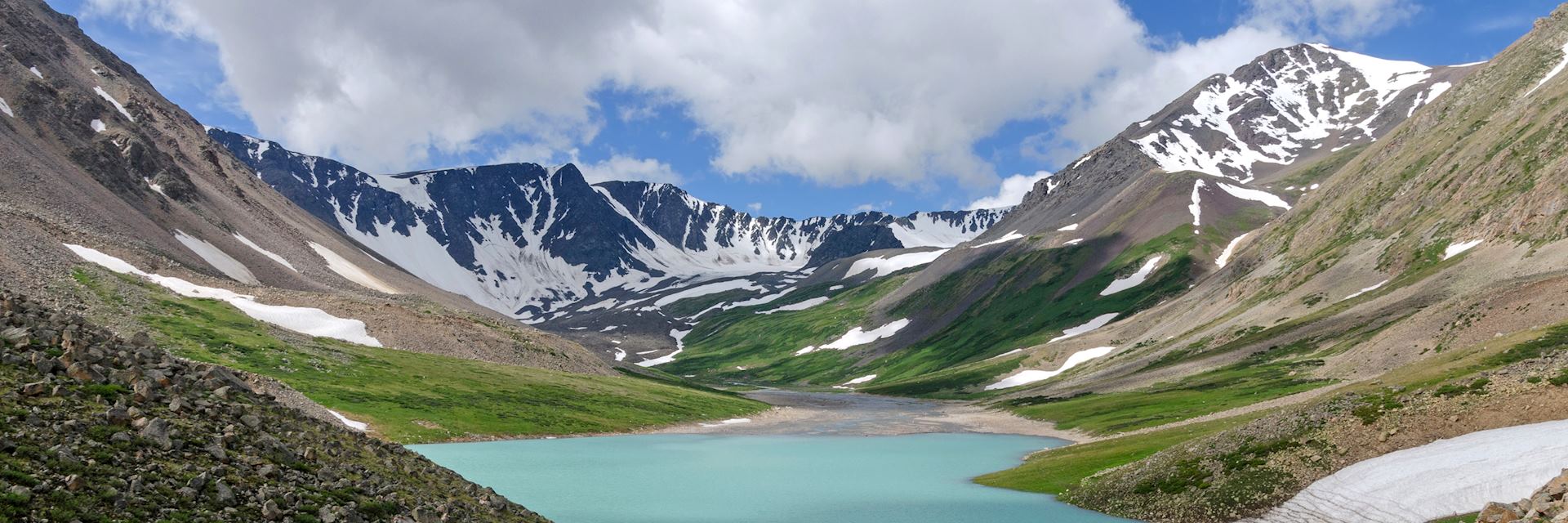
When is the best time to visit Mongolia?
- Month-by-month
The best time to visit Mongolia is between June and August, when the landscapes are lush and green, and temperatures are warm, ranging from 18°C to 28°C.
Mongolia’s landlocked location gives rise to an extreme continental climate, with temperatures varying wildly. Only the southern Gobi is truly hot during the summer months, though this is also when you’re more likely to encounter the little rain that does fall each year.
Temperatures are normally anywhere between -2°C and -18°C in winter, although they can drop as low as -30°C across the country at this time. Given this, it’s no surprise that Ulaanbaatar is the world’s coldest capital. Travel to the areas around the city is only feasible between May and October due to the severity of the winter months.
It’s possible to travel to Mongolia on the Trans-Siberian Railway at any time of year, although certain months can be much more rewarding than others.
Month-by-month guide for travelling in Mongolia
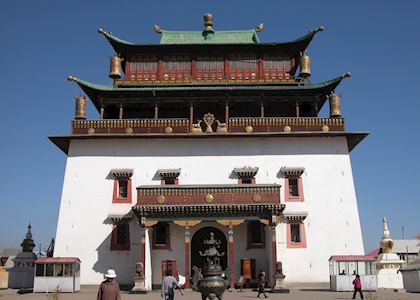
Visiting Mongolia in January - March
Mongolia’s wintertime is fierce — Ulaanbaatar becomes the world’s coldest capital — so we advise against all travel during this period.
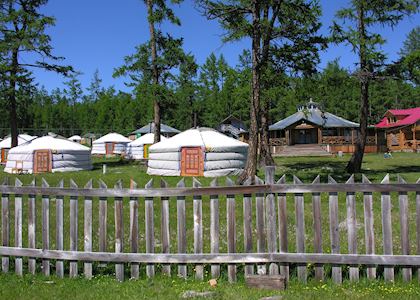
Visiting Mongolia in April - May
Mongolia starts emerging from its arduous winter (although you may still see snow on the ground well into June). The countryside outside Ulaanbaatar is dotted with wildflowers and the landscapes are generally greener. Ger camps are open all year round, but springtime can be a particularly good time to visit when the nights aren’t quite as bitingly cold.
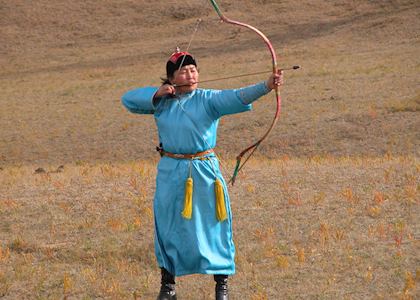
Visiting Mongolia in June - July
Mongolia’s summer months of June and July see the country at its busiest. Visitors arrive in droves to attend the Naadam Festival, so availability can be non-existent (if you plan to visit in July, we recommend booking your trip well in advance). The days are longer and warmer, making for generally more comfortable travel conditions.
Events & Festivals
- The Naadam Festival is a major tournament celebrating Mongolian culture and its national sports (archery, horse racing and wrestling).
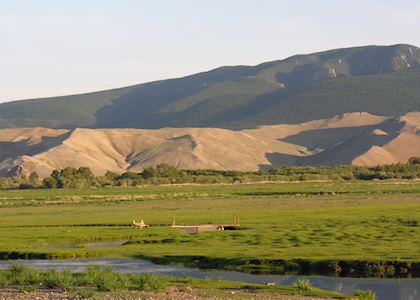
Visiting Mongolia in August - September
The weather is still warm, although Ulaanbaatar and its surrounds can experience a little more rain. The country quietens down and can become a little colder, especially toward the end of September.
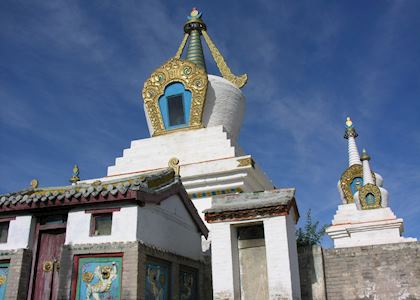
Visiting Mongolia in October - December
October sees winter close in on Mongolia again. The cold temperatures last until April, making travel anywhere in the country unadvisable during the final months of the year.
Why travel with Audley?
- 100% tailor-made tours
- Fully protected travel
- Established for over 25 years
- 98% of our clients would recommend us

Travel advice
Practical tips for travelling to Mongolia, from social protocols to guidance on money matters, with a link to the latest FCDO travel advice.

Request our brochure
Covering all seven continents, The World Your Way shows you how you can see the world with us. It features trip ideas from our specialists alongside hand-picked stays and experiences, and introduces our approach to creating meaningful travel experiences.
Trip ideas and travel guides for exploring Mongolia
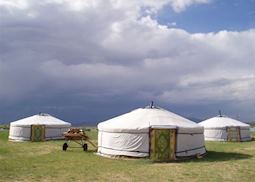
Staying in a Mongolian ger camp

The best time to visit Mongolia
When is the best time to visit mongolia.
The best time to travel to Mongolia depends on your preferences and the experiences you seek. Here is a detailed breakdown of the different seasons and what they offer:
Summer (June to August):
Mongolia’s summer is the peak tourist season, and for good reason. During this time, the landscapes transform into lush green meadows, making it ideal for outdoor activities such as trekking, horse riding, and camping. The temperatures range from 18°C to 28°C, providing comfortable conditions for exploration. It is essential to pack lightweight, breathable clothing and sunscreen.
Spring (April to May) and Autumn (September to October):
Spring and autumn in Mongolia offer pleasant weather and fewer crowds compared to summer. These transitional seasons bring milder temperatures, ranging from 10°C to 20°C. Spring brings blooming wildflowers and a vibrant atmosphere, while autumn showcases stunning fall foliage. It is a great time for nature lovers, photographers, and those who prefer a more peaceful travel experience.
Winter (November to March):
Mongolian winters are notorious for their cold temperatures and heavy snowfall. However, it is also a time when you can experience the unique beauty of the country covered in snow. Winter opens up opportunities for activities like dog sledding, ice fishing, and visiting the famous ice festivals. Temperatures can drop as low as -30°C, so be sure to pack heavy winter clothing, including thermal layers and insulated boots.
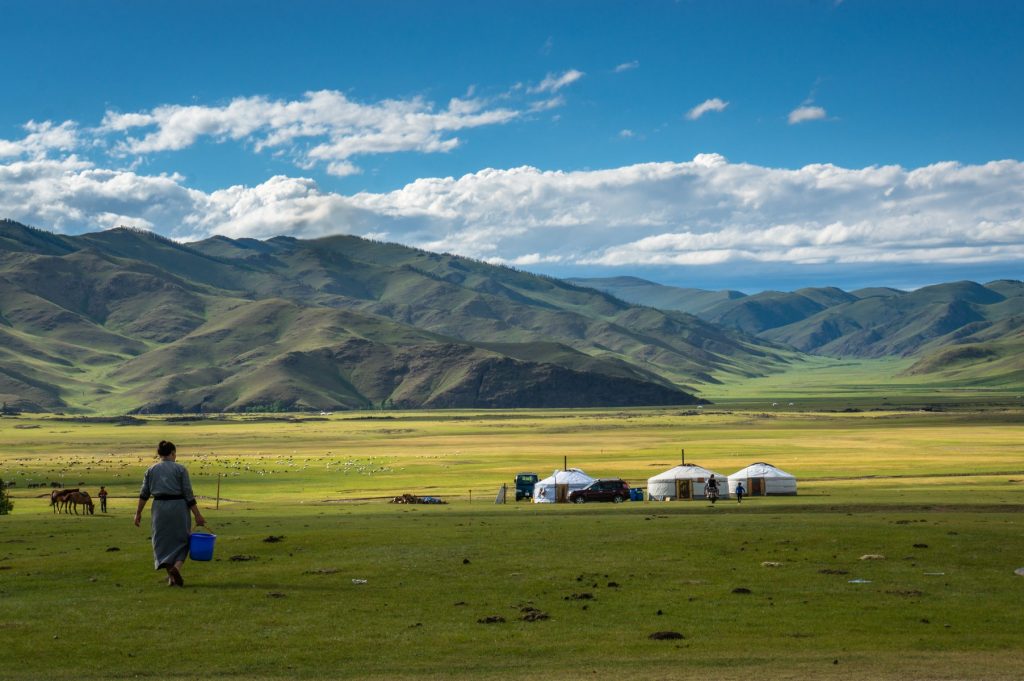
It is important to note that due to Mongolia’s extreme continental climate, weather conditions can be unpredictable and vary widely. Always check the weather forecast before your trip and be prepared for sudden changes in conditions. Furthermore, the specific region you plan to visit in Mongolia may have slightly different climate patterns. For example, the Gobi Desert experiences hot summers and extremely cold winters, while the northern regions, such as Khuvsgul Lake, have colder temperatures throughout the year.
Ultimately, the best time to travel to Mongolia depends on your interests and the kind of experience you desire. Consider the activities you wish to engage in, temperature preferences, and the level of tourist crowds when planning your trip.
The best tour packages to know before you plan your trip:
Vacation in mongolia tours.
Vacationing in Mongolia is increasingly gaining popularity year after year, as it remains one of the few countries that still holds an air of mystery for many people around the world.
TREKKING IN MONGOLIA TOURS
Mongolia is truly one of the most beautiful countries on earth, and if you would like to check it out yourself well, here are a few good reasons to consider jetting off to Mongolia on your next hiking adventure.
EXPLORE GOBI DESERT TOURS
This is yet another highly sought-after tourist destination in Mongolia. Gobi desert tours in Mongolia have been experiencing a steady rise in popularity, attracting individuals who seek adventurous exploration in the wildest parts of the country.
THE TOUR HUNTING WITH EAGLES
This tradition, known as eagle hunting, was introduced to the Mongolian steppes by the Kazakhs, who constitute one of the significant ethnic minority groups in Mongolia.
TOURS NEAR ULAANBAATAR CITY
Here, we present to you a selection of the finest tour destinations located near Ulaanbaatar. These places offer easy accessibility and remain open throughout the year, ensuring a delightful experience for visitors.
SHORT TOURS IN MONGOLIA
There are many interesting sights and places to visit near Ulaanbaatar city. If your time is shrinking that would be the best option for you to do in Mongolia.
KHUITEN PEAK CLIMBING TOURS
Our Mongolian local tour operator provide professional guided Khuiten peak climbing tours and expeditions in western Mongolian Altai mountain range.
THE PHOTOGRAPHY TOURS
Photography tours in Mongolia or workshop tours in Mongolia. Virgin nature, breathtaking landscapes, and beautiful lakes, and fascinating mountains make Mongolia one of the best countries for photographing activities.
THE DOG SLEDDING TOURS
Dog sledding tour near Ulaanbaatar is one of the must do tour activity during the winter. This tour is operated near Ulaanbaatar in Terelj national park.
Join in group tour for central Mongolia
2 seats left for the group starting at 3rd of June 2024.
Max group size 4 people!

- Tour packages
- Tailor Made
- Trip Calendar
- How to get to Mongolia
- Book train ticket
- Book cheap air ticket to Mongolia
- Best time to travel
- Tourist Sim card
- Mongolia Visa information
- What to pack
- Travel Insurance
- List of Mongolian Embassy
- Company profile
- Clients Feedback
- Job Vacancy
- Terms & conditions
- Privacy Policy
- Practical Information
- Destinations
- Things To Do
- Culture, Art & History
- Nature & Geography
- People & Society

- Practical information
- Gobi Desert
- Western Mongolia
- Eastern Mongolia
- Central Mongolia
- Northern Mongolia
- Ulaanbaatar
- Around Ulaanbaatar
- Weather Forecast
How it began

Latest blogs
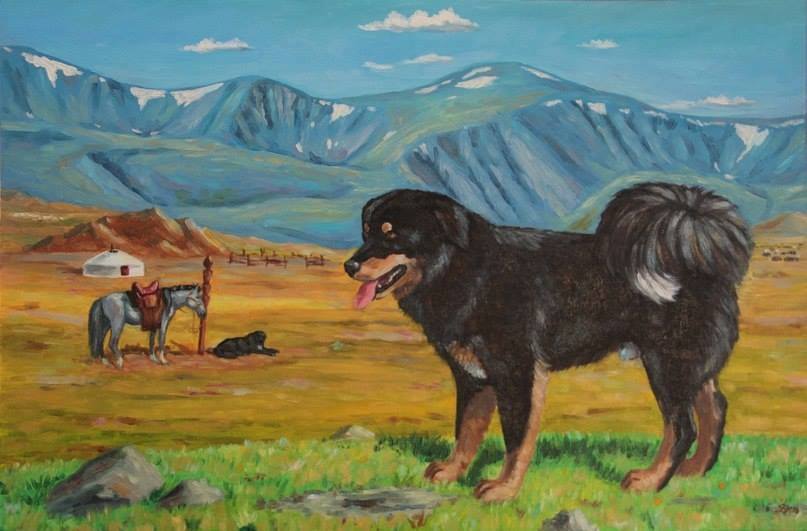
Travel tools
Need help planning your vacation.

The Best Time to Travel to Mongolia
If you are planning to travel to Mongolia, the most significant thing to consider is the weather. The country experiences an extreme continental climate; it is so far inland that no sea tempers its climate.
Mongolia has four seasons and each has its own character. Keep in mind that the country has an average of 230-260 annual days of sunshine. That is why Mongolia owns a nickname of “The Land of the Blue Sky” . Do not forget your sunglasses and sunscreen.
Each season of Mongolia is favorable along with the festivals and the best of activities. This article will help you to get acquainted with the climate and to choose the best time to visit Mongolia .
Visiting in summer (June to August)
- The temperature ranges from 20C to 25C, Gobi temperatures this month can rise up to 40°C
- Dry throughout the central and southern regions
- The mountains and northern areas can be cold in August
Pack a fleece, windproof rain jacket and a good pair of waterproof shoes.
Things to do in summer
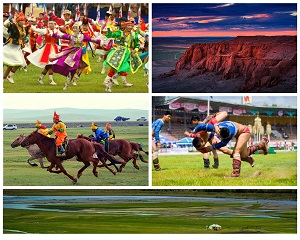
If you are wondering when is the best time to visit Mongolia , June might be the answer. It's a decent time to get out of the city and drive to the countryside. You will love camping in Mongolian spectacular scenery.
July is the time to see the largest and Olympic-like Naadam Festival in Ulaanbaatar city. Also, each province or soum (small administrative district) of Mongolia organize the festival of their own on different dates throughout the summer allowing travelers to experience a genuinely authentic and uncrowded Mini Naadam.
Seasonal highlight
- Mongolian Naadam Festival /10-12 July, Ulaanbaatar city/
- Local Naadam Festival /08-09 July, Kharkhorin soum, Uvurkhangai province/
- Gobi March /27 July - 03 August, Bulgan and Uvurkhangai province/
Click here for amazing summer tours.
Visiting in Autumn (September to October)
Nature at its best in autumn featuring with colorful landscape and temperate weather. The cool weather brings respite to the Gobi and the varying colors in the forests in the north are beautiful. October is again cool and sees the occasional or rare snow bustle up north but is still fine for travel, especially in the Gobi desert.
- The temperature ranges from 3C to 10C, Gobi temperatures this month can rise up to 40°C
- Unpredictable
- Rare snow bustle up north
Pack your fleece, gloves, scarfs, windproof rain jacket and a good pair of waterproof shoes.
Things to do in Autumn
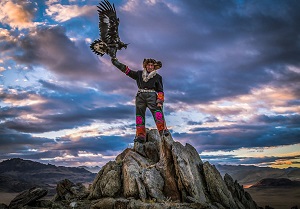
Drive to the Gobi the land of dinosaur and enjoy the pleasant and mild weather. It is a great time to go on a birdwatching tour or wildlife spotting tour to see the beautiful birds and animals in their natural habitat. Try fishing, horse trek, and hiking.
- Golden Eagle Festival /15-16 September, Sagsai soum, Bayan-Ulgii province/
- Golden Eagle Festival /05-06 October, Bayan-Ulgii province/
Click here for amazing autumn tours.
Visiting in Winter (November to February)
- The temperature ranges from -25C to -30C, sometimes the temperature drops down to -40°C
- Cold with snow storms and freezing cold wind
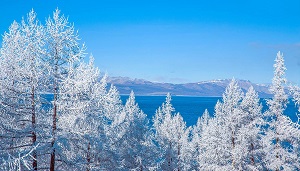
Pack your woolens and warmest clothes if you trotting here.
Things to do in Winter
In February when the weather comes closer to be stable and nice, the largest cultural festival Tsagaan Sar (Lunar New Year) is held. It will give you a memorable experience if you really want to know Mongolian culture and cuisine.
Also, the country has plenty of snow in winter where one can try winter sports. Enjoy dog sledding adventure in peaceful and beautiful Mongolian landscape. Experience Winter Horse Festival features a parade of unique and rare horses, thrilling competitions among horsemen, traditional singing and dancing performances, and horse race.
- Tsagaan Sar (Lunar New Year) /23-25 February, Erdene soum, Tuv province/
- Winter Horse Festival /02-03 November, Batnorov soum, Chinggis province/
Click here for amazing winter tours.
Visiting in Spring (March to May)
- The temperature ranges from 5C to 15C.
- Unpredictable weather, one can see four seasons in one day
- Rainfall occurs in the taiga areas of Khentii and Khuvsgul
- Dry and sunny
- You can see snowfall in the north
Things to do in spring
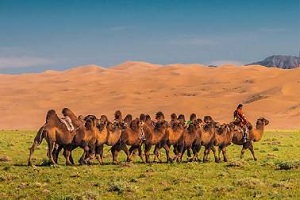
Also, spring is a great time when a new life begins. For herders, it is the happiest and the busiest time of the year dealing with offspring/young borns. Therefore, it would be an interesting experience to visit a nomadic family during that time.
Visit Khustai National Park or Terelj National Park to enjoy the wildlife spotting, bloom of flowers, grassland, and trees as well as the smell of spring in the air.
Seasonal highlights
- 1000 camel festival /06-07 March, Bulgan soum, Umnugobi province/
- Ice Festival /03-04 March, Khatgal soum, Murun province/
- Yak Festival
- Eagle Festival /05 March, Ulaanbaatr city/
Click here for amazing spring tours.
We hope that this article will be helpful for your trip planning to Mongolia. If you choose your ideal season, contact us for more information.

Don't let the planning stress you out
Most popular.
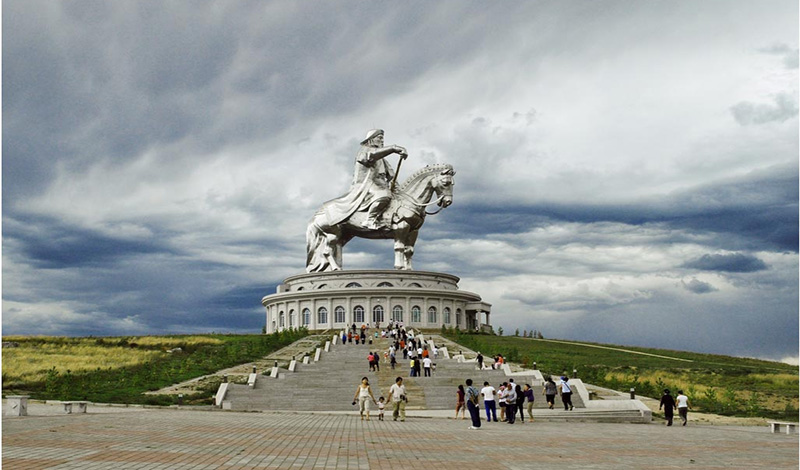
Since 2004, we have been helping people the world over to enjoy unforgettable adventures to our homeland, and we do it all with expertise and passion.
- Best seller tours
- Tailor made tour
- A day tours
- Join in tours
- Private tours
- Best Time to Travel
- Mongolian Visa Information
- Hotel booking
- Flight ticket booking
- Train ticket booking

BEST TIME TO VISIT MONGOLIA
The best time to visit Mongolia depends on your interests and the activities you plan to engage in. Mongolia experiences a continental climate with distinct seasons, including hot summers and cold winters. Here are the details of each season to help you decide the best time to visit:
It's worth noting that Mongolia is a vast country with diverse landscapes, and the weather can vary significantly between regions. If you plan to explore the Gobi Desert, southern Mongolia, or the Altai Mountains, it's recommended to visit during the shoulder seasons (spring and autumn) when temperatures are more moderate.
Ultimately, the best time to visit Mongolia depends on your personal preferences, the activities you wish to undertake, and your tolerance for different weather conditions. It's advisable to check weather forecasts and plan your itinerary accordingly to make the most of your visit.
WEATHER MONGOLIA
Mongolia is known to the world as country of Blue Sky of 4 Seasons. In Mongolia there are 257 sunny days a year, often with clear cloudless skies. Along with Southern Siberia this part of Asia has a continental climate, with long, cold, dry winters and brief, mild, and relatively wet summers. The average summer temperature is +21°C, (+65°F) and winter is –20°C, (-13°F). The average rainfall is 200-220 mm. The best time to visit Mongolia is during the Mongolian summer, from the mid of June till last week of August. This is the safest time of the year to travel to Mongolia in terms of weather, sunny days throughout Mongolia and sufficient rainfall to make the steppes lush and green. June and September are both very pleasant times to visit Mongolia. September, autumn is enjoyable, colorful, not hot, and not cold. Nomads have plenty of dairy products and are busy processing milk and preparing for winter. Beautiful countryside of Mongolia is even more beautiful and picturesque with the autumn colors.
MONTHS TO BEST:
- July is the best time to see the Mongolia Naadam Festival.
- The best season for Gobi Desert tour: from June to September and October is shoulder season.
- July to August is the best season to travel to Northern Mongolia and Khuvsgul Lake tour and September is shoulder season.
- First of October is chance to see Golden Eagle Festival in Altai, Western Mongolia.
- February is the best time to experience Mongolia winter season.
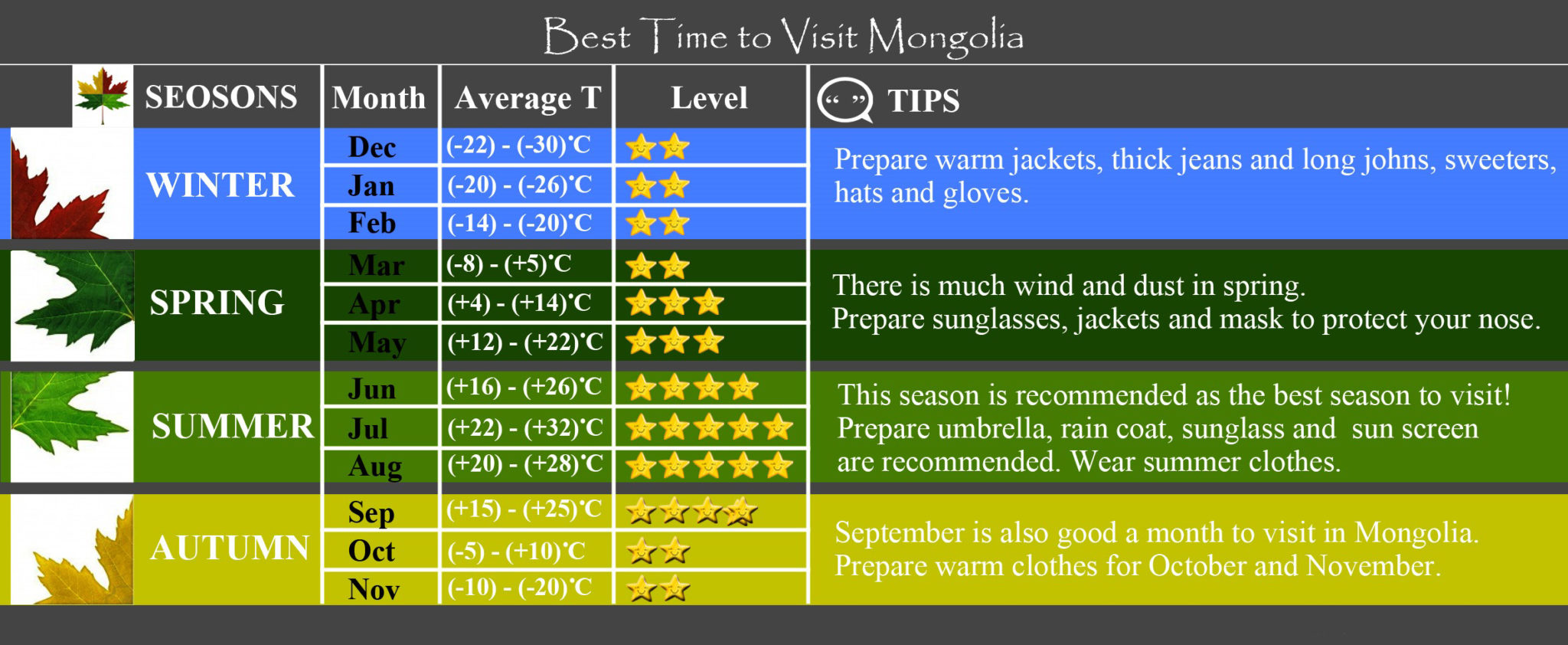
WHAT IS THE AVERAGE MONTHLY TEMPERATURE AND WEATHER IN MONGOLIA?
MONGOLIA WEATHER BY THE SEASONS

©GML/Getty Images

Check out this year's Best in Travel winners
Rugged Mongolia is an adventure destination where travelers can experience vast, untouched landscapes and learn about nomadic culture.
Best Time to Visit
Best places to visit, leave the planning to a local expert.
Experience the real Mongolia. Let a local expert handle the planning for you.
Attractions
Must-see attractions.
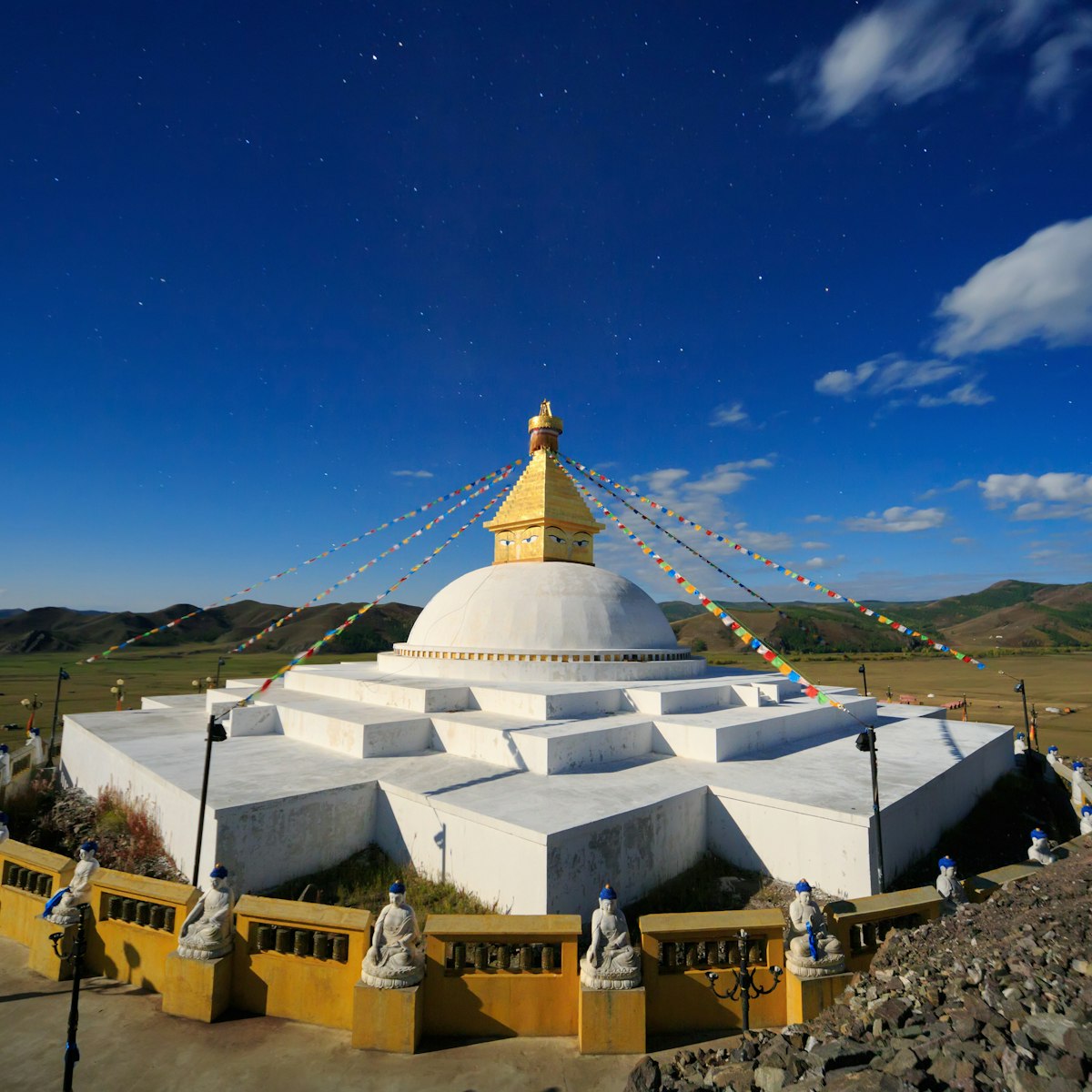
Amarbayasgalant Khiid
Amarbayasgalant Khiid was built between 1727 and 1737 by the Manchu emperor Yongzheng, and dedicated to the great Mongolian Buddhist and sculptor…
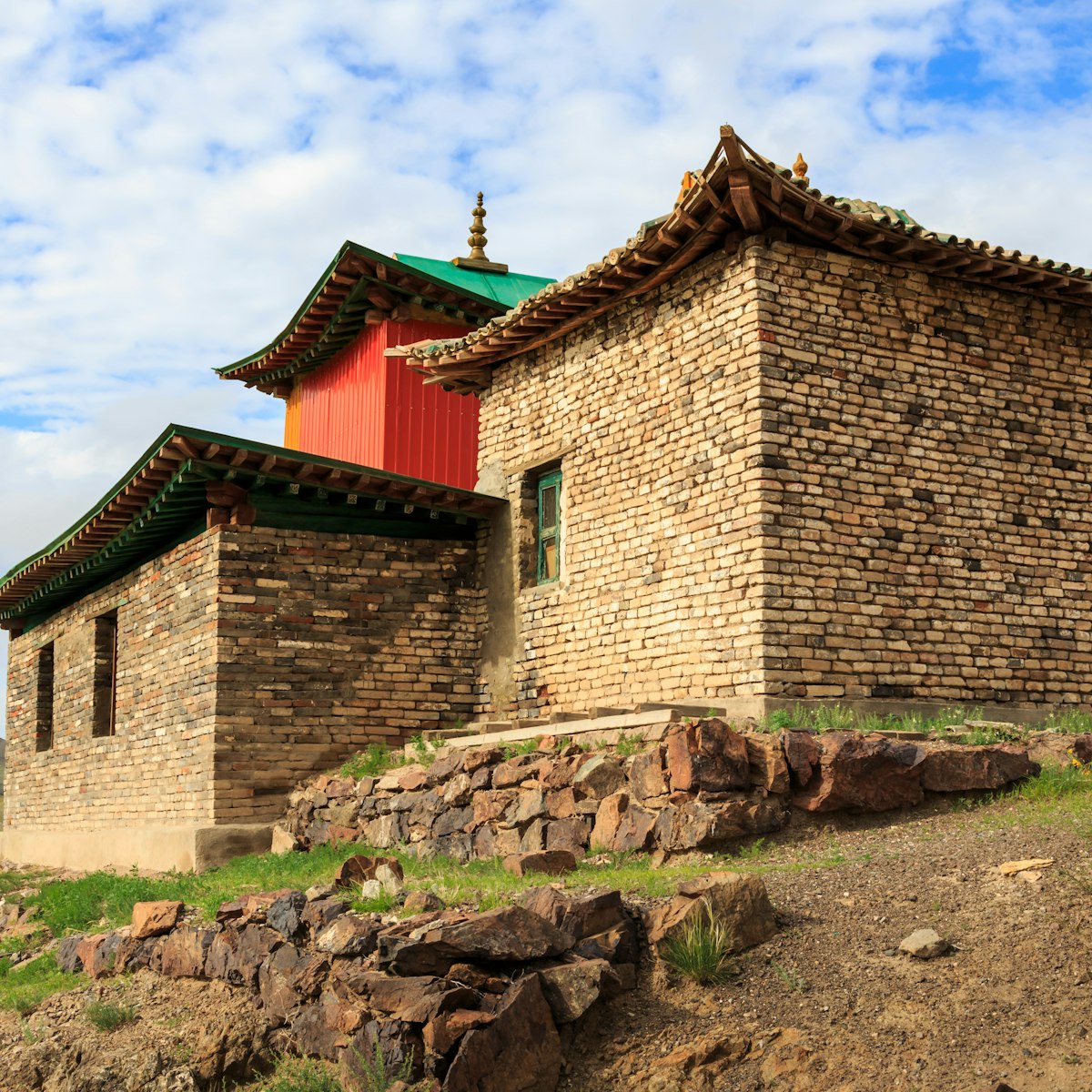
Ongiin Khiid
The bend in the river here marks the remains of two ruined monasteries which are today considered one vast complex known as Ongiin Khiid. Bari Lam Khiid…

Ikh Nartiin Chuluu Nature Reserve
This 670-sq-km nature reserve, only a four-hour drive from Ulaanbaatar, at an elevation of 2200m, is home to hundreds of ibexes (mountain goats), argali …
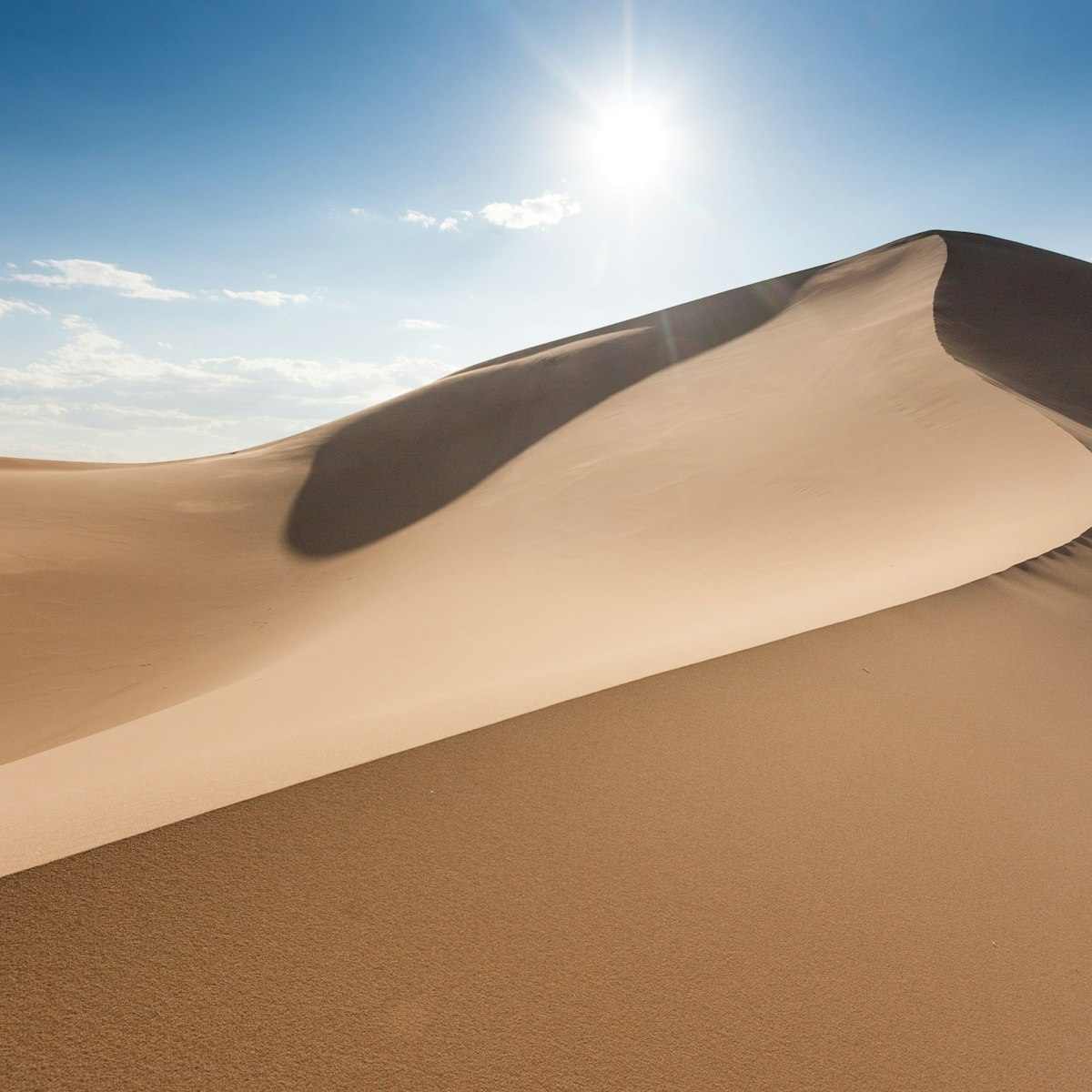
Khongoryn Els
Khongoryn Els are some of the largest and most spectacular sand dunes in Mongolia. Also known as the Duut Mankhan (Singing Dunes – from the sound they…
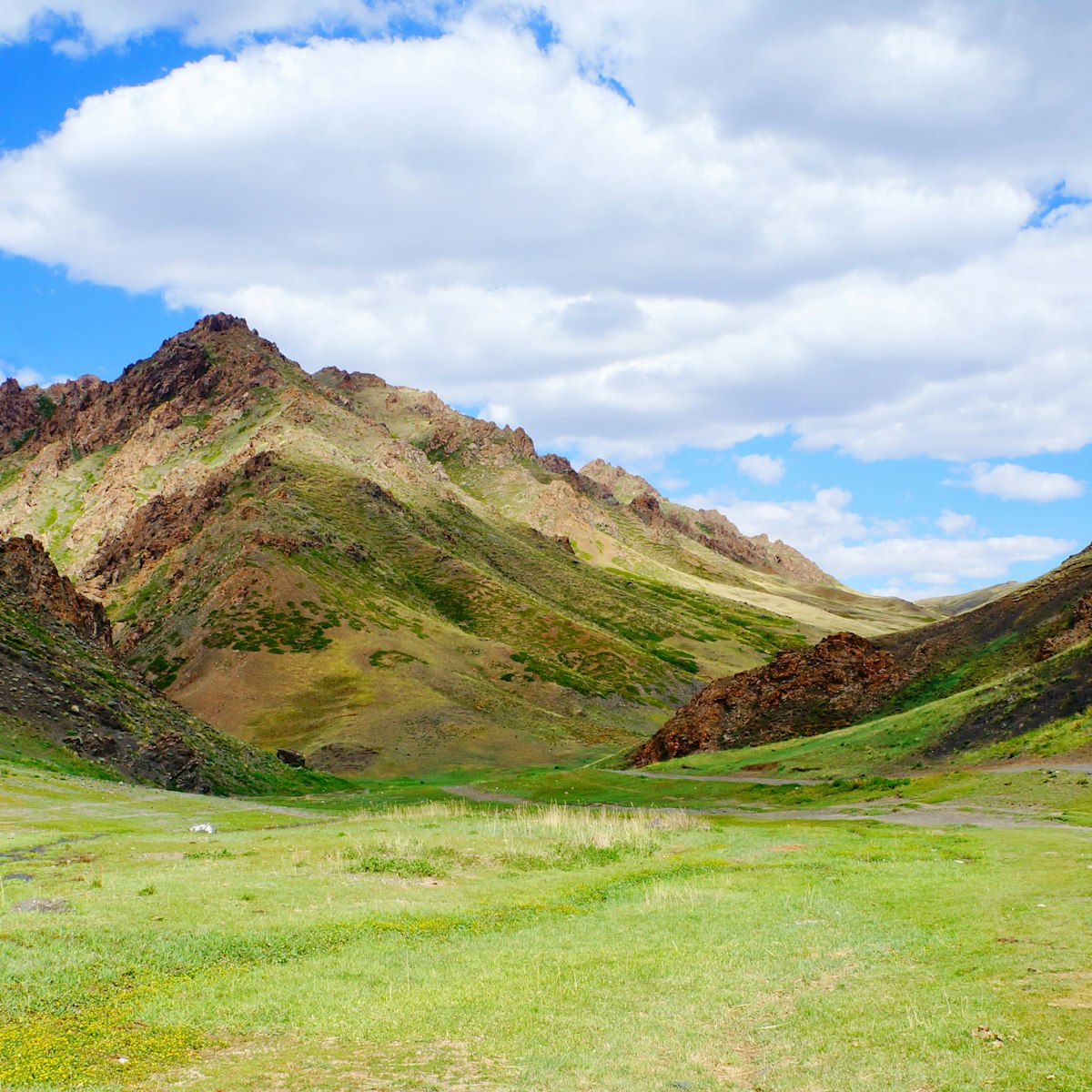
Yolyn Am Gorge
A pleasant 2km path leads from the parking area to this gorge filled with blue ice, one of the park's can't-miss sights. You can hike, bike or hire a…
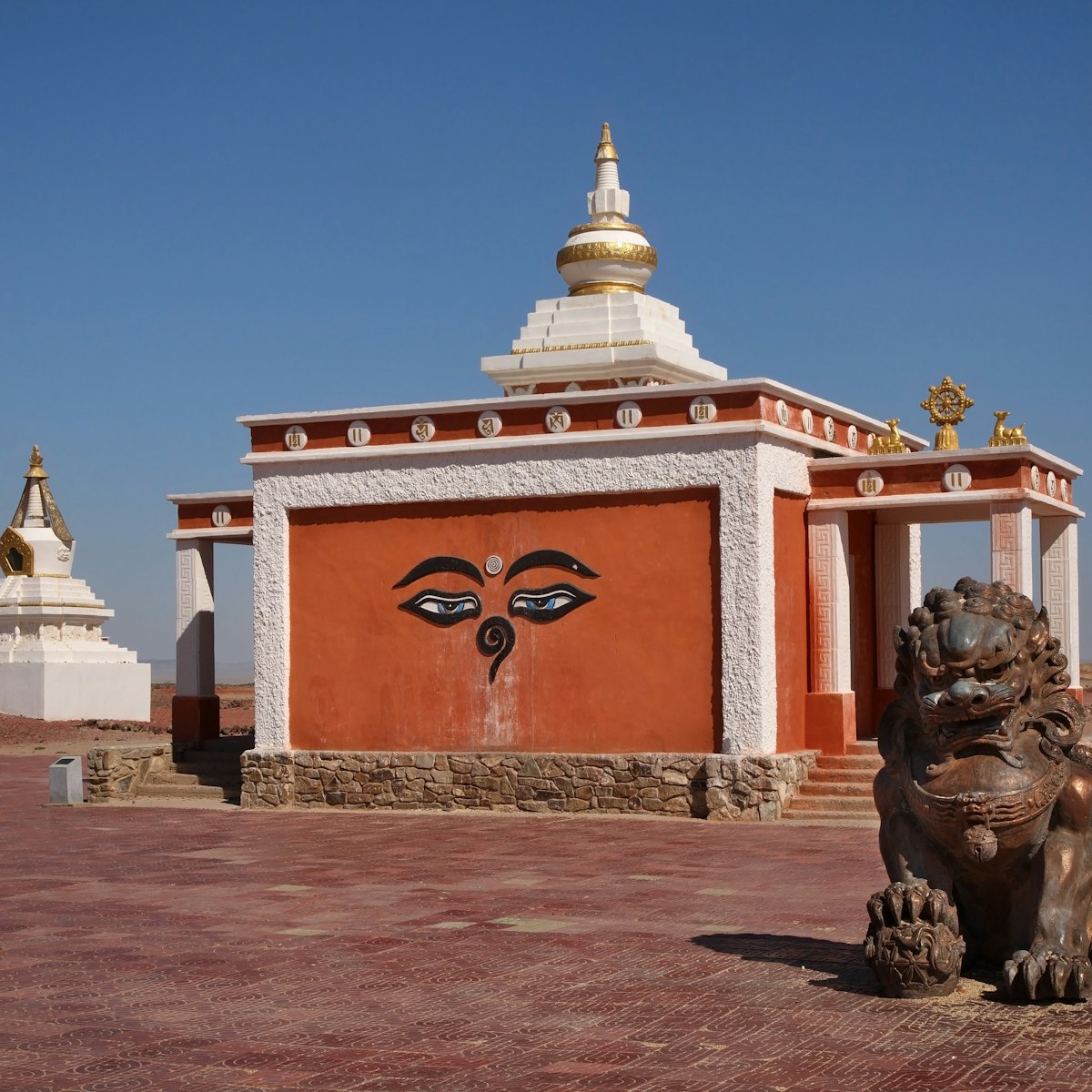
In 1853 Danzan Ravjaa told the local people that he would die in three years but that they could forever come to this place and speak to his spirit…
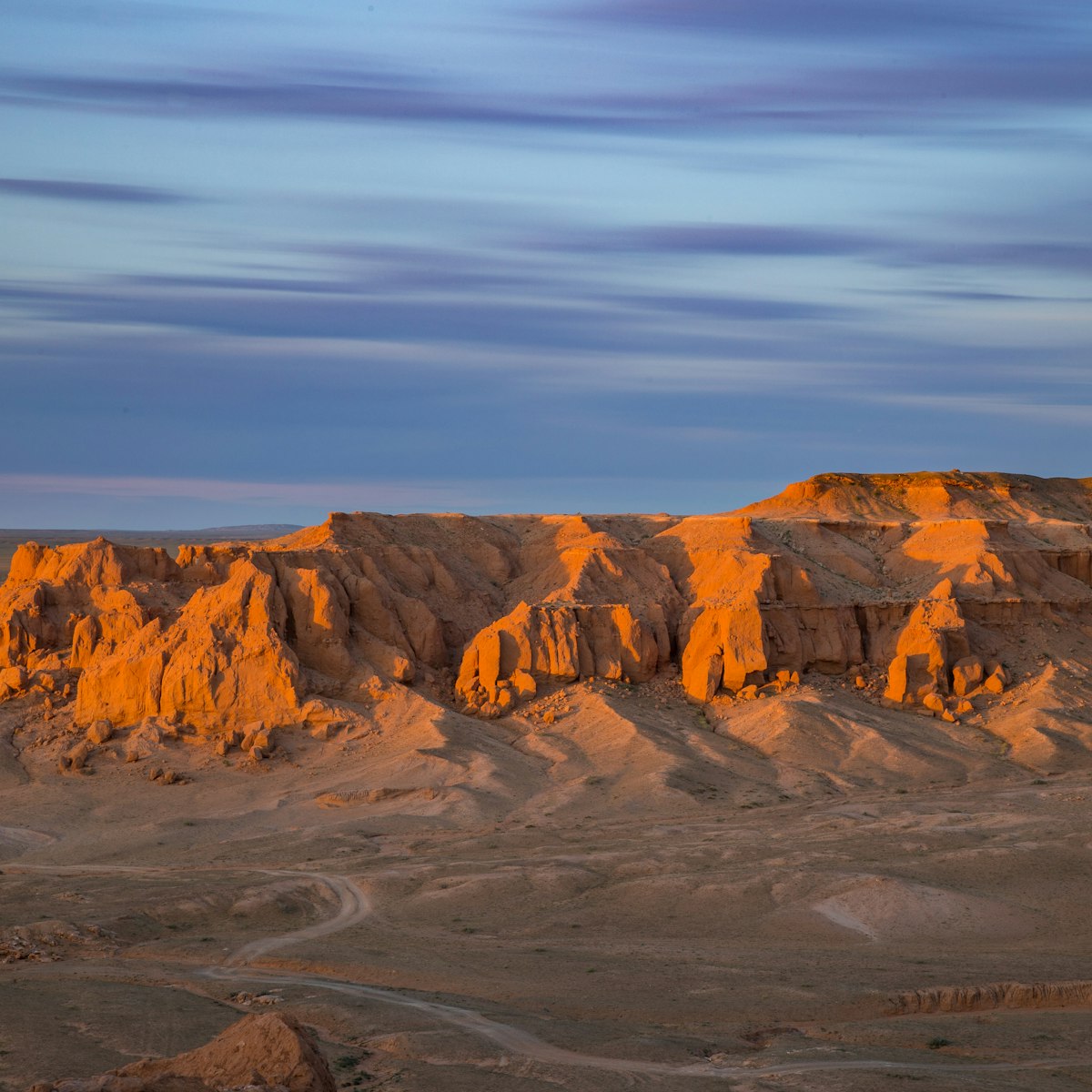
The so-called Flaming Cliffs are a Gobi highlight and an important palaeontology site first excavated by Roy Chapman Andrews in 1922. Even if you are not…

Yolyn Am was originally established to conserve the region's bird life, but it’s now more famous for its dramatic rocky cliffs and narrow, heavily shaded…
Top picks from our travel experts
6 of the best things to do in mongolia.
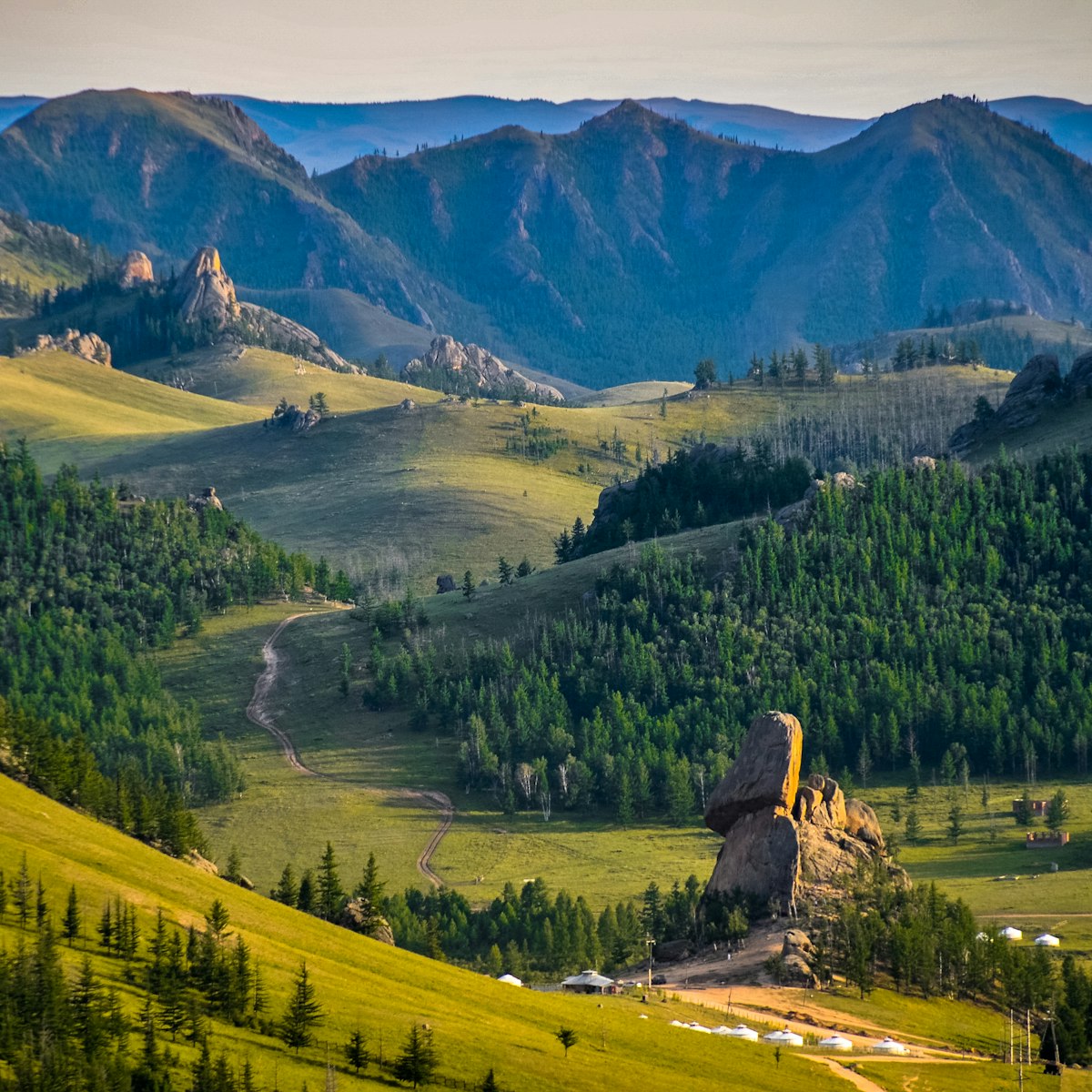
Gorkhi-Terelj National Park
Located 55km northeast of Ulaanbaatar, this popular national park is characterised by picturesque alpine scenery. It offers great opportunities for hiking…

Khermen Tsav
Way off the beaten track; you are likely to have this complex of canyons all to yourself. Some say they are even more spectacular than Bayanzag. Be sure…
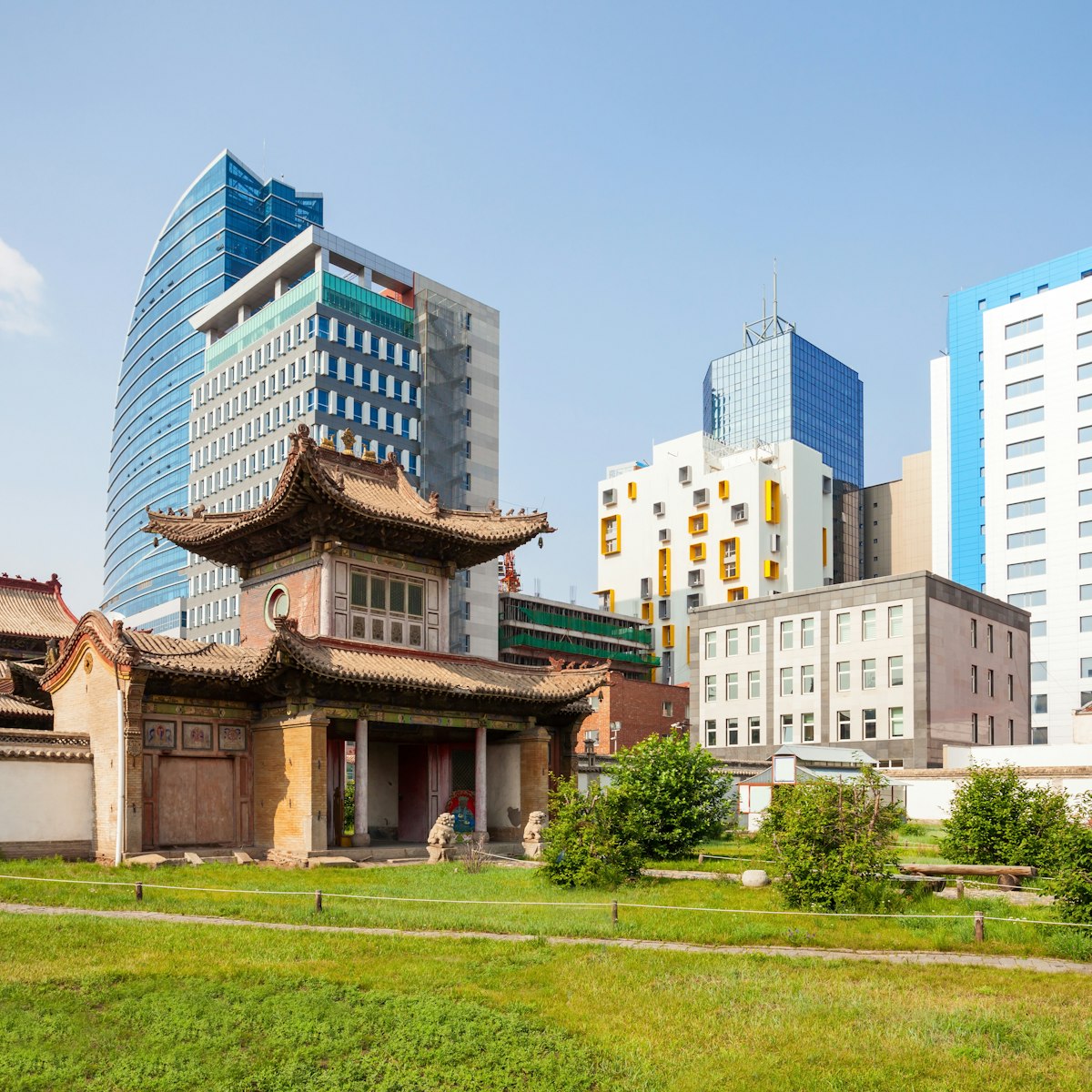
Choijin Lama Temple Museum
Ulaanbaatar
This temple museum smack in the middle of downtown Ulaanbaatar was the home of Luvsan Haidav Choijin Lama (‘Choijin’ is an honorary title given to some…

Khuisiin Naiman Nuur Nature Reserve
The area of Naiman Nuur, which was created by volcanic eruptions centuries ago, is now part of the 115-sq-km Khuisiin Naiman Nuur Nature Reserve. Despite…

Khavtsgait Petroglyphs
If you take the main route from Dalanzadgad to Khongoryn Els, keeping the mountains to your left as you go, you can stop and hunt the hills for this…

Mongolian National Modern Art Gallery
Sometimes called the Fine Art Gallery, this place contains a large and impressive display of modern and uniquely Mongolian paintings and sculptures, with…

Zanabazar Museum of Fine Arts
This fine-arts museum has a superb collection of paintings, carvings and sculptures, including many by the revered sculptor and artist Zanabazar. It also…

Central Museum of Mongolian Dinosaurs
Dinosaurs of all shapes, sizes and appetites once roamed the Gobi Desert. Their fossilised bones and eggs were first uncovered by American explorer Roy…

Sükhbaatar Square
In July 1921 in the centre of Ulaanbaatar, Damdin Sükhbaatar (the ‘hero of the revolution’) declared Mongolia’s final independence from China. A square…
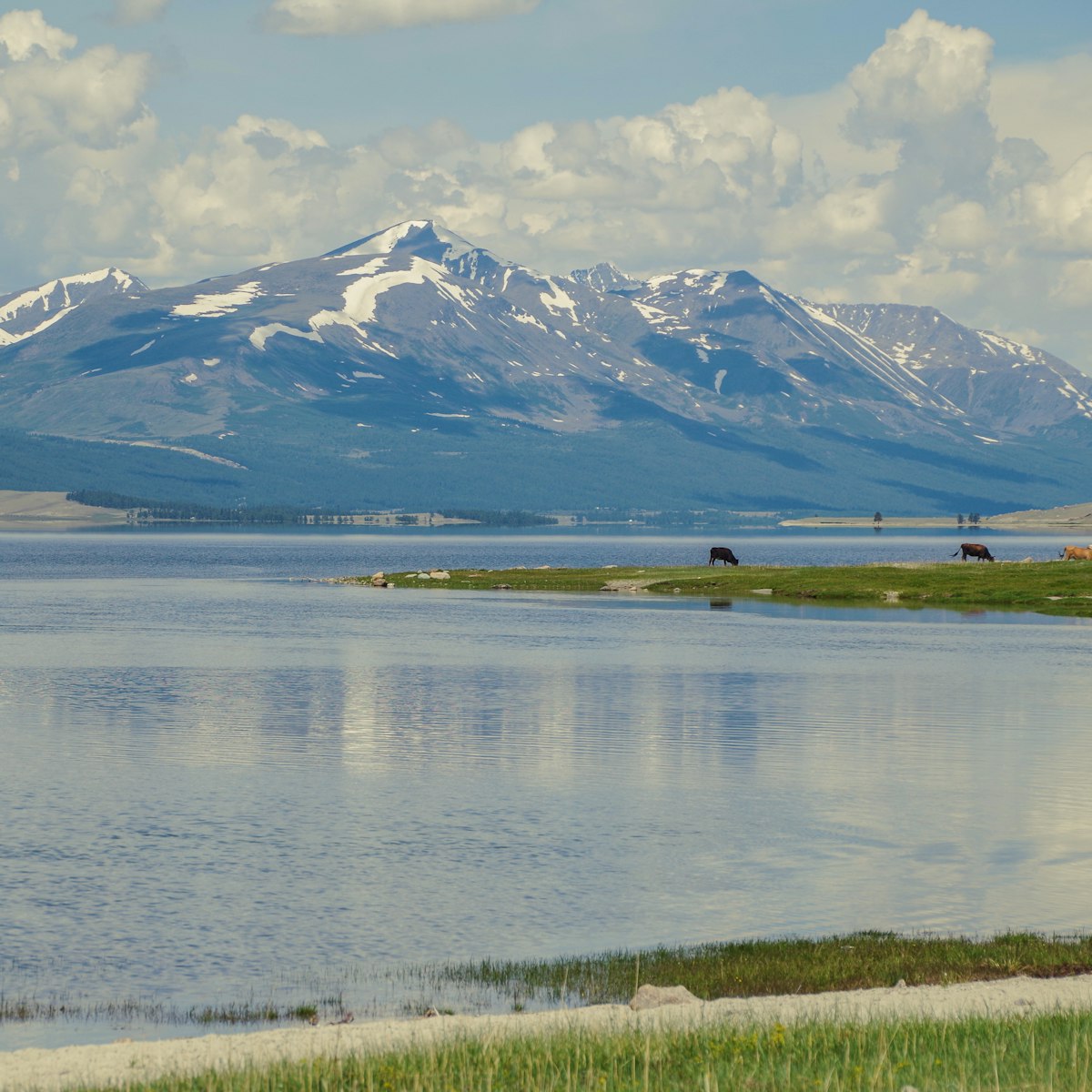
Altai Tavan Bogd National Park
Western Mongolia
Covering 6362 sq km, Altai Tavan Bogd National Park takes in the Tavan Bogd massif – which includes Khuiten Uul (4374m), Mongolia's highest mountain…
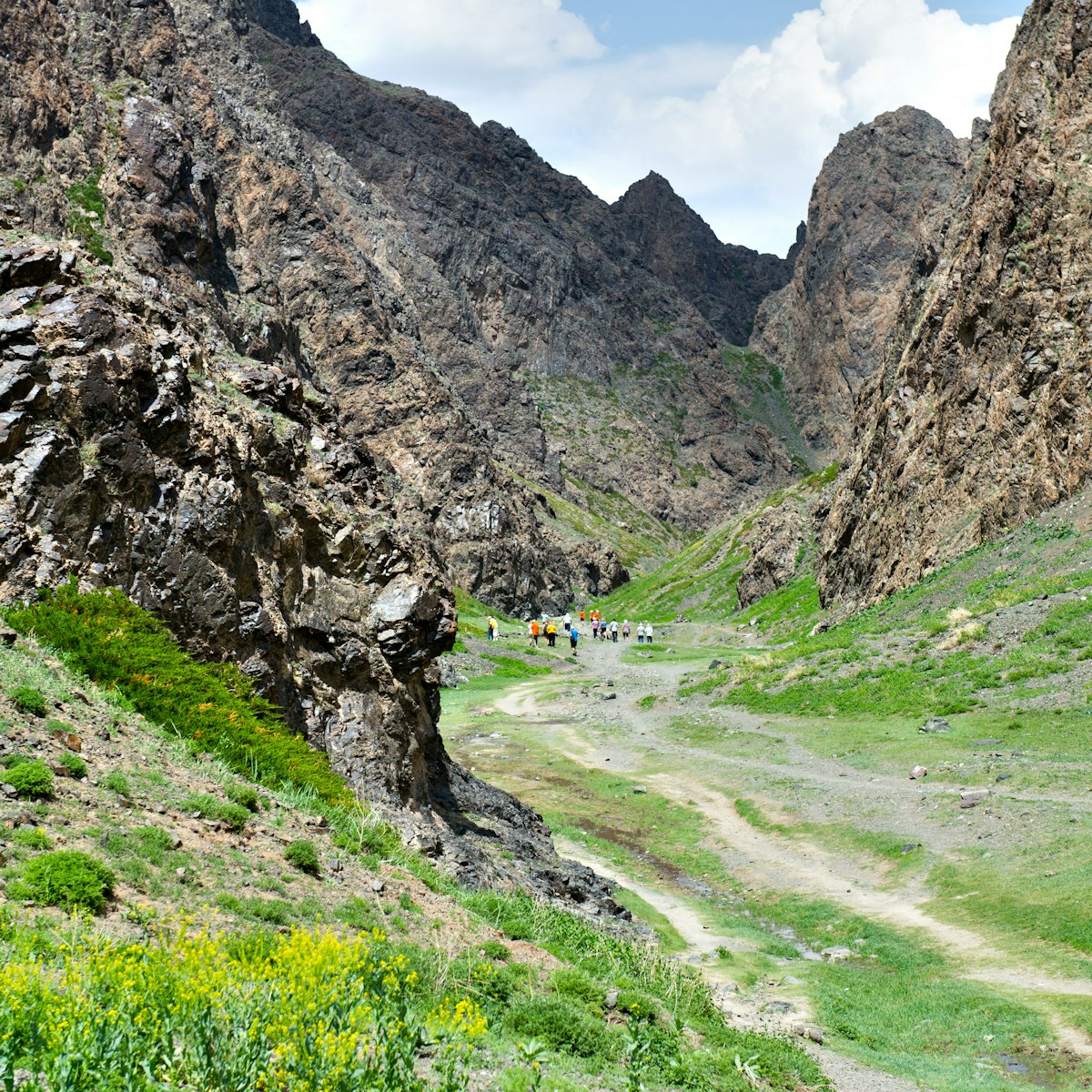
Gurvan Saikhan National Park
Gurvan Saikhan National Park (20,000 sq km) offers a wealth of sand dunes, canyons, dinosaur fossils and mountainous terrain. Desert wildlife includes…

Gandan Khiid
Around the start of the 19th century more than 100 süm (temples) and khiid (monasteries) served a population of about 50,000 in Urga (the former name of…

Ancient Karakorum
Stretching out for about 1km east of town is the site of ancient Karakorum. The foundations of Karakorum’s buildings are all underground and little has…

Bogdkhan Uul Strictly Protected Area
The Bogdkhan Uul is said to be the world’s oldest nature reserve. Established in 1778, the park was guarded by 2000 club-wielding lamas. Animal poachers…
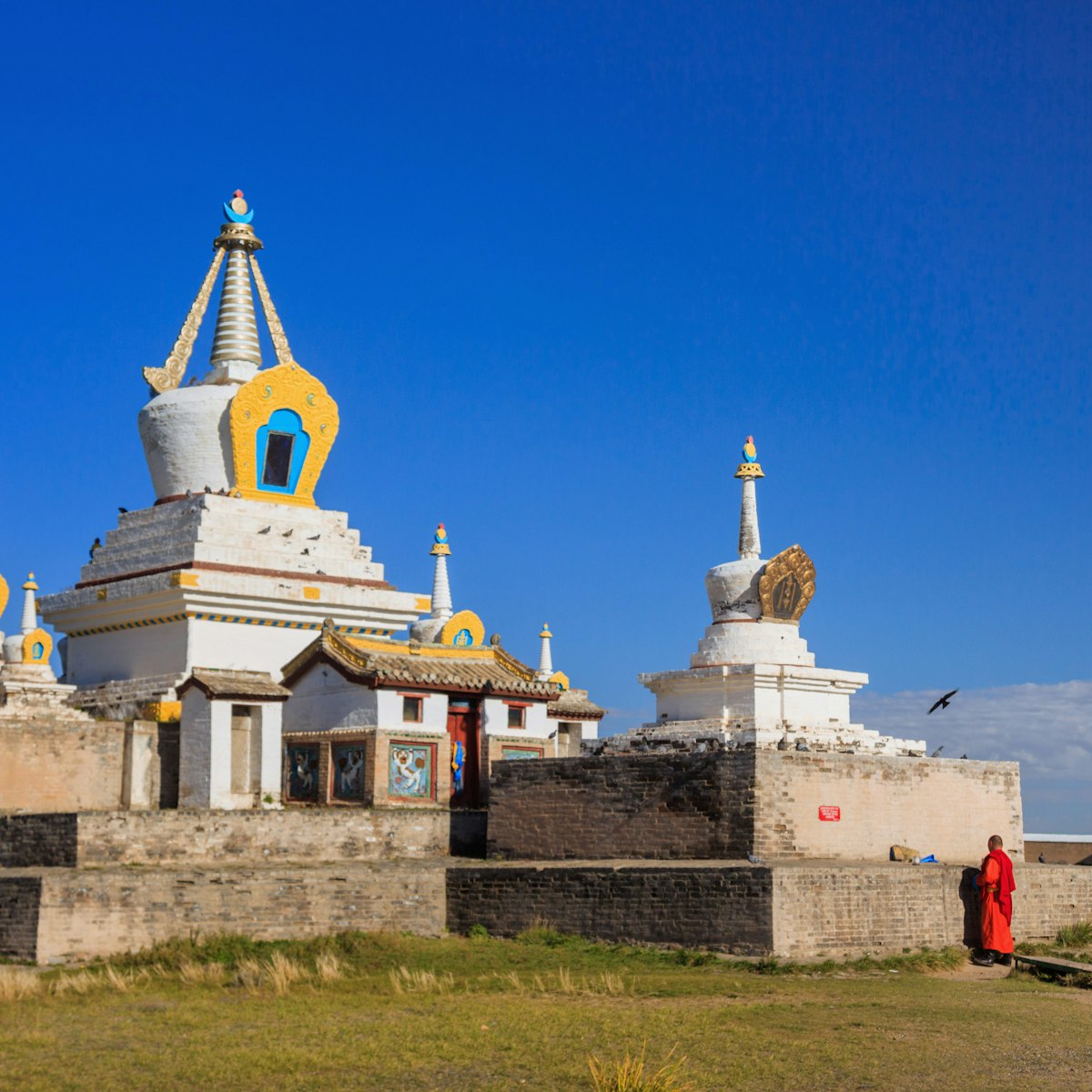
Erdene Zuu Khiid
Founded in 1586 by Altai Khaan, Erdene Zuu (Hundred Treasures) was the first Buddhist monastery in Mongolia. The monastery went through periods of neglect…
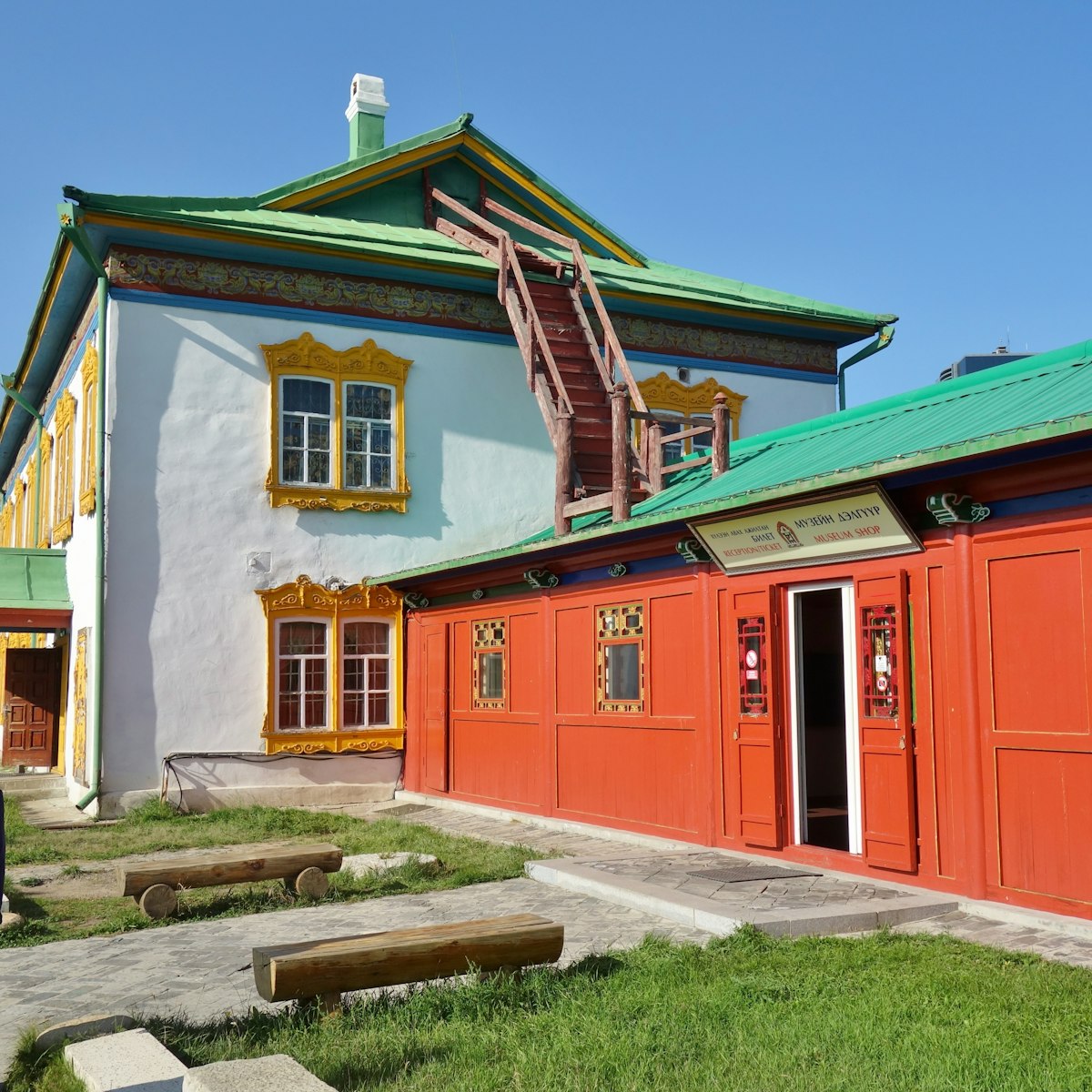
Winter Palace of the Bogd Khan
Built between 1893 and 1903, this palace is where Mongolia’s eighth Living Buddha, and last king, Jebtzun Damba Hutagt VIII (often called the Bogd Khan),…
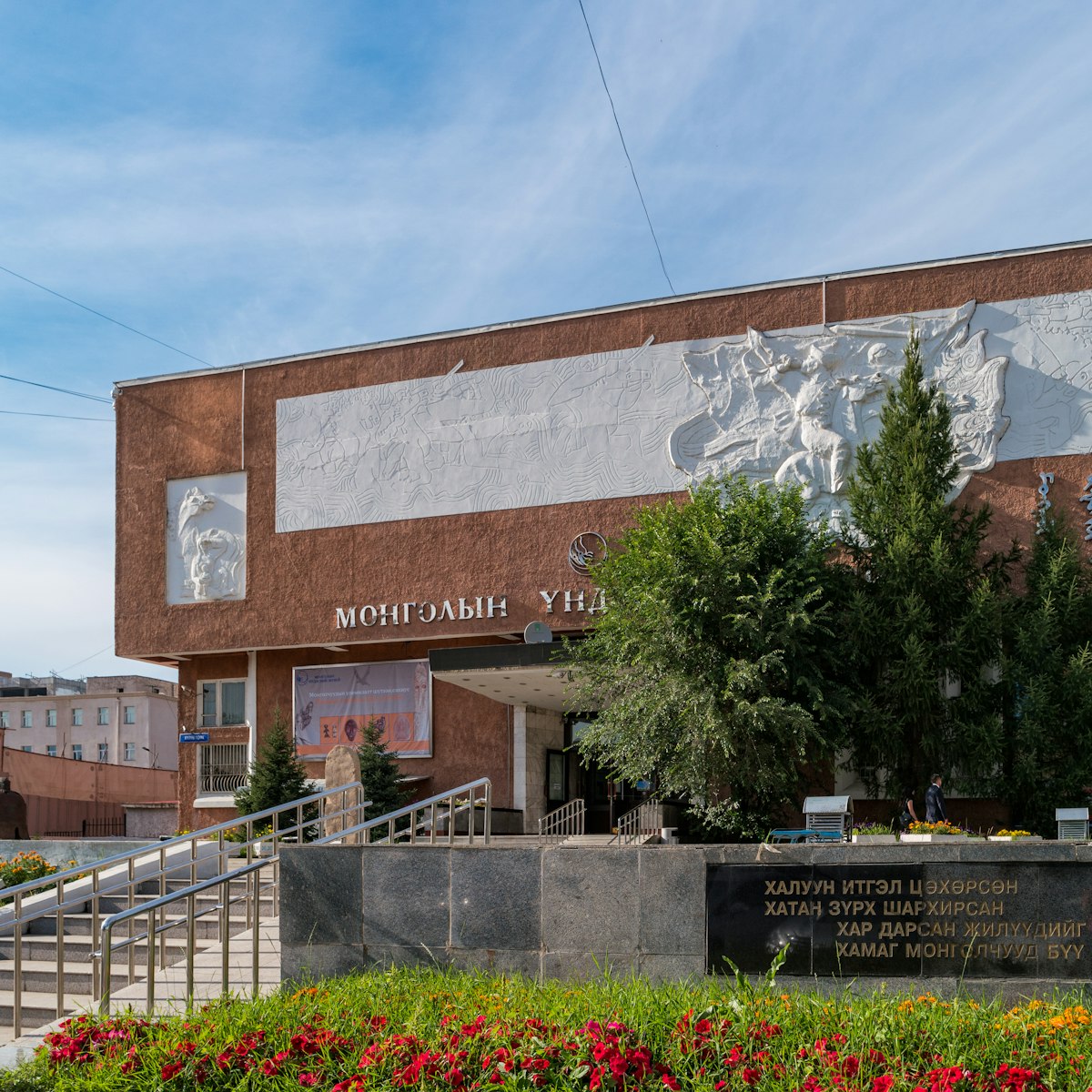
National Museum of Mongolia
Mongolia’s wonderful National Museum sweeps visitors from the Neolithic era right to the present day. It’s UB's only genuine blockbuster sight, offering…
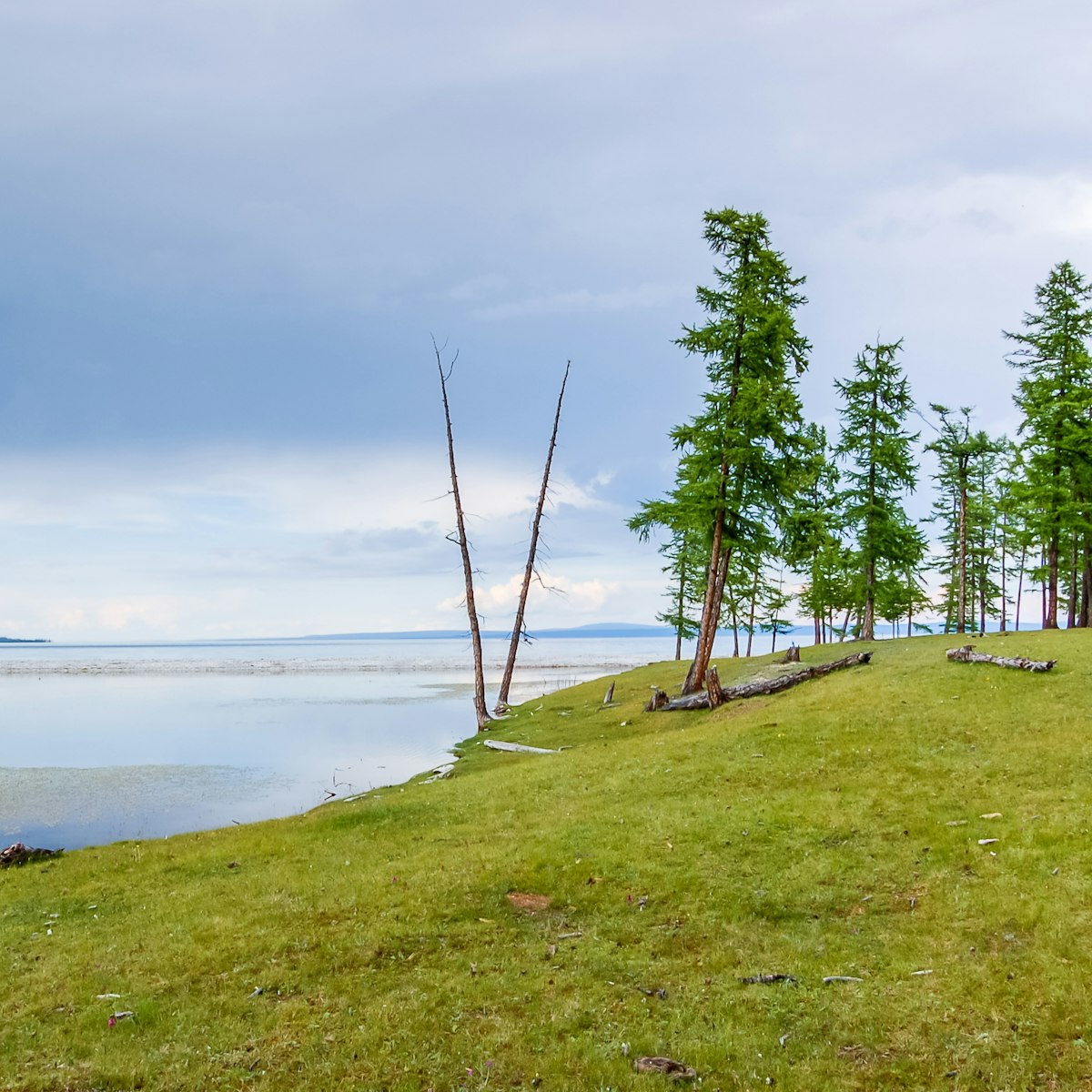
Khövsgöl Nuur National Park
Cupped in the snowcapped fist of the Sayan and Khoridol Saridag mountains, this national park is anchored by the shimmering blue sweep of the ice-cold,…
Planning Tools
Expert guidance to help you plan your trip.
Best Things to Do
Mongolia is an adventure like no other. Experience the very best of the country with these top activities.
Things to Know
With planning and booking tips along with info on health, safety and etiquette, here's what first-time visitors should know before traveling to Mongolia.
Transportation
Getting around in Mongolia is a proper adventure. Here’s how to go about it.
Visa Requirements
Been dreaming of Mongolia's vast unspoiled landscapes? We've got good news – getting a visa is now even easier. Here's everything you need to know.
Money and Costs
Some things are expensive in Mongolia, but there are still ways to experience this fascinating country on a budget. Here’s how.
Traveling with Kids
Mongolia is a very special place for a family adventure. Explore nomadic lifestyles, see pristine nature, and create unforgettable memories.
Best Road Trips
Imagine bouncing over rolling grasslands in a 4WD, with nothing but rolling green steppe extending in every direction. This is road-tripping, Mongolian style!
Plan with a local
Experience the real Mongolia
Let a local expert craft your dream trip.

Latest stories from Mongolia
Filter by interest:
- All Interests
- Adventure Travel
- Art & Culture
- Beaches, Coasts & Islands
- Food & Drink
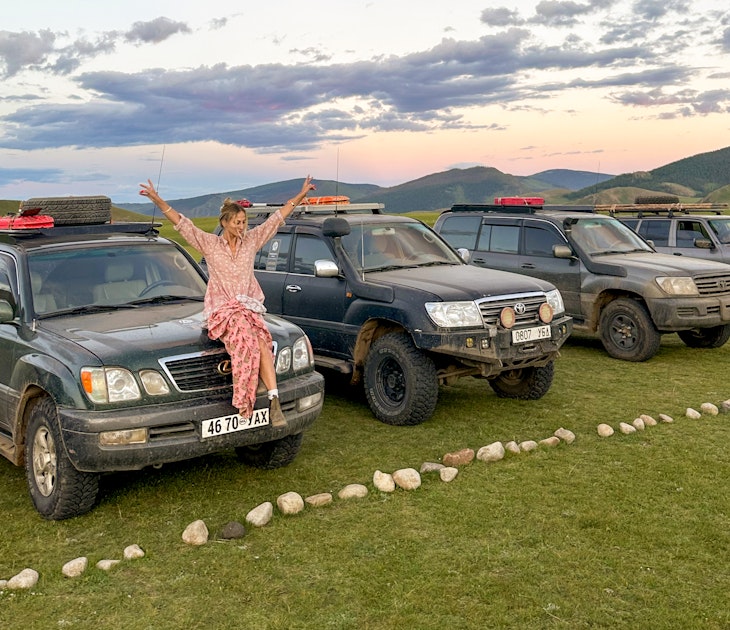
Best in Travel
Oct 30, 2023 • 3 min read
Mongolia has so much to offer travelers looking for wide open spaces, adventure and culture. Here's what it is like to travel there.

Sep 30, 2023 • 6 min read

Sep 28, 2023 • 4 min read
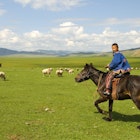
Sep 22, 2023 • 10 min read

Aug 30, 2023 • 9 min read
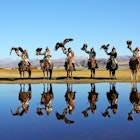
Aug 27, 2023 • 5 min read
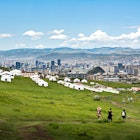
Aug 25, 2023 • 7 min read
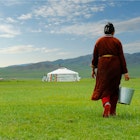
Aug 24, 2023 • 9 min read
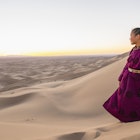
Aug 20, 2023 • 7 min read
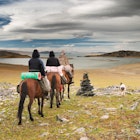
Aug 12, 2023 • 6 min read
in partnership with getyourguide
Book popular activities in Mongolia
Purchase our award-winning guidebooks.
Get to the heart of Mongolia with one of our in-depth, award-winning guidebooks, covering maps, itineraries, and expert guidance.
Mongolia and beyond
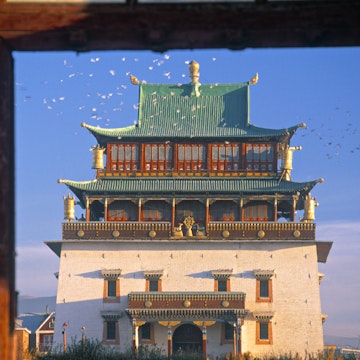

The Ultimate Mongolia Travel Guide 2024
From the best time of year to visit to how to get a SIM card and where to register with immigration , these are the important things to know as you plan your trip to Mongolia.
- April 9, 2020
- Updated: January 24, 2024
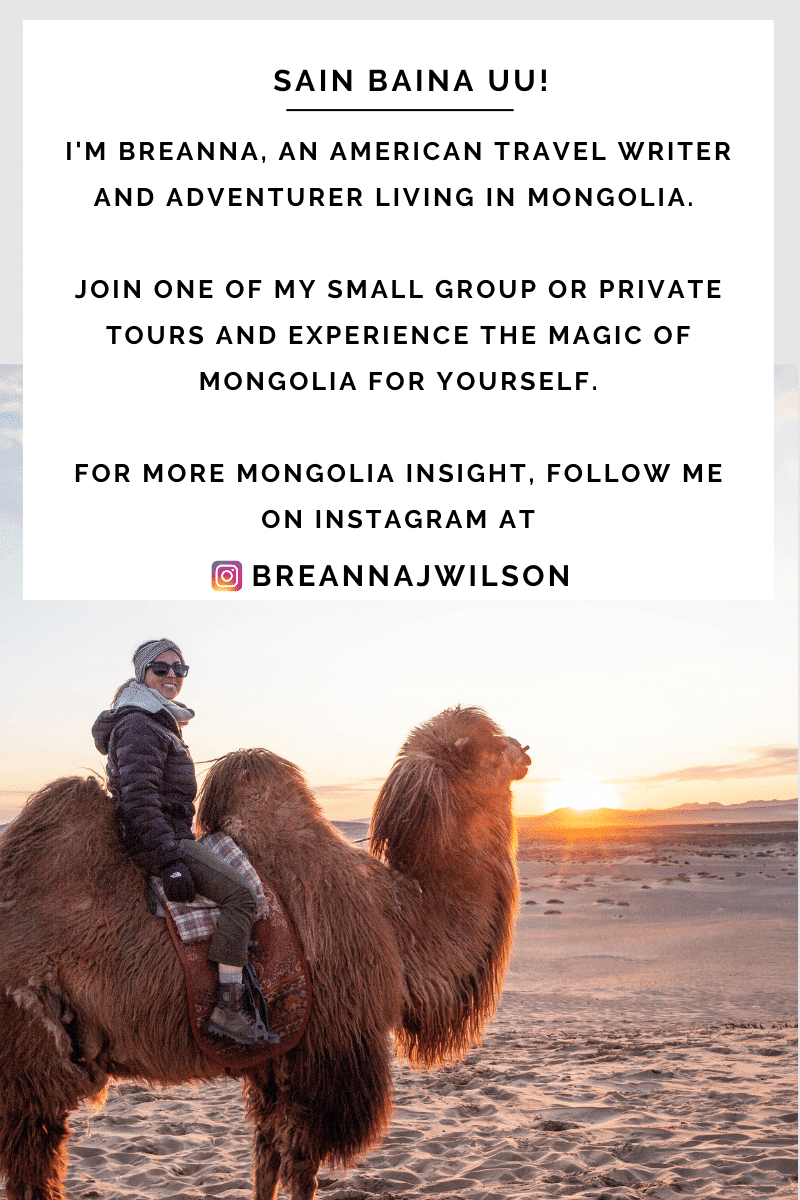
Live with an Eagle Hunter Family During this Eagle Festival Tour 2024

What is Mongolian Traditional Mounted Archery?
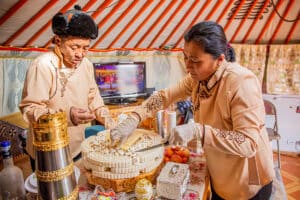
Mongolian Lunar New Year and Shambala Winter Tour 2025
Table of contents.
When I say I love living in Mongolia, I mean it with every part of my heart and soul. It was after coming here in 2018 as a tourist to join a Mongolia tour and experience the local culture that I remember thinking, this place can’t be real.
It turned out to be the best way to experience Mongolia I could have asked for. That short trip made me realize the Mongolian steppe is one of the last truly untouched places in the world for nature lovers and true adventure seekers.
Nomadic families really did still live of the land, and their herds, the same way they have for thousands of years. Talk about sustainable.
In fact, 25% of the Mongolian population still lives this way. That’s a huge percentage in a country of just over 3.2 million.
However, it wasn’t just the Mongolian countryside that I fell in love with. After coming back and living a summer in Ulaanbaatar (also written as Ulan Bator), Mongolia’s capital city, I knew this was the country, and the place for me.
It’s by no means easy living here. This is not the United States, where everything runs smoothly. Language barriers are a thing, credit cards always have issues (especially Mastercard), and you really need to get used to Mongolian time. Whether you want to or not.
In the end, I’ve learned it’s better not to resist this style of living and just go with the flow. It’s probably the only reason I’ve made it this long here. Living here has taught me a lot about patience, compassion, and myself. Things living in Los Angeles, New York, and growing up in Pittsburgh couldn’t do in 32 years.
Because, when it comes down to it, Mongolia is a tough place to be as a foreigner among the local people. When I moved here, there was no information on how to navigate the the city, let alone rural Mongolia. I’m talking, nothing! I had to become my own local guide.
Not just for people crazy enough to move here like me, but for travelers, too. The type of people willing to travel more than 24 hours to a place where they usually have no idea about the chaos they are about to encounter. The kind of people who book a tour but the tour company could be real and you could have the adventure of the lifetime, or it could be a complete scam. The people who just go for it with fearlessness without ever looking back. Those are my people. You are my people.
So, I hope this Mongolia travel guide, along with the other guides on this Mongolia travel blog give you the insight and information that wasn’t available to me when I first came here. That these articles will help you navigate Ulaanbaatar like a local and Mongolia like a travel pro.
As always, if you need help planning an itinerary or have more specific travel questions, you can always book a 30-minute travel consultation with me. There’s nothing I love more than talking about Mongolia and getting people excited about visiting.
When is the Best Time of Year to Visit Mongolia?
Summer is the best time of year to visit Mongolia and is considered peak season. June, July, and August are beautiful months with a great deal of things to see and experience. This is when most tourists visit Mongolia, so you can expect peak rates, sometimes crowded natural landmarks and museums, and full flights.
The average summer temperature in Mongolia is between 25° and 32° C, with cold nights. You can comfortably wear t-shirts during the day and a light jacket when it gets dark. Dust storms are common in the summer season, especially when you’re on the wide-open plains.
Keep in mind that if you visit areas in the north or west, at higher elevations, temperatures will be lower than this. If you visit places in the south, particularly the Gobi Desert, temperatures will be much higher. Temperatures in the Gobi Desert average 40° C, and higher, in June, July, and August.
If you plan to visit Mongolia in the summer, especially in July, book your tours, hotels, and flights no later than March. July is the busiest month for tourism in Mongolia thanks to the Naadam festival. Hotel rates in Ulaanbaatar are even known to double in price between July 10 and 12, when the Opening Ceremony takes place in the city.
Naadam is the biggest and most important festival of the year and visiting Mongolia during Naadam gives you the best of Mongolia, and Mongolian culture, in just a few short days. The festival always takes place in July, with the National Opening Ceremony always being held in Ulaanbaatar on July 11. Thus, the high hotel rates in the city.
It’s during Naadam when you can watch wrestling, horse racing, and archery competitions big and small across the country.
Here are some other great things to see and experience when visiting Mongolia in June, July, and August:
- Annual Naadam Festival
- PlayTime Music Festival
- Spirit of Gobi Music Festival
- Tenger World Shaman Festival
- Mongol Derby
- Monkey Run Mongolia
- Free Daily Cultural Shows in Ulaanbaatar
- Polo Matches at the Genghis Khan Retreat and Polo Club

What to Expect When You Visit Mongolia in Fall, Winter, or Spring
While summer is the most popular, and best time to visit Mongolia for many reasons, fall, winter, and spring shouldn’t be immediately ruled out. Here are a few reasons why.
Personally, fall is my favorite time to be in Mongolia .
Tourism starts to die down at the end of August as school starts and the weather starts to get a bit chillier and days shorter. This is the time when most nomadic families begin to prepare for the cold winter months ahead, which makes it an especially interesting time to visit. You can help families move to their winter camps, either by truck, camel, or yak, and help tear down and build their gers (homes) with them. It’s a special time to bond with families and feel like you’re being useful. The worst is when you go somewhere and feel like they’re just putting on a “show” for tourism reasons. This isn’t that. I can promise.
September is also the time when the landscape turns a beautiful golden hue. Trees turn bright shades of yellow, orange, and red, and snow starts to cover the mountain tops.
Because of all these things, traditional ger camps begin closing up for the season at this time. This is usually to traveler’s benefits because it means you can find great deals on nightly rates before they do.
Then, when October hits, it’s time for the famous Golden Eagle Festival .
The festival is extremely popular with tourists, so be sure to make your arrangements if you want to attend as far in advance as possible. I would recommend making your arrangements before June. Especially since securing flights from Ulaanbaatar to Ulgii can be tricky and confusing. For this I also recommend hiring a local tour company to make all your arrangements.
The annual Golden Eagle Festival is always held the first weekend in October .
Here are some other great things to see and experience when visiting Mongolia in September, October, and November:
- Sagsai Eagle Festival
- Golden Eagle Festival
- Ulaanbaatar Jazz Week
Don’t let the idea winter in Mongolia intimidate you. Yes, temperatures do reach -30° C. And yes, Ulaanbaatar is officially the coldest capital city in the world . But it’s because of these things Ulaanbaatar, and Mongolia, are something special to see and experience during December, January, and February.
While temperatures do drop to around -30° C, you can still do things like visit and spend the night in a yurt with a nomadic family out in Gorkhi-Terelj National Park. Out there, you can go horseback riding on Mongolia’s famously wild horses, and even dog sledding through the winter wonderland that has become the snow-covered countryside.
Or, better yet, head down to the Gobi Desert, one of the only deserts in the world where snow can lay across the dunes covering them in a sea of white. This is the perfect time to experience the natural beauty of the Mongolian desert, but with fewer crowds.
Alternatively, Tsagaan Sar , or Mongolian Lunar New Year, happens in February and is a unique way to experience a Mongolia relatively free of other tourists.
The holiday marks the first day of spring and a time when Mongolians take the time to visit each of the elders in their family, bringing gifts and sharing a meal. This is a special time for Mongolians to celebrate with family and look forward to new beginnings.
Here are some other great things to see and experience when visiting Mongolia in December, January, and February:
- Ulaanbaatar’s Christmas Markets
- New Year’s Eve Celebrations
- Tsagaan Sar (Lunar New Year)
- See the Gobi Desert Covered in Snow
- Dog sledding on Lake Khusvgul
- Ice Fishing
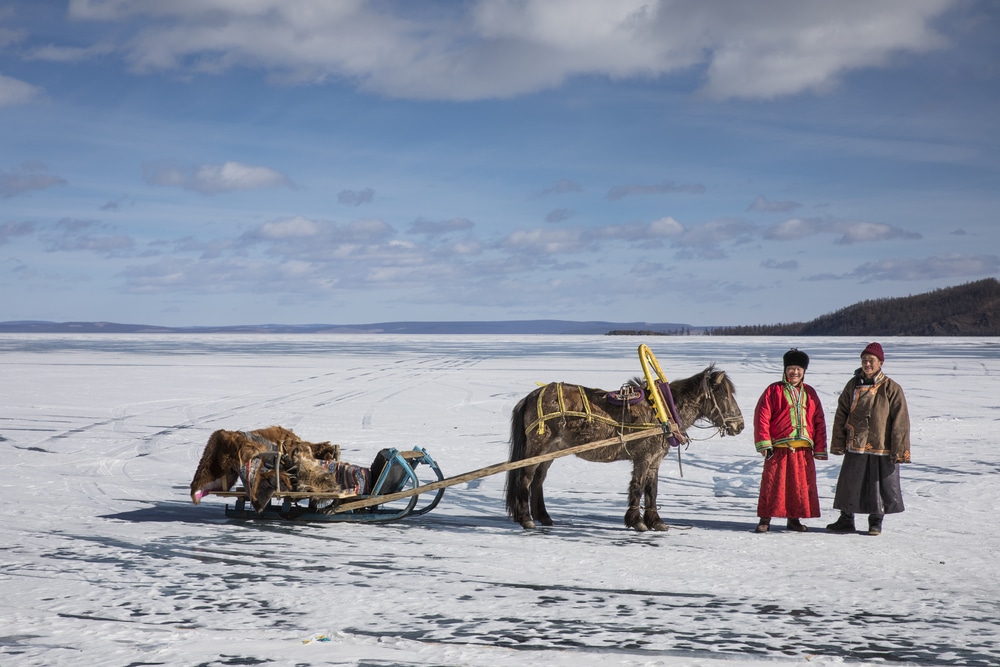
While most people think of spring as a time when temperatures start to warm up, flowers begin to bloom, and life returns to nature, spring in Mongolia isn’t quite that. In fact, spring is still uncomfortably cold and you should probably just think of spring in Mongolia as winter-lite.
Blizzards can still occur in May, which locals refer to as dzud (or zud, a natural phenomenon that kills off a large portion of herds from starvation since they aren’t able to graze), and it’s still a harsh time in the country as locals start to run out of winter rations and look forward to warmer summer months.
However, as is usually the case in Mongolia, the brave are rewarded with two very cool festivals that make a trip to Mongolia in the spring worth it.
The annual Camel Festival is held each March in the Gobi Desert.
During the festival, there are camel polo matches, camel races, and friendly competitions among the local camel breeders. Mongolia is one of the few places in the world where you find Bactrian (two-hump) camels, and the Gobi Desert one of the only deserts in the world where snow accumulates. Making a trip down to the desert during this time is actually quite a magical experience.
Also in March, the annual Ice Festival is held on Lake Khuvsgul, the world’s second-largest freshwater lake. The lake is completely frozen over and is strong enough to drive cars over and host an entire festival on.
And yes, this region bordering Siberia will be every bit as cold as you’d expect it would be, so don’t come unprepared. A fur-lined winter deel (traditional Mongolian robe) probably wouldn’t be a bad investment. You can have one custom-made in Ulaanbaatar as soon as you land.
Here are some other great things to see and experience when visiting Mongolia in March, April, and May:
- Camel Festival
- Ice Festival
- Ulaanbaatar Eagle Festival
Finding a Cheap Flight to Mongolia
Check the cheapest rates to Ulaanbaatar on CheapOair.com below.
The best direct flights to Mongolia are on the following airlines:
- Mongolian National Airline (MIAT)
- Turkish Airlines
If you’re traveling from the U.S., your two best options are via Istanbul on Turkish Airlines or via Seoul on Korean Air. I usually recommend traveling via Istanbul if you’re departing from the east coast and via Seoul if you’re departing from the west coast.
Turkish Airlines is my personal preference and I’ve never had an issue with them. I particularly like Turkish Airlines right now because they have a layover program that includes a free 4-star hotel in Istanbul . Besides helping break up your jetlag, it’s also an excuse to cross another country off your list. Two birds, one stone!
From Europe, flying via Frankfurt on MIAT, Mongolia’s national airline, is another good option. As an airline, MIAT is safe, but they don’t always have the best track record for being on time, having a smooth check-in process, and cancellations do happen with them more often than other airlines. I have flown MIAT, but they usually aren’t my first choice.
Internal domestic flights can be booked through MIAT, Aero Mongolia, or Hunnu Air. Domestic roundtrip flights are not cheap, usually costing at least a few hundred U.S. dollars. It’s also extremely confusing to book these flights on your own, especially without a local Mongolian bank account. If you plan to book a domestic flight in Mongolia, I recommend getting a local tour guide or agency to help you through the process.
Once you land in Ulaanbaatar at Chinggis Khaan International Airport, here are the best ways to get from the airport into the city center .
Taking the Trans-Siberian Railway
Taking the Trans-Siberian Railway from Moscow to Beijing is one of the most iconic train journeys in the world. It’s high on my list of things to do, and I’m hoping to do it sooner rather than later.
Conveniently, the Trans-Siberian Railway stops in Ulaanbaatar, giving travelers an excuse to explore the city and surrounding countryside for a few days. The train station is located in the heart of Ulaanbaatar and most hostels and guesthouses offer free transfers from the train station.
Tips for Taking Taxis, Public Transportation, and Hiring a Driving
When it comes to hailing a taxi, finding the bus schedule, or hiring a private driver, there are a few things to know. Use these travel tips for getting around Mongolia cost-efficiently and with less hassle than if you were to have to figure it out on your own.
Finding a Taxi in Ulaanbaatar
You can hail a taxi in Ulaanbaatar simply putting out your hand to your side, signaling you’re looking for a ride.
These are not official taxis, but they are the most common way to get around the city. It’s how I get around almost every day. It’s safe and reliable, but you do need to explain where you’re going. I usually tell the driver a major landmark that’s close enough to where I’m going or I show them on Google Maps. On occasion, the driver will ask for your destination before allowing you in their car, just in case they aren’t going that way. Both male and female drivers stop and do this, sometimes with kids and other family members in the car. It’s all normal here.
When it comes time to pay your driver, expect to pay 1,500 MNT per kilometer . It’s helpful to have small bills and exact change, most drivers don’t carry cash.
If the thought of getting into a strange Mongolian’s car freaks you out, apps like UBCab are the Mongolian equivalent of Uber, which don’t exist in Mongolia. You’ll need a local Mongolian number to register within the app and begin requesting rides. The app is okay from a user perspective and the driver usually calls when they’re on their way to your pickup location.
You’ll still need cash if using UBCab, the app doesn’t accept credit cards. At the end of the ride you’ll see your total in the app, which also helps you get a gauge on the average taxi price to get around the city.
Scooters and Bikes
Ulaanbaatar is now home to both scooter and bike sharing apps.
Jet scooters are hard to miss scattered around town. To use one, download the Jet app ( Apple , Android ), scan the scooter’s QR code, and then pay by the minute. You can use the app to find a nearby scooter and while they are a convenient way to beat rush hour traffic, Ulaanbaatar’s sidewalks and drivers don’t make it the safest option. Ride with caution!
Hi Sainuu ( Apple , Android ) is the bikesharing app that’s taken over the city. It works much the same way as Jet and, again, should be used with caution.
Public Transportation in Ulaanbaatar
Buses within Ulaanbaatar are often crowded, especially around rush hour thanks to a lack of routes and other public transportation options. Ulaanbaatar does not have a subway system.
Cash is not accepted once you step on the bus so you’ll need a refillable U Money Smart Card (3,600 MNT to purchase) to take the bus. The price per ride is 500 MNT. You can purchase and refill a U Money Smart Card at bus kiosks around town or inside CU convenience stores. Note that routes and bus numbers will appear in Cyrillic.
You can find information on bus stops, waiting time, routes, and U Money kiosks on the UB Smart Bus app ( Apple , Android ).
Additionally, it’s possible to take buses from Ulaanbaatar to different cities throughout the country. Bus tickets and schedules are found at the Dragon Center Bus Station, on the outskirts of Ulaanbaatar. You can now purchase bus tickets to destinations outside of Ulaanbaatar online , but be warned the system doesn’t always work as promised. I recommend going to the bus station a day before you plan to depart Ulaanbaatar to get the most up-to-date schedule and purchase your ticket in-person then.
A bus ride to Moron, for example, will be relatively inexpensive, costing 32,000 MNT for the 14-hour ride.
Renting a Car in Ulaanbaatar
Renting a car in Mongolia these days isn’t as cheap as it used to be. In fact, it’s downright expensive. With only two major rental companies to choose from, Avis and Sixt, there’s a monopoly on the car rental market. When you rent from either company, expect to pay a deposit on the rental around $2,000 USD, not including any of your rental costs, which will also need paid up front. If there’s no damage done to the car, you’ll get the deposit money back after returning the rental at the end of your trip.
One hack to that is renting a car through a company like Follow the Tracks . The company offers self-driving tours of Mongolia and these cars are equipped with rooftop tents and they even give you a route to follow.
Another reason I really like Follow the Tracks is because it can be very difficult to navigate Mongolia on your own. Once you leave the city the roads conditions start to worsen, and fast.
Unless you’re a driver who’s really comfortable driving off-roading, and in extreme conditions, I don’t recommend renting a car in Mongolia.
Instead, hire a driver.
Hiring a Driver in Mongolia
There are a few benefits to hiring a driver in Mongolia.
First, like I mentioned above, unless you are really comfortable driving off-road, driving in Mongolia is not easy.
Second, you can’t beat the cost. The cost per day to hire a driver with a car in Mongolia is currently 200,000 MNT per day. You are responsible for the driver’s meals, making sure they have a place to sleep, and you’ll pay for your own gas along the way. Your gas costs will depend on your route, and the type of car you’re in, but expect to fill up at least three to four times during your trip at 300,000 to 400,000 MNT per tank.
Your driver will need to be paid in cash at the end of your trip. Gas can usually be paid for by credit card at gas stations like Petrovis, but you should also carry emergency cash on you for at least two tanks of gas, just in case.
I recommend hiring a driver with either a Toyota Land Cruiser 200, Toyota Delica, or Russian UAZ furgon. These will be the most reliable cars that will get you across the steppe. UAZ furgons are the least comfortable of the three options, and usually also the cheapest.
Drivers are always flexible, easy going, and ready to fix their own car when something goes wrong. Something I can almost guarantee will happen. Usually drivers don’t speak English, but you’ll quickly learn the key words you need to get through your journey. Never underestimate the power of sign language and Google Translate. Take the time to get to know your driver, they’re funny characters that start to become like family in no time.
Popular Mongolia Guides:
- 11 Traditional Mongolian Foods To Know
- Gift Ideas for Visiting a Nomadic Family
- Best Books About Mongolia
- What to Budget and Travel Costs (2023)
- How to Get From Ulaanbaatar Airport to the City Center
Itinerary Ideas & Packing Lists:
- Chinggis Khaan Equestrian Statue & Gorkhi-Terelj National Park Day Trip
- How to Attend Naadam, Mongolia’s Biggest National Festival
- Mongolia Packing List: The Essentials
Plugs and Voltage
Sockets in Mongolia work with both U.S. (type B plugs with two flat prongs and a grounding pin) and European plugs (type C plugs with two round pins). Each socket has one type of each plug.
So, if you’re coming from the U.S., your device will work in most wall sockets in Mongolia. However, it is important to note that there will be a voltage difference. In Mongolia the sockets are 230 volts, compared to the typical 120 volt sockets we use in the U.S.
Most computer chargers, phone chargers, and other electronics have power converters built into the device to account for these types of voltage differences.
For example, I use my U.S. computer charger without any issue. I plug it right into the socket in my apartment, in coffee shops, in hotels – everywhere – and I’ve never had an issue. The same goes with my phone charger, camera battery charger, drone charger, hair straightener, and just about any other electronic you can think of.
If you’d like to bring a wall charger that will allow you to charge via USB-A and USB-C, I recommend this travel adapter . This two pack also gives you the most charging power out of the shortest available charging time.
When packing for Mongolia, be sure to bring travel adapters, power banks, extra C charging cables, and a solar powered charger, if you have one. Electricity is not reliable or regularly available once you leave Ulaanbaatar, so you need to be prepared if you plan to travel around the country for several days. Especially if you plan to do a homestay or spend time in the more remote corners of the country.
As I mentioned above, be aware that the voltage is much higher in Mongolia than it is in the U.S. (230 V vs 120 V). If you plan to plug directly into the wall socket make sure your device has a built-in power converter, or you have a power adapter that allows for dual voltage.
Getting a SIM Card
The best place to get a physical SIM card in Ulaanbaatar is at the State Department Store on the 5th floor. There you’ll find Unitel , MobiCom , Skytel , and gmobile kiosks next to each other. Since they are all located next to each other, it’s easy to browse and compare each company’s service plans and choose the right one for your trip.
Most locals use Unitel, myself included, which offers some of the best service coverage across the country.
Getting a SIM card is quick and easy, but you will need to bring your passport with you to get one issued. You can use a credit card or cash to purchase your car and plan, which should cost less than 40,000 tugrik all together.
If you have an iPhone 15 that doesn’t have a SIM card holder , you can ask for your SIM to be converted to an eSIM . From experience, I know that Unitel offers eSIM cards .
eSIMS are also available in Mongolia and can be purchased through apps like Airalo. Purchasing an eSIM this way is more expensive ($35 USD compared to $10 USD), but it is more convenient and works just as well as using a physical SIM. If you’re short on time and won’t have time to make it to the State Department Store before leaving the city, this is a great option.
Before you purchase a SIM card of any kind, be sure to ask yourself if you really need or want one. Service in the countryside is hit and miss, so even if you purchase a SIM you may not have any data or service.
Only purchase one if it’s absolutely necessary for you to stay connected. Otherwise, enjoy being disconnected, that’s one of the best things about traveling in Mongolia.
If you do decide to purchase a SIM, the two most reliable service providers in Mongolia are MobiCom and Unitel. Tourist plans start as low as 20,000 tugrik and include international call rates, SMS messaging, and different levels of data. No service provider will be able to offer unlimited data, we just don’t have that in Mongolia yet.
Exchanging Cash in Ulaanbaatar
The local currency in Mongolia is Tugriks , also spelled togrog or used as the abbreviation MNT.
As of December 2023, one USD = about 3,455 Tugrik .
You will always need to have cash on hand in Mongolia. Even in Ulaanbaatar where credit cards are becoming more widely accepted. But, you can’t always rely on them to work. It’s especially known that there are issues with Mastercard credit cards and American Express. If you have a Visa credit card, that is your best option for using around the city.
Cash will always be needed if you hail a taxi off the street, and be sure to carry smaller bills on you at all times. Expecting exact change isn’t always possible. I recommend carrying at least ten 1,000 MNT bills, four 5,000 MNT bills, and two 10,000 MNT bills with you at all times. This is still a country where cash is king.
The easiest way to exchange USD or Euros for Tugriks is at one of the currency exchange offices off of Sambuu Street, near the Holiday Inn , where this Google Maps pin is.
There is also a cash exchange stand in the State Department Store, on the third floor, near the kitchen electronics.
ATM’s are more available than cash exchanges in the city, so you can pull out money that way as well. ATM’s typically have a withdraw limit of 500,000 MNT, 800,000 MNT at very select terminals.
Prepare to have what will seem like a large amount of cash on you and note that Mongolia does not use coins.
While most tour operators, guides and private drivers are happy to accept cash in USD or Euros, taxi drivers and local businesses will only accept MNT.
Take my advice and take care of this before you leave Ulaanbaatar for the countryside. Finding working ATMs and currency exchange counters isn’t so easy in the country’s small towns and remote areas.
Visa-Free Countries and How to Get an E-Visa
Citizens from more than 60 countries, including the U.S., Canada, Australia, New Zealand, Germany, Italy, Spain, and the United Kingdom of Great Britain and Northern Ireland can enter Mongolia without needing a visa.
U.S. citizens do not need a visa to enter Mongolia. If you are a U.S. passport holder, and you plan to stay more than 30 days, you will need to register with the immigration office within 7 days of arriving in the country. Then, you can stay up to 90 days without issue. If you fail to register with immigration, you’ll be fined a few hundred dollars at the airport when leaving the country.
Citizens of Canada, Denmark, Belgium, Germany, Iceland, Israel, Italy, France, Spain, Greece, Norway, Sweden, and Switzerland can stay visa-free for up to 30 days .
Citizens from 98 countries, including India, China, Mexico, Saudi Arabia, South Africa, and Armenia can now apply for an electronic visa before departing for Ulaanbaatar.
See the full list of visa-free countries here.
Registering with the Immigration Office
When I first started coming to Mongolia this process had to be done in person at the Immigration Office, which is nowhere near the center of town. Today the process is automated and takes only minutes to complete.
U.S. citizens who plan to stay in Mongolia for more than 30 days need to register with the Immigration Office within 48 hours of arrival.
This has nothing to do with being allowed to stay for up to 90 days visa free. This is absolutely mandatory. I can’t stress this enough. If you fail to register at the Immigration Office you will be stopped at passport control on your way out of the country and not allowed to board your flight until you pay the fine for violating this law. Even worse, you could be banned from entering the country ever again.
Luckily, you can now register with the Immigration Office online.
To register online with immigration you will need to do the following. You will need the information for the person responsible for your stay in the country, including their ID number, email, local phone number, and address . You should have this information before you begin filling out the form.
- Go to https://immigration.gov.mn/en/
- Click “Registration of a Foreign National”
- Follow the steps on the form
- Click submit and you’re all set. The form may not look like it’s been submitted, but it has.
- You won’t receive a confirmation email so I recommend taking a picture of the screen or a screenshot in case there is an issue or dispute when you go to leave the country.
Language and Religion
Mongolian is the official language spoken in Mongolia. It’s written using the Cyrillic alphabet. Although it’s becoming more common to see it written using Latin letters.
Russian and English are the second and third most spoken languages by Mongolians. However, don’t expect most people in Ulaanbaatar to speak English. Most Mongolians don’t.
It will be more likely to find English-speakers in Ulaanbaatar. Once you leave the capital, don’t expect English to be a common language to use for communicating. (You can always use my Mongolian Language Cheat Sheet for help.)
Buddhism is the main “religion” practiced in Mongolia. About 80% of the population considers themselves Buddhist.
Mongolians also believe in respecting the earth and its inhabitants above all else. This is called Tengerism and it was primary religion in Mongolia centuries ago. Today Tengerism and Shamanism still play an important role in the core beliefs of most Mongolians, but they’ll still call themselves Buddhists.
While most of the country’s monasteries were destroyed during Soviet times, a handful can still be found across the country and are worth taking the time to seek out and visit.
Eating and Drinking in Mongolia
There are many amazing traditional Mongolian dishes to taste during your travels. From homemade buuz (dumplings) to tsuvian (friend noodles with dried meat and vegetables) and khuushuur (think: Mongolian hot pocket meets an empanada), you’ll have plenty of opportunities to taste them all. Especially if you’re planning to spend time with a nomadic family in their home.
There are a few important things to remember about eating and drinking in Mongolia.
First, it’s rude to accept food and not finish it. Food is a scarce and sacred resource on the steppe and it should be treated that way.
Second, always accept a plate, cup of tea, or anything else from your host with your right hand or two hands.
Finally, drinking is very common in Mongolian culture. A bottle of vodka for your nomadic host will always go a long way but be warned that (like many post-Soviet countries), alcoholism can be a problem. Always drink with caution and be aware of your surroundings and never drink and drive. Mongolia has a zero tolerance policy.
Besides vodka, airag , or fermented mare’s milk, is another common alcoholic beverage. It’s most commonly consumed in the countryside, where nomadic families make their own brew. Be cautious when drinking airag, your stomach won’t be used to the bacteria and it’s been known to make people run to the toilet. I’m speaking here from experience!
I recommend keeping your drinking to a minimum when you’re staying with a host family. Especially if you’re female or traveling alone.

Travel Insurance and Emergency Healthcare
Getting medical treatment is cheap compared to other countries. I paid about $3,000 all in for surgery in Ulaanbaatar at a private hospital when I broke my collarbone. If I was in the U.S. that same surgery would have probably been $30,000.
The downside of cheap medical treatments is that they aren’t always the most reliable or consistent. While I had a great experience, I can’t say that other foreigners have had the same.
This is why I always recommend purchasing travel insurance for your trip to Mongolia.
Should something terrible happen to you during your trip, such as a horse riding or car accident, your travel insurance policy should cover medical emergencies and evacuation. Be sure to do your research when looking at policies and choose the best one for you, your travels, and your budget.
Look for a policy that also covers trip cancellation in case you need to unexpectedly cancel your travel plans. Trip cancellation policies cover unforeseen events, like an illness, injury, jury duty, or an airline strike. Reimbursable costs in these instances could include transportation, accommodations, and tour costs, up to 100% depending on your policy.
If you experience a medical emergency while in Ulaanbaatar, the phone number is +976 103.
If you experience a medical emergency while outside of Ulaanbaatar, the best thing to do is get to the city as quickly as possible. If you don’t need to, don’t go to one of the local towns for medical treatment.
Hospitals I can vouch for in Ulaanbaatar are:
- UB Songdo Private Hospital
You can find more information, including each hospital’s location and contact information, on our what to do in case of emergency page.
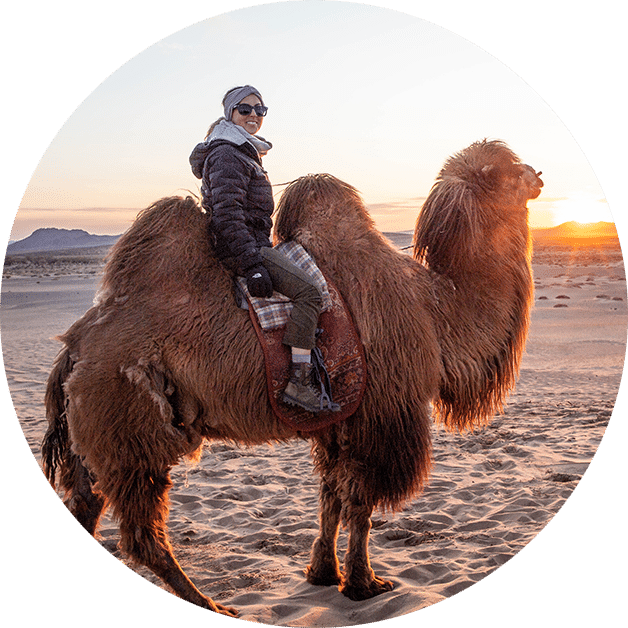
Author: Breanna Wilson
Hi! Sain uu! I’m Breanna, an American travel writer and adventurer living in Ulaanbaatar, Mongolia for more than 5 years. I’ve written for and been featured in Condé Nast Traveler, CNN, Forbes, and the New York Times, among others. Read more of my Mongolia travel articles here .
Train Like a Mongol Warrior During this 6-Day Mounted Archery Trip
Privacy policy, terms & conditions, join my private travel group on facebook.
Proudly Based in Ulaanbaatar, Mongolia © 2024 Meanwhile in Mongolia
AFFILIATE NOTICE
This website contains links to products and services where I may make a commission when you purchase. This supports the continued upkeep and development of this website. For an explanation on this policy, read my Advertising Policy page .
- Mongolia Tours
- Mongolia Travel Guide
- When to Visit Mongolia
Best Time to Visit Mongolia
- Jan Avg Daily: -16 ° C Avg Nightly: -29 ° C
- Feb Avg Daily: -11 ° C Avg Nightly: -23 ° C
- Mar Avg Daily: -2 ° C Avg Nightly: -14 ° C
- Apr Avg Daily: 8 ° C Avg Nightly: -5 ° C
- May Avg Daily: 17 ° C Avg Nightly: 3 ° C
- Jun Avg Daily: 21 ° C Avg Nightly: 9 ° C
- Jul Avg Daily: 25 ° C Avg Nightly: 11 ° C
- Aug Avg Daily: 23 ° C Avg Nightly: 10 ° C
- Sep Avg Daily: 15 ° C Avg Nightly: 3 ° C
- Oct Avg Daily: 7 ° C Avg Nightly: -7 ° C
- Nov Avg Daily: -5 ° C Avg Nightly: -18 ° C
- Dec Avg Daily: -13 ° C Avg Nightly: -26 ° C
- ~ mins read
Mongolia is laid back country that is ideal for those who enjoy solitude. The vast emptiness of the country and the isolated landscape will make you feel like you’re on a different planet altogether. In a way, it is this ethereal beauty that makes up Mongolia’s charm - there is no other place in the world that even comes close. If you want to experience this otherworldly beauty, figure out when to visit Mongolia , and you’ll be good to go!
Quick Facts
- High season : June - August
- Low season : October - April
- All seasons: May - September (summer), October - April (winter)
- The best time to visit Mongolia is between June and August when the weather is warm, and relatively dry compared to the winter months.
- May and September are also good months to visit Mongolia. They are shoulder months, but it might be too cold for certain visitors.
- October to April is the peak winter in Mongolia, but this is when to visit Mongolia if you are a fan of winter sports.
- The temperature in December - January is freezing, so this is a period when you should avoid Mongolia at all costs.
Mongolia is a vast country, and the endless steppes will definitely make you realize just how the earth actually is. From Khuvsgul Lake, to Gobi Deserts, and the Altai Mountains, the Mongolian landscape is vast and varied, and you will definitely not have a dull moment during your entire trip.
The best time to visit Mongolia is between June and August, which is the peak of summer. The weather is particularly warm (compared to the other months), and except for a few scattered rainstorms, there is little to no precipitation either! Mongolian summers are the best time to travel to the country, for the winter can get rather merciless, and unless you’re used to sub-zero weather, you will not enjoy your time there.
You can also visit during May, or September. The weather in Mongolia is slightly colder than in the summer, but it is still bearable. There will be fewer tourists in the country during this period, and many gers (traditional yurt camps) will either be closing down for winter, or opening up after the end of the season. Make your plans in advance, and have a flexible schedule if you’re traveling during this period, as the weather might change with little notice.
Seasonal Overview
1. may to september — summer/ high season.

Summer is the best time to visit Mongolia for a number of reasons. The weather is usually dry throughout the season, except in Ulaan Baatar , where there may be thunderstorms in the months of July and August. The weather in the Gobi desert will be incredibly warm, with temperatures going above 100 degrees. Towards the end of the season, there may be rainfall in the northern and central parts of the country as well. However, Mongolia looks beautiful after the rains, as the Gobi becomes more comfortable, and the forests in the north start changing colors. The weather can be rather unpredictable during May, and September, so make sure you pack your warm clothes all the time!
- Avg. Temperature : 48 – 62° F / 9 – 17° C (in Ulaan Baatar)
- Rainfall : 50 – 279 mm
- Season : Summer
- Highlights : This is the best time to visit Mongolia for a number of reasons. The weather in Mongolia is ideal to visit Lake Khuvsgul, Karakorum, or the Altai Mountains. If you want to visit the Gobi Desert, September is the best time to do so(the temperatures soar up to 122 degrees Fahrenheit during July - August, and the desert is below freezing the rest of the year). In July, you can head to Ulaan Baatar for the traditional Naadam Festival, where native warriors compete in traditional sports, and nomadic families get together for their annual celebrations.
2. October to April — Winter/ Low Season

Mongolia enjoys sunshine for a good 2/3rd of the year - but don’t let this fool you into thinking that it will be warm. The winters are brutal and unforgiving, especially in December and January. The snow storms and cold wind start blowing around this time. Many mountain passes might close down as well. The Gobi desert will also freeze over around this time. Ulaan Baatar is the coldest capital city in the world, so it will be incredibly cold in the winter months. Air pollution also gets unbearable during this season, so this may not be the best time to visit Mongolia for a number of reasons.
- Avg. Temperature : -11.2 – 30° F / -23 – (-1)° C (in Ulaan Baatar)
- Rainfall : 0 – 50 mm
- Season : Winter
- Highlights : There are still a number of activities for you to take part in if you want to visit Mongolia this season. Many ger camps close down by this point, but the ones that are open will offer discounts. If you are an adventurous person, this is when to visit Mongolia to go for dog-sledding, skiing, and ice-skating in the Altai Mountains. If you want to observe Mongolian culture, you can participate in the Ice Festival, Tsaagan Sar (Lunar New Year), and the Thousand Camel Festival, all of which take place in winter. You will get to observe native traditions, and mingle with the nomadic tribes as well!

Popular Destinations
- Europe Tours
- Everest Base Camp Trek
- Italy Tours
- Spain Tours
- Argentina Tours
- Canada Tours
- Sri Lanka Tours
- Chile Tours
- Antarctica Tours



Mongolia Travel Guide
By Jessie Festa. This guide to Mongolia travel contains affiliate links to trusted partners.
Looking for an in-depth Mongolia travel guide ?
Then you’re in the right place!
This vast and enchanting country, nestled between Russia and China, offers a unique and unforgettable travel experience. With its rich history, stunning landscapes, nomadic traditions, and hospitable people, Mongolia beckons adventurous souls seeking an escape from the ordinary.
Geographically diverse, Mongolia boasts a landscape that ranges from sprawling grasslands and vast deserts to majestic mountains and crystal-clear lakes.
The Gobi Desert , a mesmerizing expanse of endless sand dunes and rugged cliffs, offers a surreal experience like no other.
On the hand, the Altai Mountains in western Mongolia captivate visitors with their snow-capped peaks, lush valleys, and abundant wildlife.
Then there is Lake Khuvsgul – aka the “Blue Pearl of Mongolia” – which draws travelers with its pristine waters and surrounding forests.
One of the most striking aspects of Mongolia is its nomadic heritage, a way of life that has endured for centuries. The nomadic people, known as herders, live in traditional felt-covered gers (similar to yurts) and graze their livestock on the vast grasslands.
Immersing yourself in this unique culture offers a chance to witness their timeless traditions, such as horseback riding, eagle hunting, and the art of making dairy products like airag (fermented mare’s milk) and aaruul (dried curd).
The capital city, Ulaanbaatar , serves as a gateway to the wonders of Mongolia. Bustling with energy, it blends modernity with a hint of the country’s ancient past. Explore the National Museum of Mongolia to delve into the rich history and culture of the region, or visit Gandan Monastery to witness the beauty of Buddhist architecture and observe the rituals of the monks.
Venturing beyond the city, you’ll discover a wealth of natural and historical treasures. The Orkhon Valley , a UNESCO World Heritage Site, is home to ancient ruins, including the legendary Karakorum , once the capital of the Mongol Empire.
For nature enthusiasts, Mongolia presents a playground of adventure. Embark on a multi-day trek through the Khentii Mountains , exploring hidden valleys and encountering rare wildlife such as the elusive snow leopard.
You can also hike to the top of the majestic Khorgo Volcano in the Terkhiin Tsagaan Nuur National Park for panoramic views of the surrounding landscapes, or indulge in a horse trek across the vast steppes, forging a deep connection with the land and its nomadic inhabitants.
Mongolia’s festivals provide a colorful window into its vibrant culture. The Naadam Festiva l, held annually in July, showcases the “Three Manly Games” of wrestling, horse racing, and archery. It is a celebration of athleticism, skill, and national pride that dates back centuries.
The Eagle Festival , held in the western part of the country, allows you to witness the ancient art of eagle hunting and experience the bond between hunters and their magnificent golden eagles.
Mongolia’s charm lies in its untouched landscapes, its rugged beauty, and the warmth of its people. Traveling through this land of open spaces and vast skies, you’ll be enchanted by the genuine hospitality and generosity of the Mongolian people, whose nomadic spirit is deeply rooted in their DNA.
Whether you seek adventure, cultural immersion, or a spiritual connection with nature, Mongolia has it all. So pack your bags, embrace the unknown, and let the Land of the Blue Sky captivate your heart and soul. Get ready for an unforgettable journey through a land where time seems to stand still and the spirit of the nomad roams freely!
Keep reading to dive into resources that will help you with planning a trip to Mongolia in Asia .
Note: This guide to Mongolia travel contains affiliate links to trusted partners!

Mongolia Map
Use this Mongolia travel map to begin planning your trip!
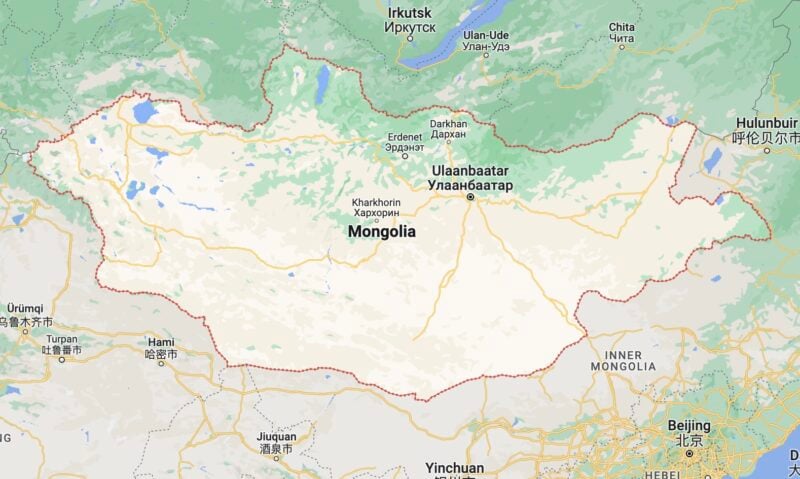
Click here for an interactive version of the above map.
Mongolia Travel Tips
Get advice on planning the perfect trip to Mongolia.
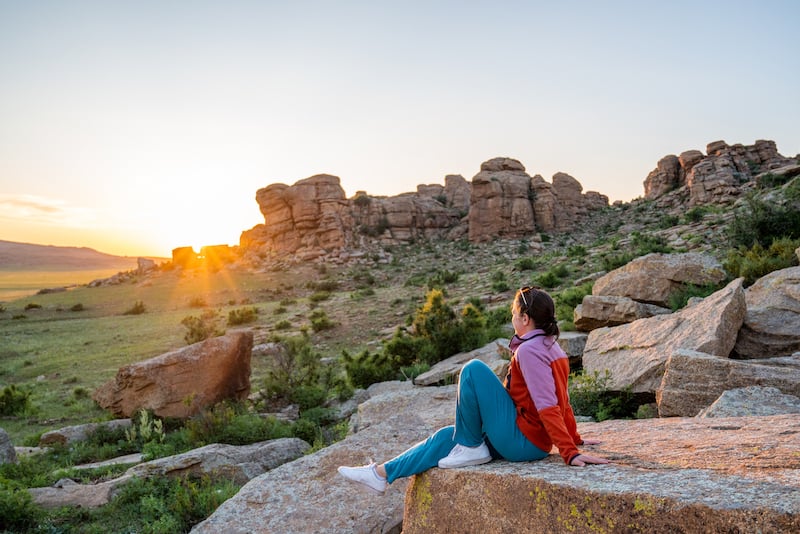
18 Best Places To Visit In Mongolia
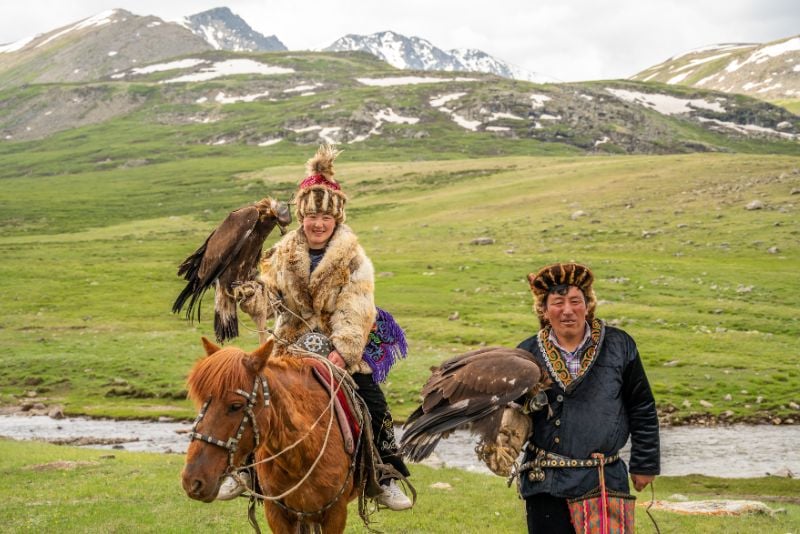
Altai Mountains Mongolia: How To Have An Unforgettable Trip
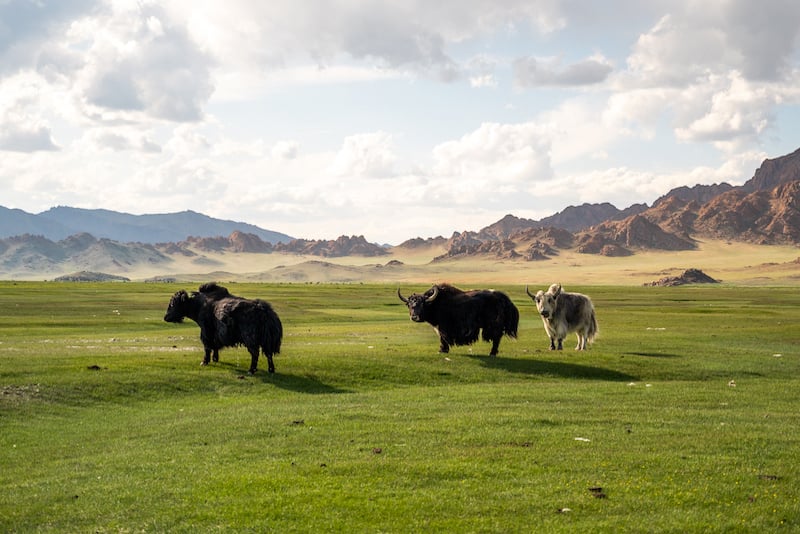
The Perfect 2 Week Mongolia Itinerary
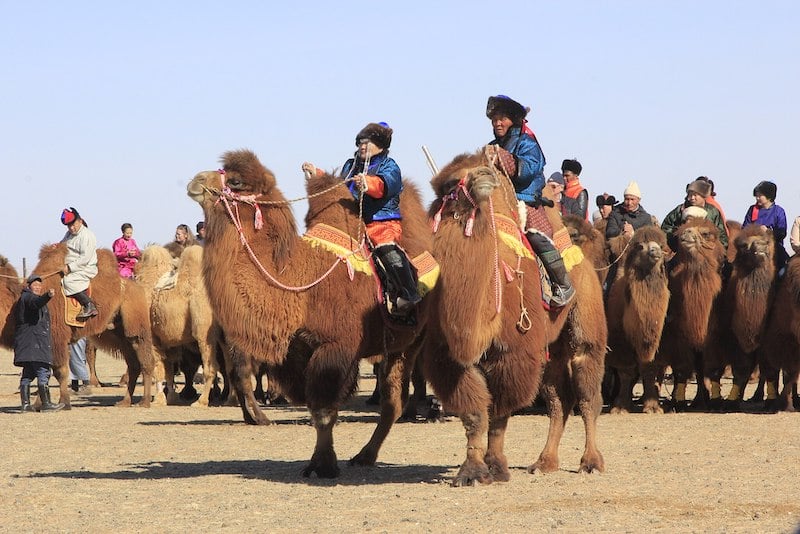
10 Festivals In Mongolia Worth The Trip
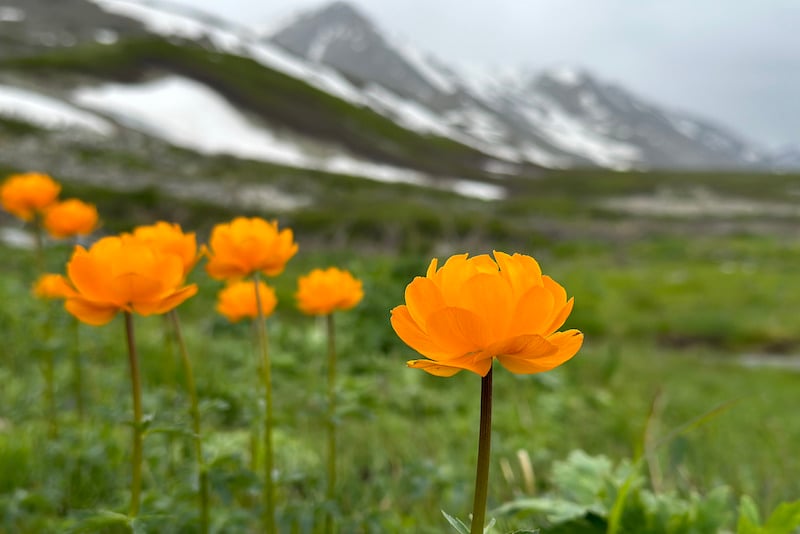
Best Time To Visit Mongolia
Asia Travel Tips
This Asia travel advice can help you plan the perfect trip.

24 Best Places For Solo Travel In Asia
Top Mongolia Tours
Book a Mongolia tour and get to know the culture through a local. A few top-rated Mongolia tours, each departing from Ulaanbaatar, include:
- Genghis Khan Statue with Terelj National Park & Aryabal Temple
- Cooking Class in a Traditional Ger Home in Ulaanbaatar Suburbs
- 4-Day Essencence on Mongolia Tour
- Full-Day Tour of Ulaanbaatar with Museum & Black Market
- Bogd Khan National Park Hiking Day Trip
Click here for a full list of Mongolia tours .
Mongolia Hotels
Click here to browse hotels in Mongolia!
Prefer self-contained stays?
Click here to check out unique local rentals!
You can also use this map to search for local stays. It’s currently set to Ulaanbaatar, but you can easily change it to your preferred Mongolian destination:
Mongolia Travel Insurance
It doesn’t matter if you’re traveling solo or with a group on a Mongolia tour. When visiting Mongolia — or any other country in the world — make sure to get travel insurance to protect your health and safety.
In my opinion, the best travel medical insurance for travelers is SafetyWing as they’ve got a large network and offer both short-term and long-term coverage — including coverage if you’re traveling for months as well as limited coverage in your home country).
Additionally, SafetyWing is budget-friendly and offers $250,000 worth of coverage with just one low overall deductible of $250.
With coverage, you’ll have peace of mind as you embark on your Mongolia itinerary.
Click my referral link here to price out travel insurance for your trip in just a few clicks .
Mongolia Travel Guide FAQ
Below, find answers to frequently asked questions about traveling Mongolia .
Q) What is Mongolia best known for?
Mongolia is known for its diverse landscapes, nomadic culture, rich history – including Genghis Khan and the Mongol Empire – and world-renowned tourist attractions like the Gobi Desert.
Q) Is Mongolia safe?
According to Travel-Safe Abroad , the risk of being the victim of a violent crime in Mongolia is low. That being said, you should be careful of pickpockets and other scams in the capital city of Ulaanbaatar.
Q) Is Mongolia an expensive country?
While someone’s opinion on a country being cheap or expensive is relative, in general, Mongolia is considered a very budget-friendly country to travel through. Budget travelers can expect to spend around $30 to $50 per day, while mid-range travelers may spend approximately $70 to $100 per day.
Q) What is the best time to visit Mongolia?
While you can visit Mongolia any time of year, summer (mid-June to late August) is typically considered the best time to visit. This is when you’ll experience warm temperatures and pleasant weather and can attend the famous Naadam Festival in July.
Q: Do I need a visa to visit Mongolia?
It’s recommended to view your country’s Mongolia International Travel Information page for the most up-to-date information on entry and exit requirements. You can also contact the Embassy of Mongolia.
Q: How do you get to Mongolia?
International airlines fly into Buyant-Ukhaa International Airport in Ulaanbaatar, the capital city of Mongolia. From there, it is about an hour drive to the heart of the city, depending on traffic.
Q: Are credit cards accepted in Mongolia?
Credit and debit cards are often accepted in big cities, like Ulaanbaatar; however, you’ll definitely want to bring cash when visiting the countryside.
Q: What is the local currency in Mongolia?
The tugrik (MNT) is the national currency of Mongolia.

What would you add to this Mongolia travel guide?

- Staying with a Mongolian Nomadic family tour Hot
- Holiday with Mongolia's nomadic family tour
- Springtime Nomadic Adventures Hot
- Mongolia Naadam Festival tour 2024 Hot
- Gobi Desert and Grand Naadam Festival tour 2024
- Ancient Capital of Mongol empire tour
- Horse Trekking in the Orkhon Valley New
- Sacred Rivers Horse Trek
- Trekking in the Altai mountains tour
- Mongolia honeymoon tour Hot
- Discover True Mongolia (September) Hot New
- Gobi Odyssey (6 days) Hot
- Discover True Mongolia tour 2024 Hot
- Mongolian Gobi desert & Beijing Highlights tour New
- Endangered species in focus tour Hot
Karakorum & Bayangobi desert gateway (4 days)
- The Highlights of Central Mongolia tour
- City tour of Ulaanbaatar Hot
- All group tours enlisted here for your and linkable to tour calendar page
- Mongolia visa and assistance
- Getting to Mongolia
- Medical info
Climate of Mongolia
- Mongolian food and meals
- Mongolia customs
- Mongolia Accommodation Guide
- ( Suggested hotels )
- China visa assistance
- Getting to China
- China Travel Medical Info
- China Weather and Climate info
- Chinese Food Info
- China Customs
- Accommodation in China
- Russia visa assistance
- Getting to Siberia
- Climate of Siberia
- Food info for Siberia travel
- Russia customs
- Accommodation in Siberia
- Flights to Mongolia
- Trains to Mongolia
- Mongolia FAQ
- Travel Insurance
- Mongolia overview
- Mongolian culture
- Mongolia travel inspiration
- Mongolian History
- China overview
- Chinese Culture
- China Travel Inspiration
- ( China Destinations )
- Siberia overview
- Siberia travel inspiration
- Siberian culture
- Travel photos and Videos
- Why travel Mongolia with us
- Company profile
- Meet the team
- Responsible Travel
- Cooperate with us
- Subsidiaries
- Book a tour
- Tailor-made tours form
- Tour calendar
- Payment Instructions
- Terms and conditions
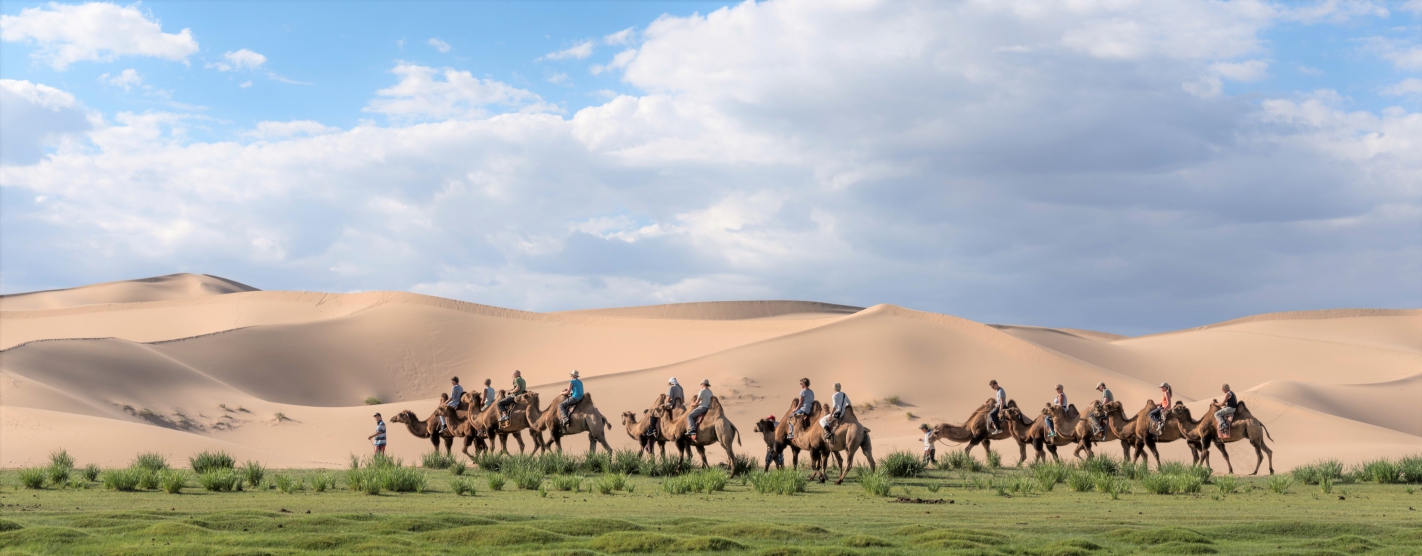
- Mongolian Embassies
- Suggested hotels

Mongolia is well known as home to some extreme weather. The summers can be hot and the winters are bone chillingly cold. They have four pretty different seasons, but one thing that is consistent are sunny skies. Mongolia is known as the “Land of the Eternal Blue Sky”. The country boasts over 260 sunny days each year.
The winter is long and cold with temperatures often well below -30° Centigrade. Despite these temperatures, the sun in the blue winter sky often makes it feel warmer. There is very little snowfall but snow and ice can remain for several weeks at a time.
The rainy season is from July to September. The rain showers are brief, but the clouds are beautiful over the massive open spaces. Mongolia’s summer is the most pleasant time to travel in Mongolia .
Temperatures can reach +40 Centigrade, but are always comfortable. The air is dry and travel is pleasant. The Gobi usually has the hottest temperatures. Summer evenings can be cool because of Mongolia's high altitude, so be sure to pack a sweater. The spring is a time of strong winds, especially difficult in the sandy areas of the Gobi. The autumn is a lovely time to visit as well, with the many larch trees in the country becoming a brilliant yellow before losing their needles.
Temperature in Mongolia
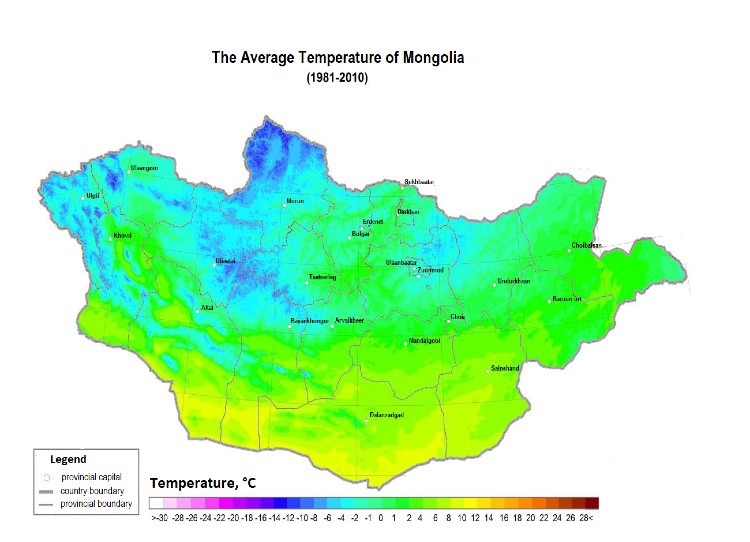
The hottest month of the year in Mongolia is July, the average temperature in the Altai, Khangai, Khuvsgul and Khentii mountain region is +15° C, it is from +15° C to +20° C in the great lake depression. The Altai, Khangai, Huvsgul, and Khentii mountain ranges go from +20° C to 25° C in the summer. In the southern part of Dornod steppe and the Dornogobi region it is more than +25° C. In the summer time, the temperature goes down when land level goes up +0.5 – 0.6° C for each 100 meter than sea level.
Mongolian Weather Right Now
Mongolia weather averages.
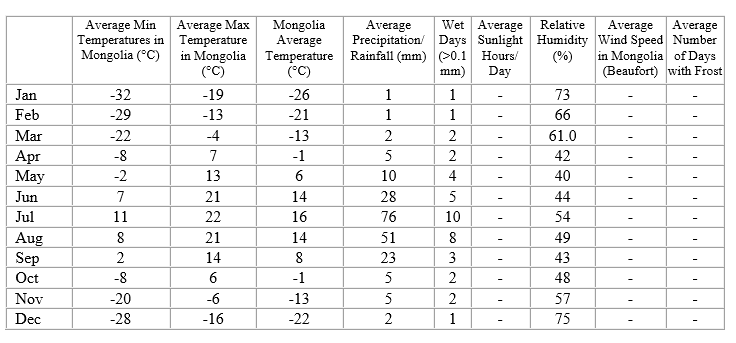
The annual precipitation in Mongolia
Generally, there isn’t much precipitation in Mongolia. The average rainfall is 300 – 400 mm in the Khangai, Khentii mountains. In Khuvsgul’s mountainous area they get around 250 – 300 mm of rain and snow in a year. The Gobi only gets 50 – 100 mm per year. Around 85% of total precipitation happens from April to Sep and around half of the total is in July and August.
The mountains get slightly more rain. The average of rainy days in the mountainous regions of Mongolia is 60 – 70 days. The Khangai and Khentii mountain ranges get the most rain. For a comparison, in Dornod and the steppe areas, they only get 30 rainy days.
Mongolia mostly gets rain, not snow. Throughout the whole winter, there is typically around 10 mm snow in the Gobi Desert. The mountains and Uvs Lake get around 20 to 30 mm snow each year. The rest of the country only averages around 10 to 20 mm snow in rest of territory.
Seasons of Mongolia
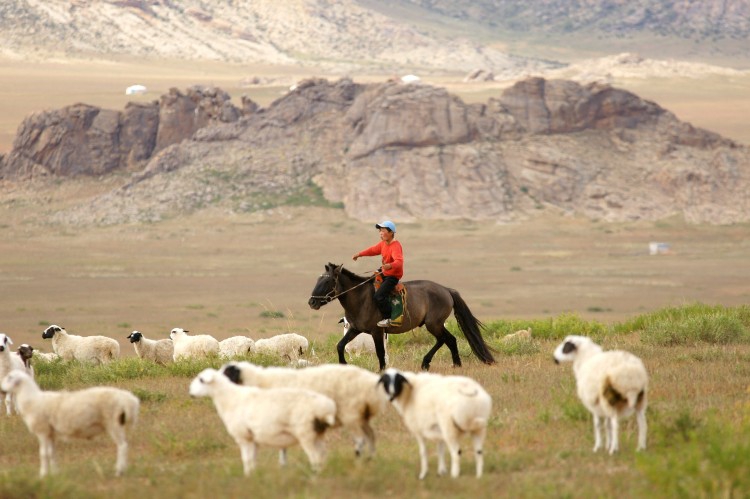
Spring comes after the severe winter and days become longer while are nights shorter. It is the time when snow melts and animals come out from hibernation. All animals and livestock breed while the soil thaws in the warm spring weather. In Mongolian "Khansh neekh" means some animals, which hibernated, awoke from their sleep.
For people and livestock, it can be a harsh season of the driest and windiest days. Though the temperature quickly gets warmer gets warm again in spring, livestock breed and gain their weight back. In the end, Spring is a prosperous season - everybody is calm and relaxed. The grass turns green, anemones grow up and nature is covered with its green dress. Beginning in March, the Spring usually lasts about 60 days although it can be as long as 70 days or as short as 45 days in some areas of the country.
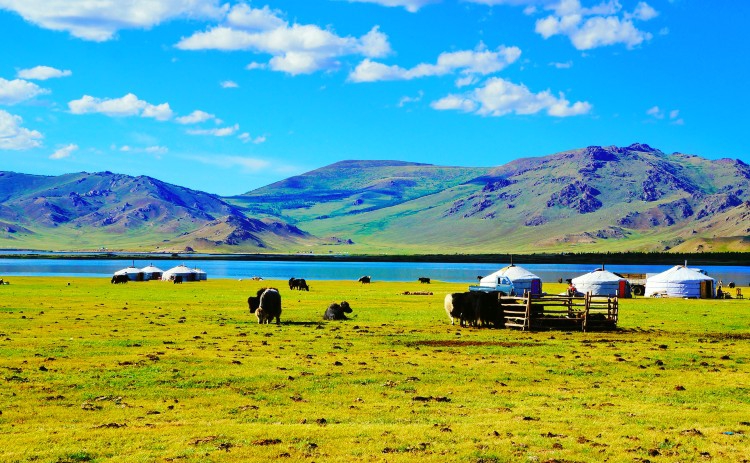
It is the most pleasant time with abundant dairy products and there are many feasts and holidays of happy people. In Mongolia, summer lasts about 110 days from the end of May until September. July is the warmest month of summer and it is typically 15°C and 20°C in the mountains. The steppes range between 20°C and 25°C, but temperatures as as 32°C have been recorded. The Gobi is typically the warmest, with temperatures ranging from 40°C to 41°C in summer. Sometimes it reaches as high as 50°C. No wonder they have camels down there!
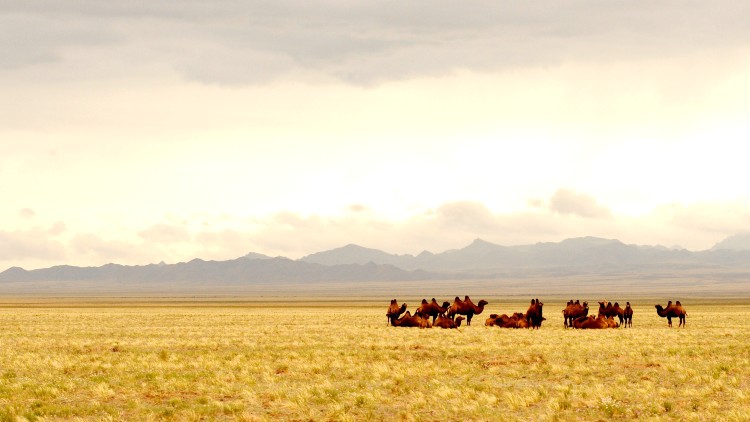
Autumn in Mongolia is a season of transition. The climate changes from the hot and wet, to the cold and dry winter. Autumn has less rainfall than the summer, and it gradually cools down. Vegetables and grains are harvested at this time. Pasture and even the forests become yellow. The native larches change from a bright green to yellow before shedding their needles. Fat livestock’s hair get longer and more woolly in preparation for the winter.
Autumn is an important season in Mongolia to prepare for winter. In the countryside, people are busy harvesting the crops, vegetables and fodder. They prepare their cattle barns and sheds to protect their herds. They also stockpile firewood for warming up their homes. Autumn lasts about 60 days from the beginning of September until the early November. In some years, there are many long and sunny days in autumn, which are increasing with global warming.
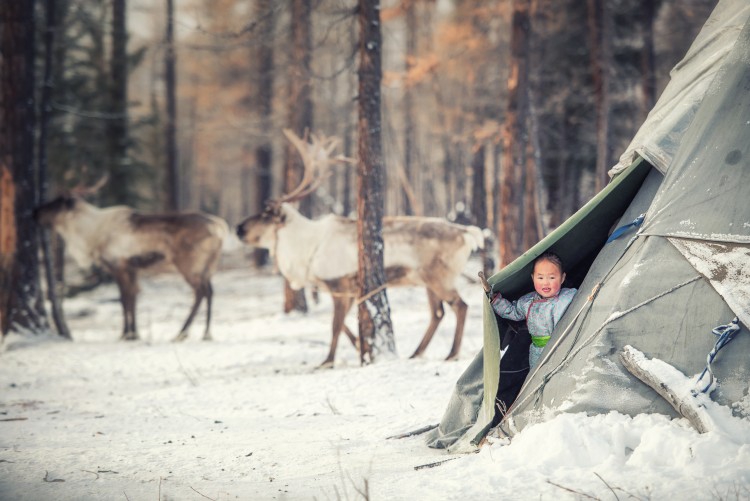
Winter in Mongolia is the most severe, coldest, and longest season. All rivers, lakes, streams and ponds freeze in winter. It snows throughout the country, but only lightly. After making all the necessary preparations for a long winter, herdsmen stay at their winter camps. People prepare milk tea and carefully ration out supplies to last for the season.
Winter starts early in November and lasts about 110 days until March. Sometimes it snows in September and November, but the heaviest snowfalls usually occur at the beginning of November. January is the coldest winter month in Mongolia. The average temperature is -35°C in Khangai’s mountainous regions. The rest of the country ranges from -20°C to -25°C. Even the Gobi is a chilly -15°C. When properly dressed though, you can easily enjoy spending time outdoors. The lack of tourists means you’ll have this beautiful country to yourself. And since Mongolians have been dealing with the winters for centuries they have more than a few remedies to help warm you up!
Related Tours
Discover true mongolia tour 2024.
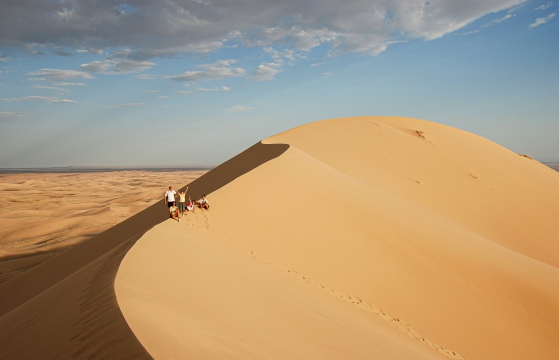
Join us on this epic tour through Mongolian untouched wilderness, sleep under millions of stars and ...
Mongolia Naadam Festival tour 2024
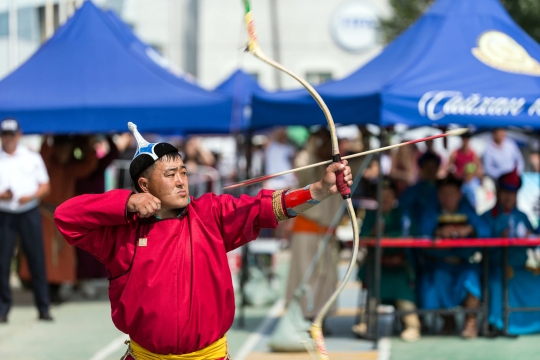
Selena Travel Mongolia invites you to join the Great Naadam Festival tour which offer a unique oppor...
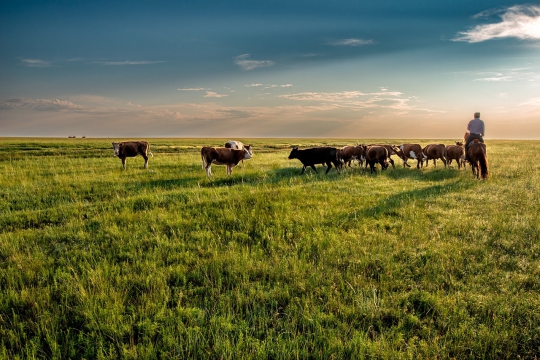
The trip takes you to the historic sites from the Great Mongol Empire in the heart of the world. Erd...
The Gobi Desert and Karakorum beyond tour 2024
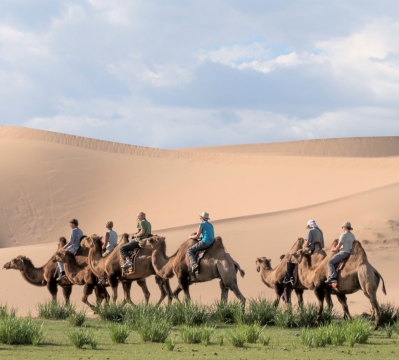
Your expedition will lead you across diverse landscapes, from the arid Gobi Desert to the vast centr...
Sign Up for Our Newsletter
Stay in touch with us

We are members of

Wanderlust Adventure

Best Time to Visit Mongolia: The Ultimate Guide
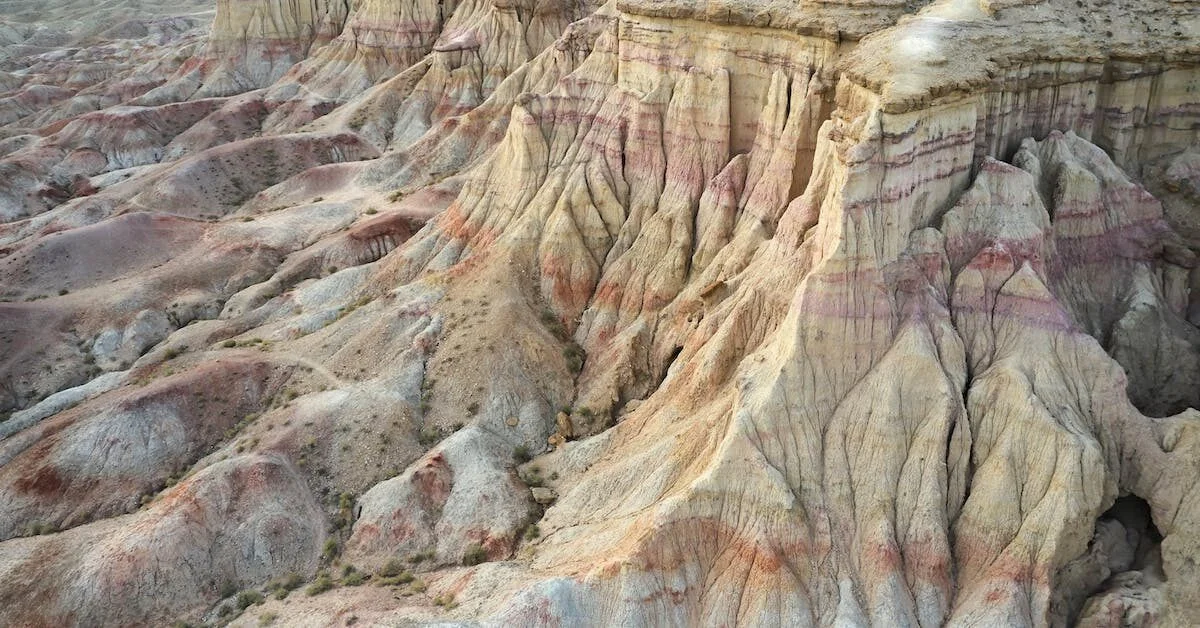
Mongolia, a place that is known for enrapturing scenes and rich social customs, offers an exceptional travel insight over time. Picking the best time to visit Mongolia depends on your own inclinations and the sort of experience you look for. The country’s extreme continental climate and diverse geography create distinctive seasons, each with its own charm. With an average of 230–260 days of sunshine annually, Mongolia proudly earns its nickname “The Land of the Blue Sky.” In this article, we’ll guide you through the best time to visit Mongolia, a momentous objective.
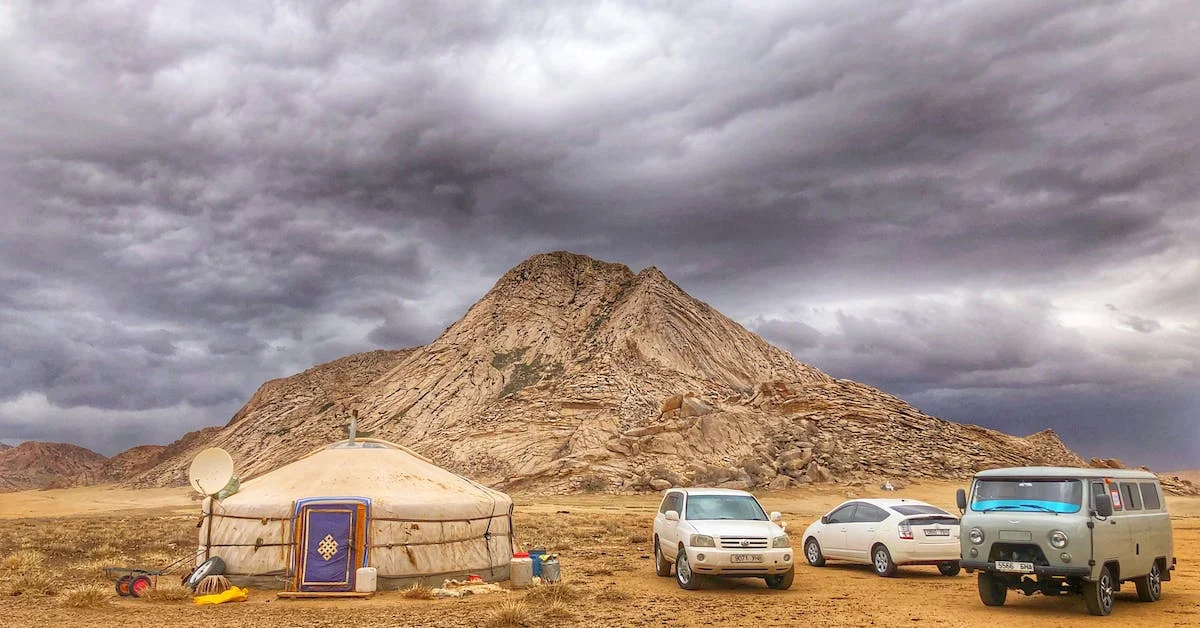
Spring in Mongolia (March–May)
In spring, Mongolia awakens from its winter slumber, offering a refreshing and vibrant landscape. This best time to visit Mongolia, season from spring to May, marks the beginning of another part of the Mongolian open country.
In March, the temperature gradually rises from -10°C to 5°C during the day and from -18°C to -5°C at night. It’s the time when Mongolia’s Gobi region hosts the intriguing “1,000 Camel Festival.” This event showcases the traditional Mongolian way of life and celebrates the unique bond between herders and their camels.
By late April, temperatures become more bearable, with daytime averages of 10°C to 18°C. Spring is the season of renewal, and it’s the perfect time to witness the birth of baby animals. Mongolian nomads celebrate this joyous event with special rituals.
May is when Mongolia truly comes to life. Daytime temperatures reach an average of 13°C, and the nights are milder at 7°C. This is your chance to experience Mongolian nomadic celebrations and witness the country’s south awakening from the long winter. May is ideal for visiting the Gobi Desert, where you can see newborn animals, experience nomadic traditions, and immerse yourself in this unique culture. By late May, many tourist camps had opened, providing the opportunity to explore other regions comfortably.
Summer in Mongolia (June–August)
Summer in Mongolia is a season of warm weather, stunning landscapes, and vibrant cultural celebrations. The best time to visit Mongolia. from June to August, the country comes alive with an array of activities and experiences.
In June, Mongolia encounters charming, radiant days with temperatures going from 15°C to 28°C during the day, while the evenings are cooler at 0°C to 16°C. This is an ideal time to explore the Mongolian countryside, camp in its vast landscapes, and experience the annual migration of nomadic herders.
July is the level of summer, with temperatures in certain areas, for example, the Gobi Desert, ascending as high as 40°C. It’s also the time when the National Naadam Festival takes place across the country. This festival is a window into Mongolian culture and features the “Three Manly Games”: wrestling, horse racing, and archery. It’s a chance to immerse yourself in Mongolia’s rich practices and experience nearby life.
August marks the beginning of autumn in Mongolia. As temperatures slowly start to drop, this month is filled with local Naadam festivals, town anniversaries, weddings, and family gatherings. It’s a great time to observe the movement of nomads as they prepare to find shelter for their livestock for the upcoming fall.
Autumn in Mongolia (September–October)
As autumn arrives in Mongolia, it paints the landscapes with vibrant colors, offering a captivating setting for travelers. The best time to visit Mongolia ,season from September to October, is an excellent time for nature enthusiasts.
September brings warm but slightly cooler days, with daytime temperatures ranging from 5°C to 15°C. It’s a great time to visit the southern region, which enjoys sunny days and warmer nights. To stay comfortable, be sure to bring warm jackets and thermos trousers to protect against the chilly evenings.
During early September, you’ll witness the excitement as school begins, with children in their uniforms. This month also hosts the Golden Eagle Festival in the western part of Mongolia. The festival showcases the incredible bond between eagle hunters and their eagles.
October is the tail end of autumn in Mongolia. Daytime temperatures drop to 3°C to 10°C, while nights can be chilly. The occasional snowfall starts in the north. It’s a fantastic time to explore the Gobi Desert, enjoy birdwatching tours, and witness the stunning landscape’s transformation.
Winter in Mongolia (November–February)
Winters in Mongolia might be harsh, but they offer a unique opportunity to experience the country’s stark beauty. The best time to visit Mongolia. from November to February, travelers can explore snowy landscapes and engage in traditional winter activities.
November denotes the start of winter, with temperatures going from -10°C to -17°C during the day. The temperature decreases much further after mid-November, coming to -18°C to -32°C around evening time. Snowfall typically begins in mid-November, turning the landscapes into a winter wonderland.
January is the coldest month in Mongolia, with temperatures dipping as low as -40°C. Despite the extreme cold, Mongolia’s winters are beautiful, with glistening landscapes, frozen rivers, and nomadic herders enduring the harsh conditions to ensure their livestock’s survival.
The winter season offers unique opportunities for travelers, including experiencing the Tsagaan Sar (Lunar New Year) festival, trying winter sports, and enjoying horse racing and dog sledding adventures in the serene Mongolian landscape.
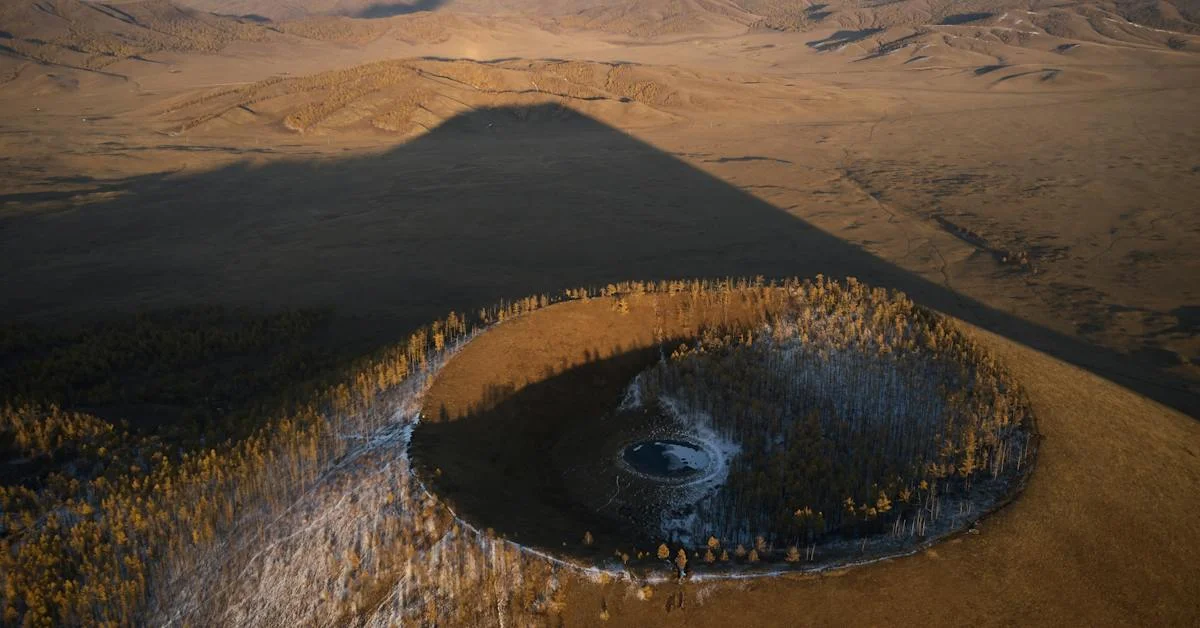
Monthly Breakdown: The Best Time to Visit Mongolia
The best opportunity to visit Mongolia eventually depends on your inclinations and the kind of experience you look for. Whether you prefer the lively summers, the colorful landscapes of autumn, the snowy beauty of winter, or the renewal of spring, Mongolia offers something special every month of the year. Investigate the novel roaming society, go to comprehensive developments and celebrations, and drench yourself in the stunning regular excellence of this spellbinding country.
March: The Awakening of Spring
March signals the start of spring in Mongolia. While the weather conditions are still very cold, with temperatures going from -10°C to 5°C during the day and -18°C to -5°C around evening time, it’s a remarkable chance to encounter Mongolia’s social legacy. During this month, Mongolia hosts the intriguing “1,000 Camel Festival” in the Gobi region, where you can witness the traditional Mongolian way of life and the special bond between herders and their camels.
April: Welcoming the Newborns
As April progresses, temperatures become milder, with daytime averages of 10°C to 18°C. Spring is the season for renewal, and it’s the perfect time to witness the birth of baby animals in Mongolia. Mongolian nomads celebrate this joyous event with special rituals. The landscapes start turning green, and it’s a time of great anticipation.
May: The Land Comes to Life
May marks the true awakening of Mongolia. Daytime temperatures reach an average of 13°C, and the nights are milder at 7°C. It’s the season of renewal and an ideal time to experience the excitement of newborn animals, engage in nomadic celebrations, and immerse yourself in the unique culture. In May, the Gobi Desert is a must-visit, as you can see baby animals, experience nomadic traditions, and explore other regions as many tourist camps open their doors this time.
June: Summer Adventures Begin
June brings warmer temperatures to Mongolia, with daytime averages ranging from 15°C to 28°C, although nights can still be cool, ranging from 0°C to 16°C. It’s a pleasant season to explore the Mongolian countryside, camp in vast landscapes, and witness the annual migration of nomadic herders. The mid-year sun areas of strength are: remember to wear sunscreen and defensive clothing to keep away from sun-related burns.
July: The Height of Summer
July is the midsummer peak in Mongolia, with sunny weather and temperatures rising to around 40°C in some areas, such as the Gobi Desert. This is a delightful time to visit Mongolia, as it marks the National Naadam Festival. This festival is a window into Mongolian culture, with the “Three Manly Games” of wrestling, horse racing, and archery. It’s a phenomenal chance to immerse yourself in Mongolia’s rich customs and experience neighborhood life.
August: Beginning of Autumn
In August, autumn in Mongolia slowly begins as the temperature gradually drops. With temperatures ranging from 7°C to 22°C during the day, it’s a season of celebrations with local Naadam festivals, town anniversaries, weddings, and family gatherings. It’s also the time when you can observe the movement of nomads as they prepare to find shelter for their livestock for the upcoming fall.
September: The Warmth Continues
September is a great time to explore Mongolia, with daytime temperatures ranging from 5°C to 15°C. The southern region enjoys sunny days and warmer nights compared to the north. Warm jackets and thermos trousers are recommended to keep you comfortable, especially during chilly evenings. School starts in Mongolia, and you can see children in their school uniforms while the annual migration of nomads continues.
October: The End of Autumn
As October shows up, the last part of pre-winter brings cooler days, with temperatures going from 3°C to 10°C during the day. The nights can be chilly. The occasional snowfall starts in the north, marking the landscape’s transformation. This is a fantastic chance to investigate the Gobi Desert, appreciate birdwatching visits, and witness the staggering regular magnificence of Mongolia.
November–February: The Winter Wonderland
Mongolia’s winter is unique, with its snowy landscapes and cold, yet beautiful, climate. From November to February, travelers can experience the country’s stark beauty. November signifies the beginning of winter, with temperatures going from -10°C to -17°C during the day and dropping to -18°C to -32°C around night. The first snowfall occurs in mid-November.
January is the coldest month, with temperatures conceivably diminishing as low as -40 °C. Despite the extreme cold, Mongolia’s winters offer beautiful, glistening landscapes and opportunities for unique cultural experiences. This season includes the Tsagaan Sar (Lunar New Year) festival, winter sports, horse racing, and dog sledding adventures in the serene Mongolian landscape.
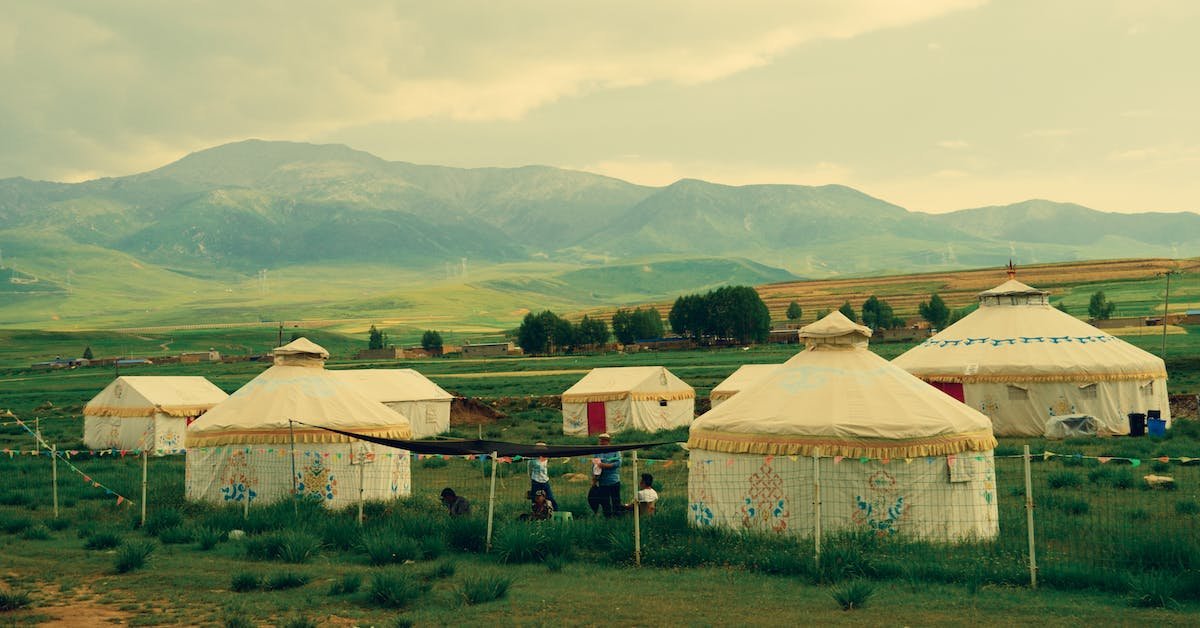
Spring Activities (March–May):
- Witnessing Baby Animals: Spring is the season of birth for many Mongolian animals, and you can join local nomads to experience the joy of welcoming baby animals into the world.
- Participating in Tsagaan Sar: Visit a nomadic family during Tsagaan Sar (Lunar New Year) in February to immerse yourself in Mongolian culture, sample traditional cuisine, and see how locals celebrate.
- Exploring National Parks: Head to Khustai National Park or Terelj National Park for wildlife spotting, enjoying the bloom of flowers, and the rejuvenation of grasslands and trees.
- Ice Festival: In March, don’t miss the annual Ice Festival held at Khuvsgul Lake. Witness incredible ice sculptures and enjoy winter activities on the crystal-clear frozen lake.
Summer Activities (June–August):
- Camping in Scenic Landscapes: Summer is ideal for camping in Mongolia’s vast and picturesque landscapes. You can camp in the Gobi Desert, near pristine lakes, or in the lush countryside.
- Naadam Festival: Experience Mongolia’s largest and Olympic-like Naadam Festival in Ulaanbaatar in July. Witness the traditional “Three Manly Games” of wrestling, horse racing, and archery.
- Local Naadam Festivals: Explore the mini versions of the Naadam Festival in various provinces or soums throughout the summer. These local events offer an authentic and uncrowded experience.
- Nomadic Migration: In summer, you can encounter the summer migration of nomadic herders as they move to new pastures with their livestock. Join them and learn about their traditional way of life.
- Western Mongolia Adventures: Combine a Gobi Desert trip with a visit to Lake Khovsgol or explore Western Mongolia, particularly Altai Tavan Bogd, to experience diverse landscapes and pristine nature.
Autumn Activities (September–November):
- Golden Eagle Festival: In October, venture to the western part of Mongolia to witness the stunning Golden Eagle Festival, showcasing the remarkable hunting skills of eagles and their hunters.
- Gobi Desert Exploration: Head to the Gobi Desert to uncover the land of dinosaurs, go birdwatching, spot wildlife and fish, trek with horses, and experience the remarkable Gobi landscapes.
- Nomadic Life Experiences: Autumn is the time when you can have authentic experiences with nomadic families. You can volunteer to help with animal-related chores and participate in their winter preparations.
- Khuvsgul Taiga: Explore the Khuvsgul Taiga region in northern Mongolia, offering breathtaking autumn views and cultural experiences with local inhabitants.
Winter Activities (November–February):
- Tsagaan Sar (Lunar New Year): In February, immerse yourself in Mongolian culture and cuisine during the Tsagaan Sar festival. Experience local customs and traditional festivities.
- Winter Sports: Mongolia has plenty of snow in winter, making it an excellent destination for winter sports enthusiasts. Try dog sledding adventures, skiing, and other outdoor activities.
- Winter Horse Festival: Attend the Winter Horse Festival, featuring parades of unique horses, thrilling competitions, traditional singing and dancing performances, and horse racing.
- Photography: The pristine, snow-covered landscapes in winter offer photographers breathtaking opportunities to capture Mongolia’s natural beauty.
- Authentic Experiences: Winter is a great time to witness how Mongolian herders deal with the cold and to understand their way of life during the harshest season.
Year-Round Activities:
- Nomadic Experiences: Regardless of the season, you can always visit nomadic families and gain insights into their unique way of life.
- Cultural Events: Mongolia hosts a variety of cultural events throughout the year, from the Tsagaan Sar festival in winter to the vibrant local Naadam festivals in summer.
- Nature Exploration: Explore Mongolia’s national parks, pristine landscapes, and remarkable biodiversity. Whether you’re climbing, horseback riding, or basically getting a charge out of nature, there’s something for everybody.
In conclusion, Mongolia welcomes travelers throughout the year, with each season offering its own distinct appeal. It’s a place where there are rich customs, dazzling scenes, and different environments, making it an ideal objective for those looking for one-of-a kind and noteworthy travel encounters. Plan your Mongolian adventure according to your interests, and you’ll find that Mongolia truly has something special to offer in every season. Whether you’re seeking the excitement of the Naadam Festival, the serenity of snowy landscapes, or the vibrant colors of autumn, Mongolia has it all.
Read More : Best Time to Visit Tajikistan: Exploring Seasons and Adventures
The ideal term for an outing to Mongolia relies upon your inclinations and the spots you need to investigate. At least 7-10 days is prescribed to experience the nation, yet for a more inside and out experience, 2-3 weeks or more is great. Mongolia’s tremendous scenes and itinerant culture offer a large number of encounters, so plan in like manner.
Mongolia is generally considered an affordable destination for travelers. Accommodations, local food, and transportation are reasonably priced. However, costs can vary depending on your choices. Luxury accommodations and guided tours may be more expensive. Overall, Mongolia offers good value for the unique experiences it provides.
Mongolia is an incredible objective for vacationers who value nature, experience, and social investigation. It offers different scenes, from the Gobi Desert to rich glades and perfect lakes. Itinerant culture, conventional celebrations, and outside exercises pursue Mongolia an engaging decision for voyagers looking for bona fide encounters.
The most sultry month in Mongolia is ordinarily July. During this time, temperatures can go from around 25°C to 38°C in different locales, with the Gobi Desert encountering the most noteworthy temperatures. July is likewise when Mongolia praises its Public Naadam Celebration, making it a thrilling chance to visit and experience the nation’s way of life and customs.
Share your love
Related posts, discover bali’s hidden gem: four seasons haven.
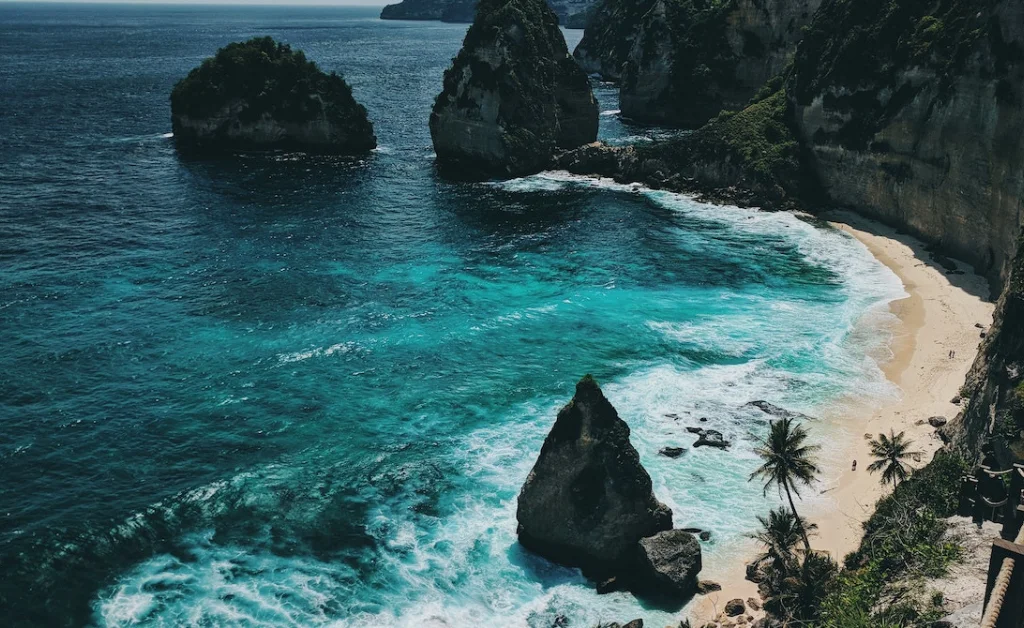
Unlocking the Perfect Time for Your Maldives Escape: The Best Time to Visit Maldives
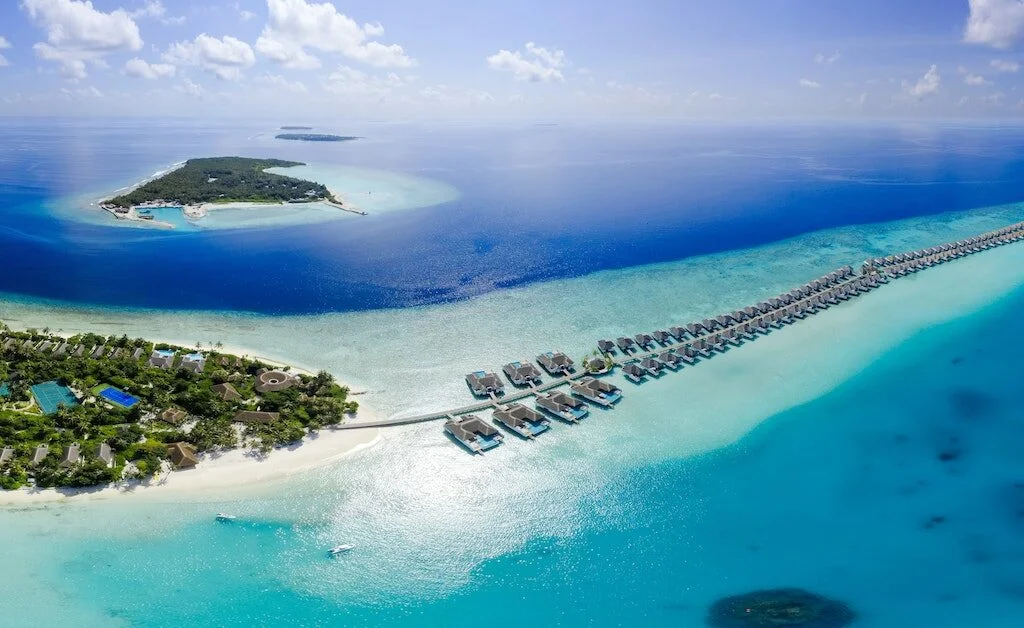
The Best Time to Visit Turkey: Explore the Perfect Season for Your Adventure

The Best Time to Visit Japan: Experience the Seasons of the Land of the Rising Sun
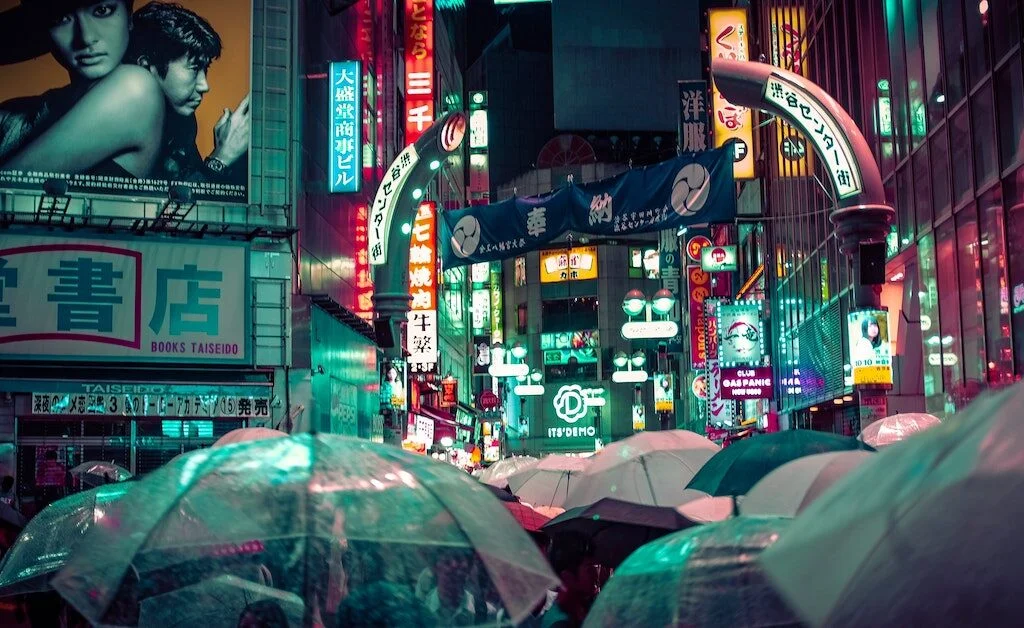
The Best Time to Visit Colombo: Enjoying Sri Lanka’s Capital

The Best Time to Visit Cambodia: Maximizing Your Travel Experience
The best time to visit south korea : exploring the seasons.

The Best Time to Visit Tokyo: Unlock Magic
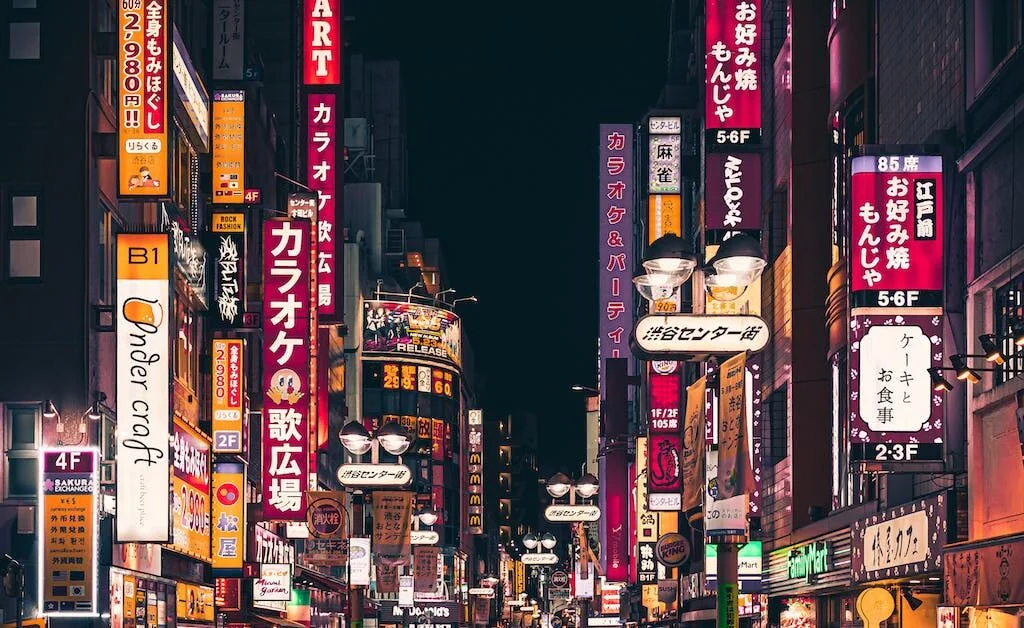
Best Time to Visit Tajikistan: Exploring Seasons and Adventures
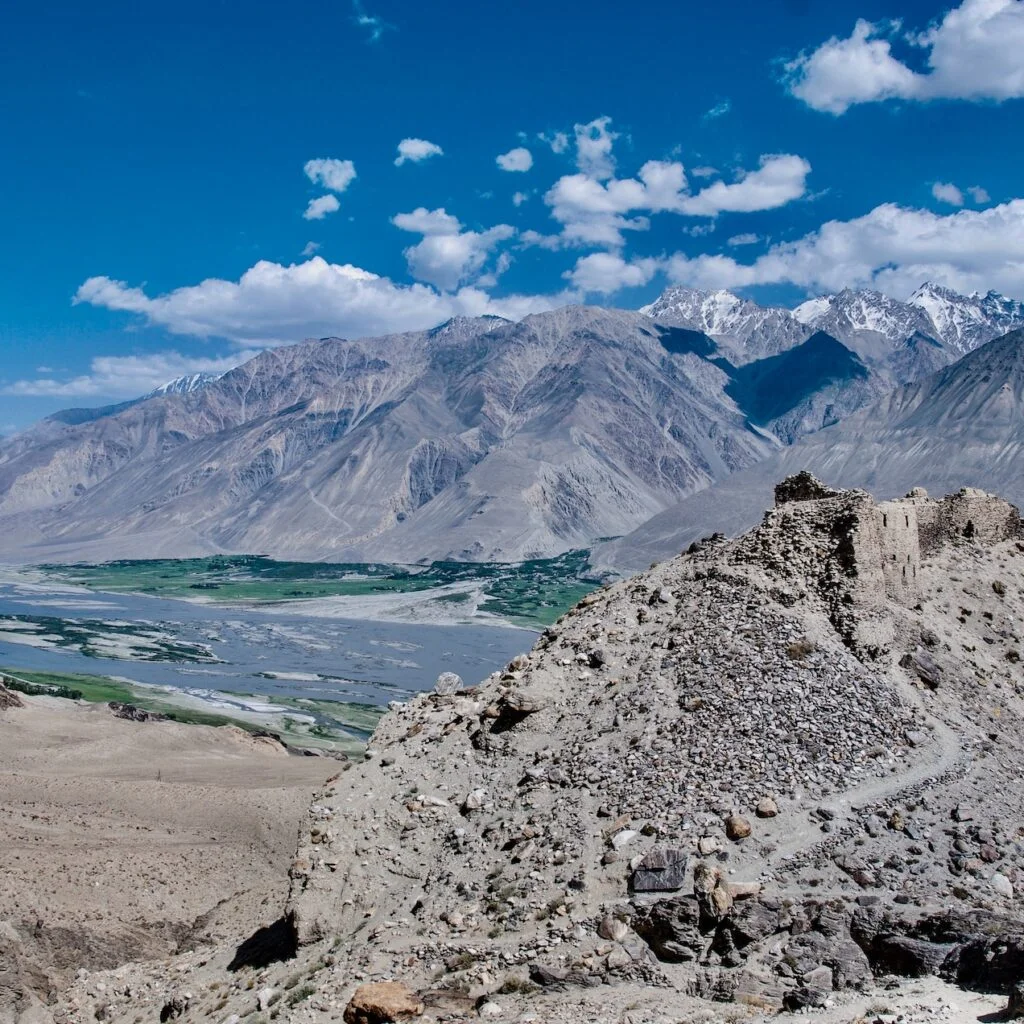

Best Time to Visit Mongolia

Climate Overview

Geographical location
Climate in mongolia.
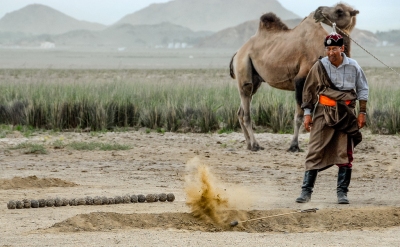
Beach Vacation in February

Best Time to Visit Mongolia: Overview
When to visit mongolia, best time to visit the regions, climate charts mongolia.
In the following, you will find climate charts for the regions.
Furthermore, there are some charts you can use for quick comparison of climate between the regions.
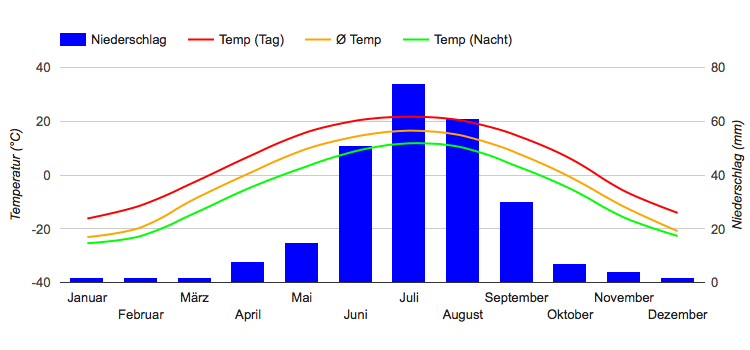
Day Temperatures
Night temperatures, average temperatures, precipitation, hours of sunshine per day.
Source of Data: German Weather Service (Offenbach) and Wikipedia
Climate Tables Mongolia
Temperatures, precipitation, sunshine in ulan bator (mongolia), temperatures, precipitation, sunshine in altai (mongolia), temperatures, precipitation, sunshine in choibalsan (mongolia), highlights and attractions, popular activities, more attractions, current weather and forecast.
Distances to Mongolia
Where’s mongolia, continent: asia, share your experience and win.
Destinations in the Vicinity …
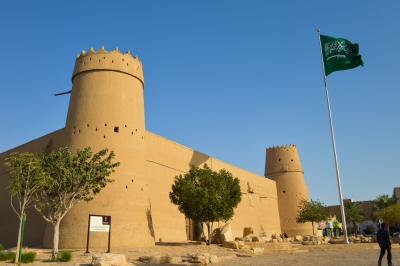
- Imprint / Privacy
- Image Sources

11 Things To Know Before Visiting Mongolia
I n a remote corner of Asia, sandwiched between China and Russia, is a fiercely independent, ancient land called Mongolia. The "Land of the Eternal Blue Sky," so named because its arid climate keeps it sunny about 250 days of the year, is an explosion of every color, from the green of the vast steppes to the pink of the windflowers and the gold of the ancient Buddhist shrines on white, snowy mountains. Increasing numbers of travelers are drawn to the wide-open spaces of one of the least densely-populated sovereign countries on Earth, where they can stay in a yurt with eagle tamers and yak herders or trace the path of Genghis Khan or Marco Polo atop a semi-wild horse.
Traveling to this breathtakingly unique step back into history isn't quite as straightforward as a jaunt to Paris or Cancún. Once we get a few logistical tips out of the way, we'll give you a tantalizing glimpse into one of the planet's most mysterious and thrilling locales.
Read more: 22 Underrated Tourist Destinations In Asia To Add To Your Bucket List
Know The Visa Requirements
First things first: How long can you stay without a visa? If you're an American citizen, you can stay up to 90 days, but make sure your passport is valid at least six months after the date of arrival. If you plan to stay longer than 30 days, register with Mongolian Immigration within seven days of arrival or risk a fine of up to $300. After 90 days, visas are only granted for business, diplomacy, study, and various other non-tourist categories.
Many other nationalities will only have 30 days to stay in Mongolia before they'll need to apply for a visa. Those include most other countries, including Canada, Australia, New Zealand, Germany, Japan, the United Kingdom, France, and more. Before 2023, Mongolia required nationals of many of those countries, including France and the UK, to possess special diplomatic passports to enter. In January 2023, the Mongolian government declared 2023-25 "Years to Visit Mongolia" and allowed citizens of 34 countries to visit for up to 30 days under any official passport.
Travel In The Summer, But Pack For All Seasons
Mongolia is a landlocked country with a climate categorized as "extreme continental." That means it can get very hot -- up to 104 degrees Fahrenheit -- in the summer and very cold -- down to minus 40 degrees Fahrenheit -- in the winter. As long as you don't spend too much time in the Gobi Desert, most experts recommend traveling in the summer, when all the festivals occur and the countryside is lush and green. Highs in Ulaanbaatar average around 75 degrees Fahrenheit from June to August. Others recommend visiting in May and September when highs are around 64 degrees Fahrenheit, crowds are smaller, and prices are lower.
That said, you never quite know what you're going to get, especially at night in the steppes, valleys, and deserts. Temperatures can still drop to 40 degrees Fahrenheit at night in July and August, and the country's fierce winds are legendary. What's more, temperatures are known to change in a matter of minutes. No matter when you visit, pack for all seasons (yes, that means a jacket and gloves even in the summer), and make sure to bring a windbreaker. But also bring sunglasses, sunscreen, lots of water, and high-quality camping gear. Ulaanbaatar, the capital, has plenty of outdoor clothing and equipment stores, so you're covered if you forget anything.
Consider Getting A Tour Guide
Mongolia is the 20th largest country on Earth by area, but it's also the most sparsely populated sovereign nation. It's only just opening up to tourism, and vast swaths of the land lack paved roads, electricity, plumbing, or English-speaking locals. For many visitors, that means that the easiest way to explore as much of the list below as possible is to book a reputable tour guide. Tours can last from a single afternoon in a particular spot to a three-week odyssey across the country.
Most tour companies offer some version of a "Top Hits"-style tour that guides visitors through Mongolia's most popular attractions, including staying in a yurt, riding horses, attending festivals, and visiting mountains, forests, and temples. They also offer more specialized tours that include touring through nomadic communities nationwide, visiting reindeer herders in the north, staying with Kazakh eagle hunters, or meeting the competitors of the Naadam Festival. If you want to mix and match all these experiences, you'll probably be able to, as many tour companies allow custom tours.
Prepare If You Want To Go It Alone
All that said, if you're traveling to Mongolia at all, you're probably an adventurous spirit allergic to anything even close to a coach bus full of cameras and fanny packs. However, if you want to plan your own trip through the country and leave the comforts of Ulaanbaatar, be sure to spend a long time preparing, even if you just plan to drive.
It's best to approach the preparation as you would to any remote wilderness. Bring camping gear, a First Aid kit, a hefty supply of non-perishable foods, and filtered water. Bring water purification tablets just in case, and hydrate a lot: Much of the country is very dry, and dehydration can hit unsuspecting travelers. Don't forget medications, particularly if you have pollen allergies.
Rent a sturdy four-wheel drive vehicle that can travel on unpaved roads, and get a few spare tires. Think of every travel insurance policy you can, then get another one. It's best to drive in either June or September since the grass of the steppes can be waterlogged in July or August. Cell service is unreliable in the wilderness, so map out your trip beforehand and get a GPS tracker that will allow a support office in Ulaanbaatar to locate you if you run into trouble. And just like any good road trip, stock up on downloaded podcasts, music, audiobooks, and actual books. One book to remember is a Mongolian phrasebook: Outside Ulaanbaatar, not everyone speaks English.
Address Dietary Needs Beforehand
Mongolia is a carnivore's paradise and a vegetarian's surmountable challenge. Much of the country makes a living through herding, so many animals eventually end up on plates. Staples of the Mongolian diet include mutton, beef, goat, horse, and camels. Meat finds its way into most dishes, whether it's inside steamed dumplings (buuz), fried dumplings (khuushuur), stir fry (tsuivan), or the iconic Mongolian barbecue (khorkhog).
Milk is equally popular, and some popular local dishes include aaruul (made from boiled yogurt), airag (a slightly alcoholic beverage made from fermented mare's milk), or khoormog, which is yogurt made from camel milk.
The standard local diet can present a challenge if you're a vegetarian, lactose intolerant, or kosher. What's more, if you plan to stay with nomads, it is considered disrespectful not to eat the food they cook for you. Make sure to communicate any dietary preferences with your tour guide ahead of time so you can plan the trip accordingly. When you start your trip in Ulaanbaatar, go to supermarkets and stock up on nonperishable foods you can bring with you on the rest of the trip. The capital city also boasts a range of international restaurants, including some vegan spots that serve plant alternatives to traditional Mongolian cuisine.
Start In Ulaanbaatar
No matter where you're coming from, chances are you'll land in Ulaanbaatar, Mongolia's thriving capital of around 1.5 million people. Nearly half the country lives here, and it shows -- there are gleaming skyscrapers, fancy hotels, restaurants from all over the world, jazz clubs, opera, and even standup comedy in English. As mentioned, if you plan to head out into the wilderness, you can stock up on whatever you need here.
The city is a destination unto itself, and it's best to give yourself a few days to enjoy its treasures. As a former Buddhist monastic center, Ulaanbaatar is a garden of breathtaking monasteries and temples, including the Gandan Khiid Monastery, which boasts an 86-metre-high statue of Avalokitesvara, the tallest indoor statue in the world, the Choijin Loma Temple Museum, the active Gandantegchilen Monastery, and many more. As a long-time seat of power, it is home to the grand Bogd Khan Winter Palace Museum, once home to a powerful Tibetan monk who ruled Mongolia at the turn of the 20th century.
You can learn all about Mongolia's past and present by visiting Sükhbaatar Square, home to the State Parliament House and a large statue of the infamous conqueror Genghis Khan nearby. The National Museum of Mongolia houses over 50,000 historical objects from the Neolithic era to the present, while the Mongolian National Library houses over 3 million books, many of which are ancient Buddhist texts.
Ride A Horse Through The Steppes
Horses are deeply embedded in Mongolian culture. Many infants are taught to ride before they can walk, and horse racing is one of the "Three Manly Sports of Mongolia," alongside archery and wrestling. In the 13th century, Genghis Khan's so-called "Devil Horsemen" created the largest empire in the world thanks largely to their prowess on horseback.
Today, Mongolia's steppes look much the same as they did 700 years ago, and a horse is one of the best ways to experience the vast, empty, windswept fields. Most Mongolian tours will include some form of horseback riding and some multi-day tours are devoted exclusively to crisscrossing the country on horse. At first glance, the steppes may look like big empty fields, but there's a lot there. The trusty steeds can take you to Buddhist monasteries, alongside beautiful lakes and rivers, and into dense forests and mountains. Some tours explicitly allow you to embrace your inner conqueror by following the paths of Genghis Khan and the Golden Horde.
A few things to remember: Most Mongolian horses are considered "semi-wild," so it's best to have some horseback riding experience. Check with your guide beforehand. Mongolians also approach their horses from the left and stand while they're riding them. Don't make any sudden motions, or you may wind up like Joe Biden, who made a gift horse buck when he tried to tie two ceremonial scarves around its neck during a visit to Mongolia in 2011.
Ride A Camel Through The Gobi
It's a remarkable and rare country that boasts both reindeer and camels. In the country's south, near the border with China, the grassy steppe gradually makes way for the Gobi Desert, which, at 500,000 square miles, is the fifth largest desert in the world. There's no more exciting way to explore the desert than in between the two large humps of a Bactrian camel , a rare breed full of wool and fat that help them withstand the Gobi's extreme temperatures of anywhere from minus 38 to 107 degrees Fahrenheit.
Several tours include leisurely camel treks through the desert's fascinating scenery. Gobi translates to "semi-desert," and it is only five percent sand –- though the 260-feet Khongoryn Sand Dunes are nothing to scoff at. But the Gobi also contains steppes, green valleys, rivers, lakes, and the Flaming Cliffs, the fiery red cliffs where the first known collection of dinosaur eggs was discovered and are still teeming with fossils. You're also likely to spot gazelles, ibex, wild sheep, wolves, foxes, golden eagles, bears, and maybe even snow leopards.
But if camels are your true passion, schedule your trip in March, when the annual Thousand Camel Festival features everything from camel racing to a camel parade to camel polo.
Visit National Parks
As you may have guessed, Mongolia is home to a stunningly diverse array of mind-blowing natural wonders. The best way to enjoy as many of them as possible is through visiting some of the country's 99 protection areas, which cover 17.4% of its territory. The first created was Bogd Khan Uul, a 7,400-foot mountain just outside Ulaanbaatar, that was proclaimed one of the world's first protected areas in 1778, over a century before the U.S. named Yellowstone its first national park. Today, the mountain offers panoramic views of the city alongside forests, streams, flowers, birds, and even ski and golf resorts.
About two hours east of Ulaanbaatar is Gorkhi-Terelj, a grassy paradise teeming with multicolored wildflowers, flowing rivers, elk, moose, bears, and dramatic granite rock formations resembling turtles. The park also features a glacial lake and the Yetsii natural hot springs. Swimmers who don't mind colder water will adore Lake Khövsgöl, one of the country's largest, deepest, purest lakes dotted with four islands. From the glassy, deep blue water or one of the many hiking trails surrounding it, you may observe ibex, bears, or over 250 species of bird.
And if you'd like to climb to the "Top of Mongolia," head to Altai Tavan Bogd National Park, which features Khüiten Uul, the tallest mountain in Mongolia at 14,291 feet above sea level. Just for good measure, the park includes four other towering peaks, two beautiful lakes, glaciers, waterfalls, and eagle hunters.
Stay In A Ger
No trip to Mongolia is complete without a stay inside the iconic ger tent, more commonly known in the West as a yurt. A ger typically contains two elaborately decorated beds, a central wood-burning stove, a shrine, and, increasingly often, modern conveniences like a satellite dish, solar panels, or charging outlets.
Over half the country's population lives in these lightweight, portable, circular tents, including in Ulaanbaatar. In the countryside, that expands to nearly 90%. Travelers can opt to stay at a ger camp, which is often a cluster of 30 or more tents geared toward tourists. The camps often have toilets, showers, electricity, and a central restaurant.
You can also book a homestay with a nomadic family, which is most often organized through a tour company. In addition to spending the night, you'll also be able to observe a slice of Mongolian life as you shadow the family through their daily tasks, whether it's milking a yak or herding cattle. At night, you'll join several generations enjoying a communal meal together. All good ger guests should remember a few etiquette rules in mind and confer with your guide beforehand. It's customary to bring gifts and eat all the food you're given. Enter through the left and sit down immediately, but wait until you've been served tea to begin talking. Don't lean against the walls, don't throw trash into the fire, and accept everything with your right hand.
Attend Traditional Festivals
Would you rather watch an eagle swooping down to catch a fox, a five-year-old riding a horse before of a cheering crowd, or wrestling on top of a frozen lake? Or, as mentioned earlier, camel polo? Mongolia is famous for its many festivals, which often combine outstanding athleticism with incredible animals, music, dance, food, and traditional costumes. They take place at different points in the year, but no trip to the country is complete without catching at least one.
The most high-profile is the Naadam Festival in July, which is something like the country's own Olympic games. The festival begins with a dazzling, televised opening ceremony in Ulaanbaatar, awash with music, dance, pageantry, and color. Sites across the country host competitions in each of the "Three Manly Sports": wrestling, archery (open to men and women, despite the aforementioned moniker), and horseback riding (open to children as young as five.)
In October, head to western Mongolia for the Golden Eagle Festival, where ethnic Kazakh eagle hunters compete to see whose birds catch the most prey with the most precision and speed. March sees the Thousand Camel Festival, which shows that any competition you can have on a horse can also be held atop a camel.
If you prefer a more non-competitive -- and chilly -- vibe, come in February for Tsagaan Sar, the Mongolian Lunar New Year, where you'll celebrate the New Year with a traditional feast of dumplings, mutton, horse, rice, cookies, and airag.
Keep An Eye On The Trans-Mongolian Railway
Long, long ago, anyone who didn't want to see Mongolia via a horse, camel, or bumpy Jeep ride could board a luxurious train that could show them most of Mongolia while they sipped tea and ordered from the onboard restaurant. Some traveled all the way from Moscow to Beijing through Mongolia.
The coronavirus pandemic and war in Ukraine means that travel between Russia and China is a thing of the distant past, but we're hopeful that one day travel on the Trans-Mongolian Railway will return. That seems unlikely in the near future, but it can't hurt to check periodically to see if the travel gods have smiled upon you.
This is because the train was a marvelous way to experience Mongolia - and Russia, the Great Wall of China , Lake Baikal, and countless attractions in between via the Trans-Siberian Railway, which went from Moscow to Vladiovostok. The nearly 5000-mile journey crossed through eastern Mongolia, giving passengers a chance to see the steppes, the Gobi Desert, and Ulaanbaatar. Tours booked around the train ride would plan stops along the way, allowing passengers to experience the country's best. Then they'd return to climate-controlled splendor that could show them some of the best of the Eurasian landmass. Those days may be long gone, but if you can ever ride even a portion of the train, it's worth the effort. In the meantime, we still have all of Mongolia to enjoy.
Read the original article on Explore .

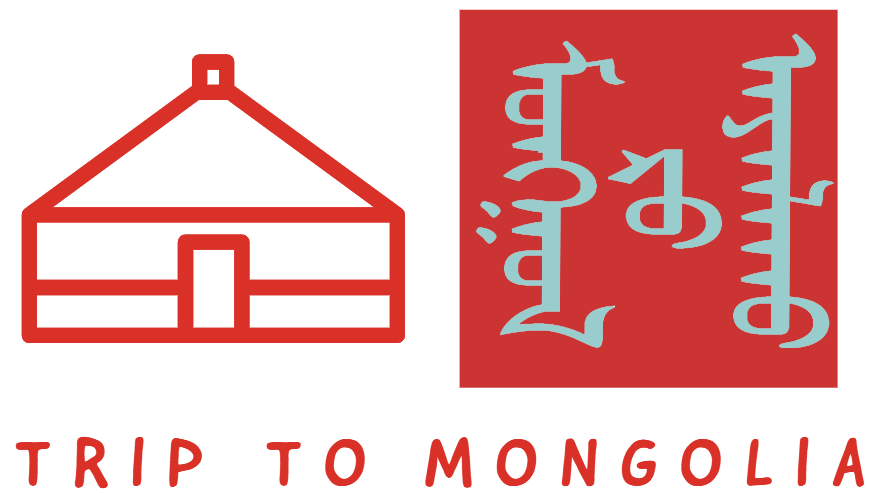
The best time to visit Mongolia
Best time to visit mongolia.
The best time to visit Mongolia is between May and September. Despite the country’s vast size, the temperatures do not vary hugely depending on where you are, but in the major cities, you can expect mostly warm weather and long days in the summer except mountains where you can expect 4 seasons in one day. But, in southern Mongolia where the Gobi desert is located, you will expect hot and windy weather during the summertime.
Top tourist activities in Mongolia
There is not much to do in Mongolian cities. In the capital of Mongolia despite a population of 1.5 million and because of wrong management and corruption city has terrible traffic jams and air pollution is at its highest level now in 2023. Sol all the tourist attractions of Mongolia located out of the cities in the countryside. Mongolia is a country of nomads, livestock, horses, mountains, lakes, rivers, and wild natures with unique customs of the nomads that live outdoors in the Gers (Yurts).
Top tourist activities in Mongolia are trekking in Altai Tavan Bogd national park, Discovery tours in the Gobi desert and visiting archeological sites, Riding horses and camels with local nomads, nomadic homestay and meeting local nomadic culture, and fishing. One of the most unique activities that becoming more and more worldwide popular is the Hunting with eagle tour with western Mongolian Kazakh nomads.
Most of those tourist activities are available only during the summer times as most of the destinations are closed in the winter because of snow blocking the road and trails. Many unique destinations have a problem with lodging. If you think that you can stay with nomadic families and share the room with the rest of the nomadic families then this nomadic homestay tour you can do at any time of the year. Eagle hunting activity in western Mongolia is available only in the winter time starting from the Middle of September whole winter until the middle of March. You can do also Gobi desert tours in the winter as well but it is too risky as roads can be blocked by snow storms, and the landscape is also not as dramatic as in summer (That is my personal opinion).
When is the best time to visit Mongolia for trekking tours?
The trekking path in western Mongolia starts available from the snow starting from the beginning of July and stays available until September. During this trekking tour, all camping stuff will be loaded on camels and you will follow the caravan to the next destination through beautiful nature of Altai Tavan Bogd national park.
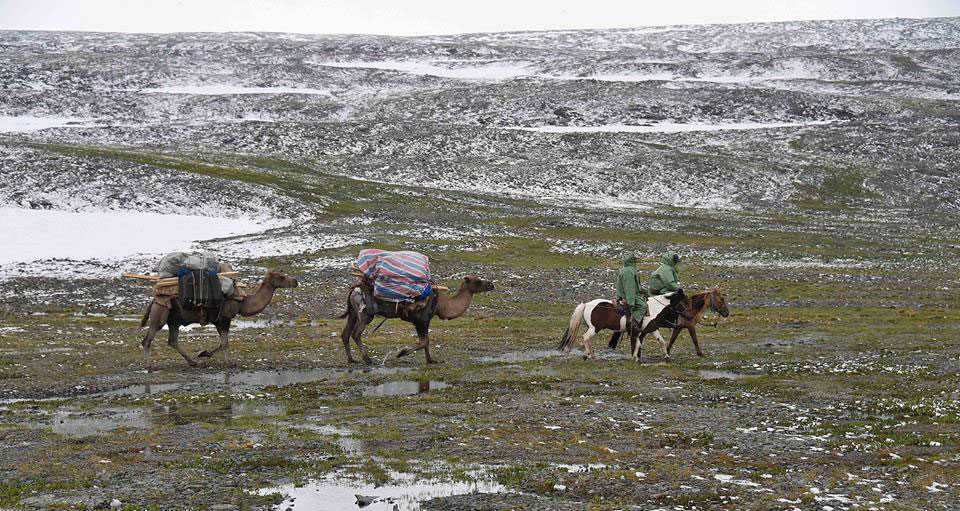
Average weather conditions and temperature in Mongolia
Mongolia features with its four seasons in a year. The average summer temperature in Mongolia is between +17C to +30C depending on mountains, steppes, and city areas. But the rainy season may change it by dropping it below down until +13. The average temperature in winter may stay between -15C to -30C. During the middle of Autumn and spring, it stays around -5C to -10C. It may get colder when it is closer to the winter season and warmer when it is closer to the summer season. The coldest winter starts from the 1st of November until the 25th of February. Warmer days of the spring start from the 1st of March until the 15th of May to complete warm days. Summer months are starting from the 1st of June to the 1st of September. Autumn starts from the 1st of September to the end of October. We can expect in Mongolia about two weeks of nice and warm days of Autumn between the 1st of October and to 20th of October and it rapidly starts getting cold outside. Despite this brutal change in weather conditions in Mongolia, there are almost 300 sunny days in a year. Most rainy season in Mongolia starts from the middle of July to the middle of August.
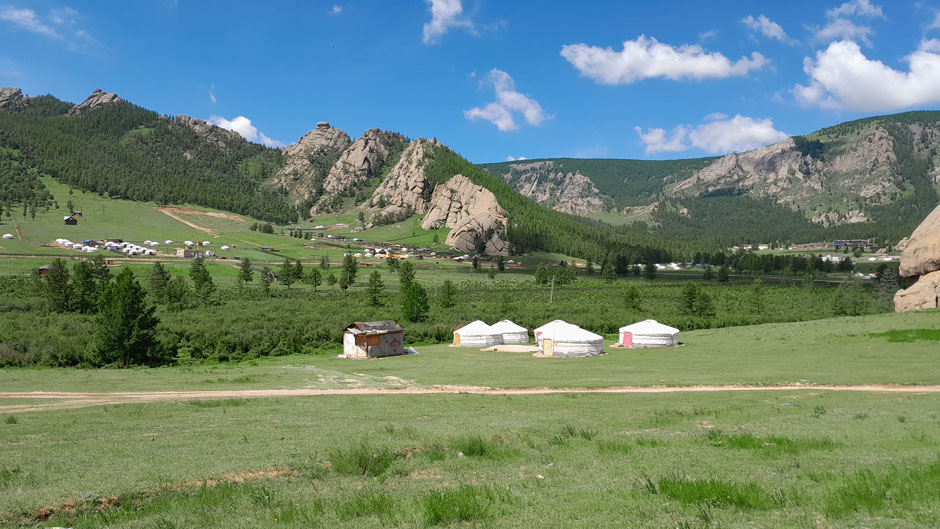
Weather in Altai Tavan Bogd national park
Altai Tavan bogd national park is located in the western corner of Mongolia. Altai Tavan Bogd national park is one of the main touristic destinations in Mongolia. Activities in Altai Tavan Bogd national park starts becoming available from the middle of May, but still some parts will be closed until the beginning of June because of snow and weather conditions. Weather in Altai Tavan Bogd national park changes rapidly and you may expect to see four seasons in one day starting from snow storms, and rain to sunshine. Despite these weather conditions people don’t stop enjoying the scenery of this national park.
Weather in the Gobi desert
During the summertime, the Gobi desert stays extremely hot just like any desert in the world. Normally it is dry and windy. It may get +30C to +40C during the summer days. But in the winter it is just the opposite to summer -30C to -40C.
Similar Posts
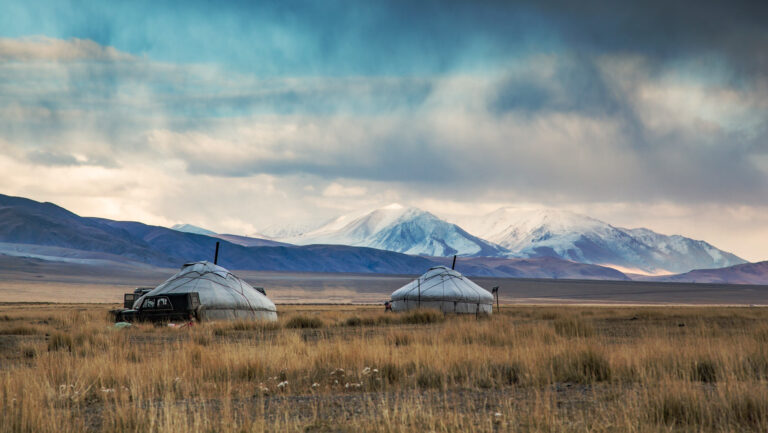
Tsengel Khairkhan of Altai Tavan Bogd
Thengel khairkhan is another stunning peak of Altai mountain range located in wstern Mongolian Bayan-Olgii province. Tsengel khairkhan also includes smaller glaciers and towers at the elevation of 3,943m above sea level and lists as 13th highest mountain in Mongolia.
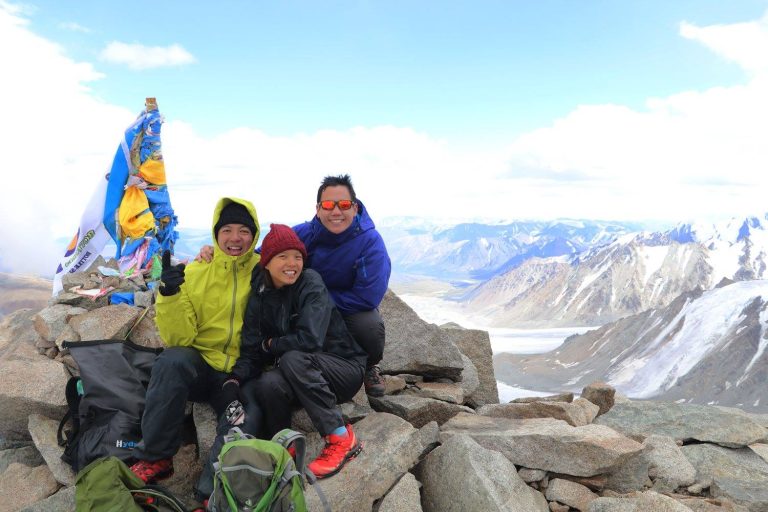
Malchin peak of Altai Tavan Bogd mountains
The name of the Malchin peak means the herder. The Malchin peak shares the land of Mongolia from its south and land of Russia from its north side. The Peak towers at the elevation of 4,050m. This is the only peak that accessible for any hikers without any special skills and climbing kits.
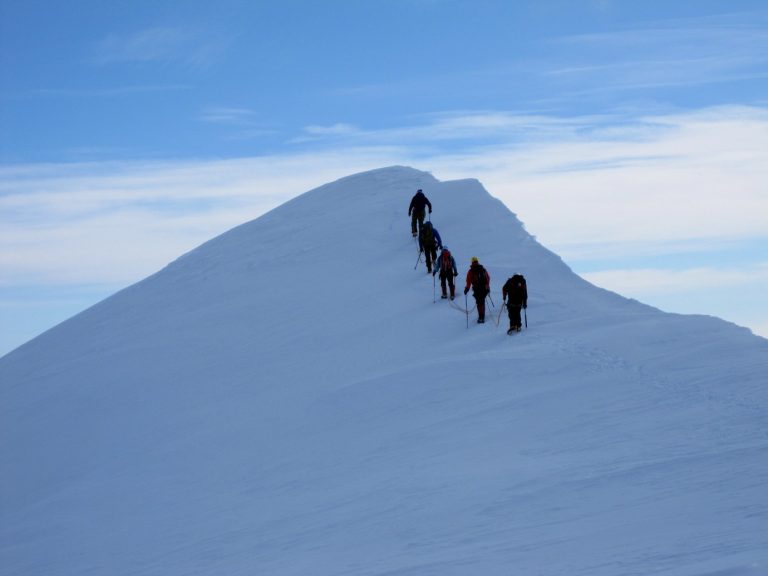
Khuiten peak of Altai Tavan Bogd
Khuiten peak is the highest peak in Mongolia with 4,356m above sea level and a permanent snow cap in the Altai mountain range. Located far 2000km west from Ulaanbaatar city (Capital of Mongolia) just stone throw away close to Chinese border. One of the top touristic destination for mountain lovers in Mongolia. From the mountain…
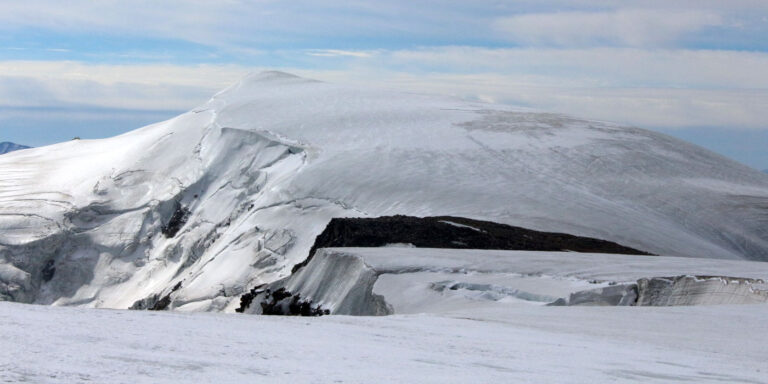
Munkh-Khairkhan mountain of Khangai
The Monkh-Khairkhan mountain is listing as second highest mountain in Mongolia. Highest point of Monkh-Khairkhan is 4,231m above sea level and it is located in western Mongolian Khovd province. Guided or professional mountain climbing activities are also available in this mountain range as well.
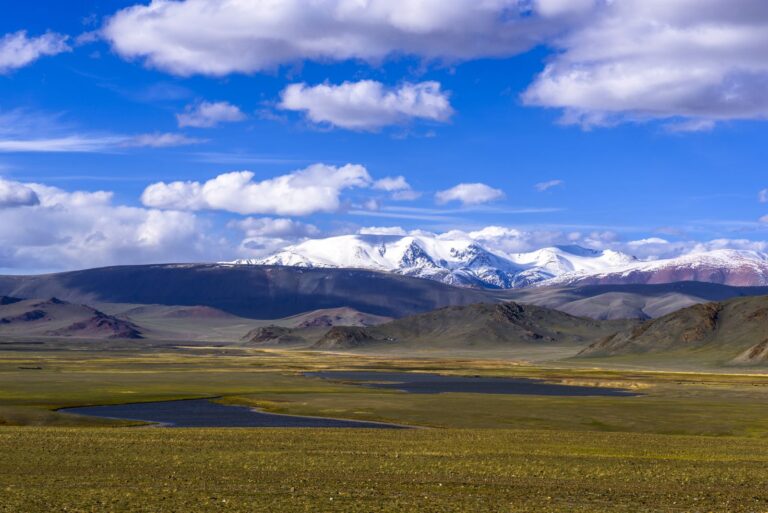
Sair the mountain of Altai Tavan Bogd
Sair mountain is one of the less popular peaks of Altai mountain range that is also located in western Mongolian Bayan-Olgii province that towers at the elevation of 3,984m above sea level. One of the peaks that offers stunning view of snowcapped Altai mountains.
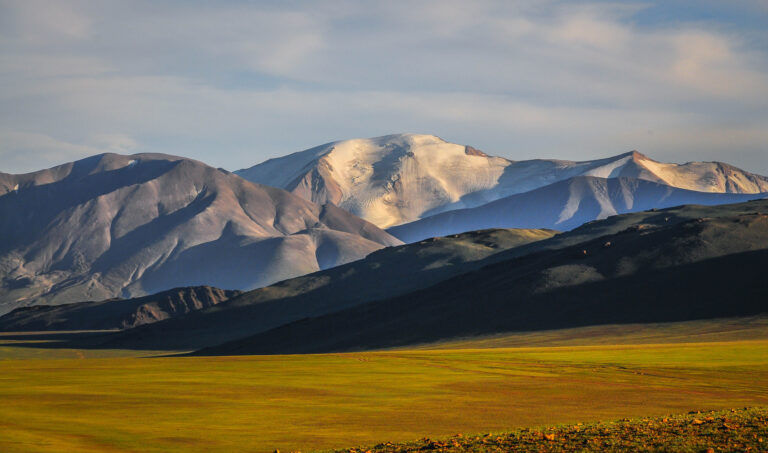
Khukh-Serkh mountain national park
Khokh serkh mountain located in western Mongolian Bayan-Olgii province. Highest peak of the Khokh serkh is towers at the elevation of 4019m above sea level. Area features with wildlife watching such as ibexes and snow leopards. Protected as national park of Mongolia.
Leave a Reply Cancel reply
Your email address will not be published. Required fields are marked *
Save my name, email, and website in this browser for the next time I comment.
Best Time to Visit Mongolia
- Post author By Best Time To Visit
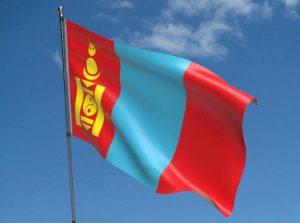
The best time to visit Mongolia depends on what type of experience you’re looking for and the region you plan to visit.
For those interested in exploring Mongolia’s famous grasslands and experiencing the traditional nomadic lifestyle, the summer months from June to August are the best time to visit.
The weather is warm and dry during this time, making it ideal for camping, horseback riding, and other outdoor activities.
For those interested in cultural and historical attractions, the best time to visit is from May to September , during the warm and dry summer months.
During this time, the country’s cultural festivals, including the famous Naadam Festival, take place, and the weather is ideal for exploring the country’s ancient cities and historical monuments.
The winter months from November to March can be pretty cold, especially in the northern regions, making it a great time to visit for those interested in winter sports such as skiing and snowboarding.
Regardless of when you visit, be sure to plan and book accommodations in advance, especially in famous trekking and tourist destinations, and to take proper precautions, such as obtaining adequate travel insurance and checking the latest travel advice and safety information.
In conclusion, the best time to visit Mongolia depends on your interests and travel plans, with summer being ideal for the grasslands and cultural festivals and winter for winter sports.
However, no matter when you visit, Mongolia offers a unique and unforgettable experience.

IMAGES
COMMENTS
Given the temperature extremes in Mongolia - peaking at 45°C (113°F) and plummeting to -40°C (-40°F) - the weather is obviously a big factor in deciding the best months for a visit. But truth be told, anytime is a good time to visit Mongolia, with each season bringing unique, memorable experiences.
John Williamson from our supplier, Zavkhan Trekking shares his advice on the best time to visit Mongolia: "For me, the best time to visit Mongolia is during July and August, the peak summer months when the weather is pleasant and warm, around 25 degrees and the landscape is green and lush. The nature is beautiful then too and slightly earlier ...
Best time to visit. The best time to visit Mongolia is between mid-June and late August, which is the summer season, characterized by sunny days and a little rain to keep the scenery lush and green. It's a pleasant time of year, although only the southern Gobi is truly hot. The country's landlocked location gives rise to an extreme ...
The average summer temperature is +21°C, (+65°F) and winter is -20°C, (-13°F). The average rainfall is 200-220 mm. The best time to visit Mongolia is during the Mongolian summer, from the mid of June till last week of August. This is the safest time of the year to travel to Mongolia in terms of weather, sunny days throughout Mongolia and ...
Taking along souvenirs or photographs from your own country is another great way to foster cultural exchange. 11. Climb a hill to get a mobile phone signal. In recent years, cell phone coverage in Mongolia has become much more widespread, with fewer dead zones, though there are still some off-grid spots.
The best time to travel to Mongolia is usually from May to early October. July is considered an ideal time to visit Mongolia. The weather is cool, and pleasant, only hot when the sun is not obscured by clouds. However, this is the high time of the tourist season here, the accommodation is not enough and the traffic is very heavy.
The best time to visit Mongolia is between June and August, when the landscapes are lush and green, and temperatures are warm, ranging from 18°C to 28°C. Mongolia's landlocked location gives rise to an extreme continental climate, with temperatures varying wildly. Only the southern Gobi is truly hot during the summer months, though this is ...
Photo via Jessie Festa. Summer in Mongolia, from late June to early September, is characterized by warm and pleasant weather and is the best time to visit Mongolia. Daytime temperatures range from 18°C to 25°C (64°F to 77°F). The vast steppes and landscapes flourish with greenery and wildflowers, coupled with extended daylight hours.
June: 16° C-26° C (60° F-78° F) July: 22° C-32° C (71° F-89° F) August: 20° C-28° C (68° F-82° F) With temperatures like this, short sleeves and pants are comfortable in the day, and extra layers sometimes necessary at night. Mongolia's weather is often unpredictable, so it's always a good idea to be prepared for anything here.
Summer (June to August): Mongolia's summer is the peak tourist season, and for good reason. During this time, the landscapes transform into lush green meadows, making it ideal for outdoor activities such as trekking, horse riding, and camping. The temperatures range from 18°C to 28°C, providing comfortable conditions for exploration.
Therefore, it would be an interesting experience to visit a nomadic family during that time. Visit Khustai National Park or Terelj National Park to enjoy the wildlife spotting, bloom of flowers, grassland, and trees as well as the smell of spring in the air. Seasonal highlights. 1000 camel festival /06-07 March, Bulgan soum, Umnugobi province/
The best time to visit Mongolia is during the Mongolian summer, from the mid of June till last week of August. This is the safest time of the year to travel to Mongolia in terms of weather, sunny days throughout Mongolia and sufficient rainfall to make the steppes lush and green. June and September are both very pleasant times to visit Mongolia ...
Explore Mongolia holidays and discover the best time and places to visit. Explore Mongolia holidays and discover the best time and places to visit. Lonely Planet. Destinations. Planning. Inspiration. Shop. Search ... Best in Travel. Mongolia: Behind the scenes of our Best in Travel Video. Oct 30, 2023 • 3 min read ...
Summer is the best time of year to visit Mongolia and is considered peak season. June, July, and August are beautiful months with a great deal of things to see and experience. This is when most tourists visit Mongolia, so you can expect peak rates, sometimes crowded natural landmarks and museums, and full flights.
The best time to visit Mongolia is between June and August, which is the peak of summer. The weather is particularly warm (compared to the other months), and except for a few scattered rainstorms, there is little to no precipitation either! Mongolian summers are the best time to travel to the country, for the winter can get rather merciless ...
Summer (July and August) is the best time to travel in Mongolia, with the chance to experience the famed Naadam festival, plus outdoor activities including horse riding and trekking. Hotels may be booked out around Naadam. Autumn (September-October) is a perfect time to experience the changing colors in the Northern Mongolia and eagle festivals ...
Genghis Khan Statue with Terelj National Park & Aryabal Temple. Cooking Class in a Traditional Ger Home in Ulaanbaatar Suburbs. 4-Day Essencence on Mongolia Tour. Full-Day Tour of Ulaanbaatar with Museum & Black Market. Bogd Khan National Park Hiking Day Trip. Click here for a full list of Mongolia tours.
Mongolia weather in summer is great and it is the most pleasant time to travel in Mongolia. Explore Mongolia's diverse climate with our comprehensive guide, highlighting the best time to visit. Plan your journey with valuable insights into seasonal weather patterns for an unforgettable experience in this enchanting destination.
The best time to visit Mongolia. from June to August, the country comes alive with an array of activities and experiences. In June, Mongolia encounters charming, radiant days with temperatures going from 15°C to 28°C during the day, while the evenings are cooler at 0°C to 16°C. This is an ideal time to explore the Mongolian countryside ...
The best time to travel to Mongolia is therefore between May and September. The temperatures are now much more pleasant, the landscape is green and the precipitation remains within limits despite the"small rainy season". In May, there can still be so-called dust storms, while June to August can be particularly warm.
In January 2023, the Mongolian government declared 2023-25 "Years to Visit Mongolia" and allowed citizens of 34 countries to visit for up to 30 days under any official passport.
Visitor numbers pick up, but it is a very good time to travel with long, warm days to explore. Visiting Mongolia in July The hottest month, with temperatures reaching 40°C in the south.
The best time to visit Mongolia is between May and September. Despite the country's vast size, the temperatures do not vary hugely depending on where you are, but in the major cities, you can expect mostly warm weather and long days in the summer except mountains where you can expect 4 seasons in one day. But, in southern Mongolia where the ...
For those interested in exploring Mongolia's famous grasslands and experiencing the traditional nomadic lifestyle, the summer months from June to August are the best time to visit. The weather is warm and dry during this time, making it ideal for camping, horseback riding, and other outdoor activities. For those interested in cultural and ...